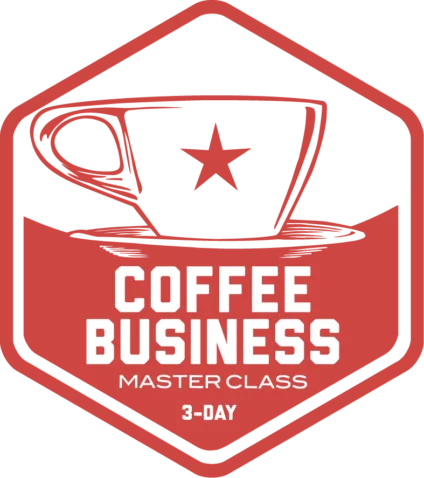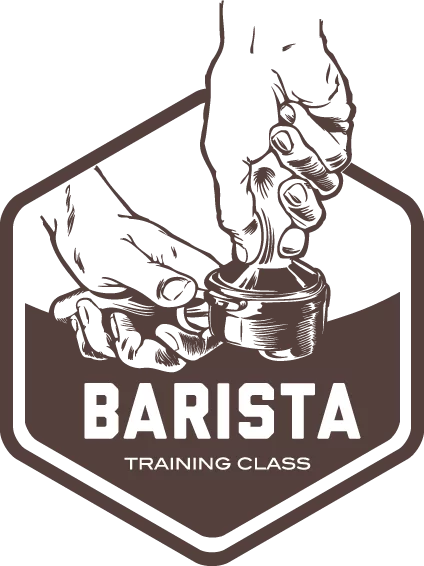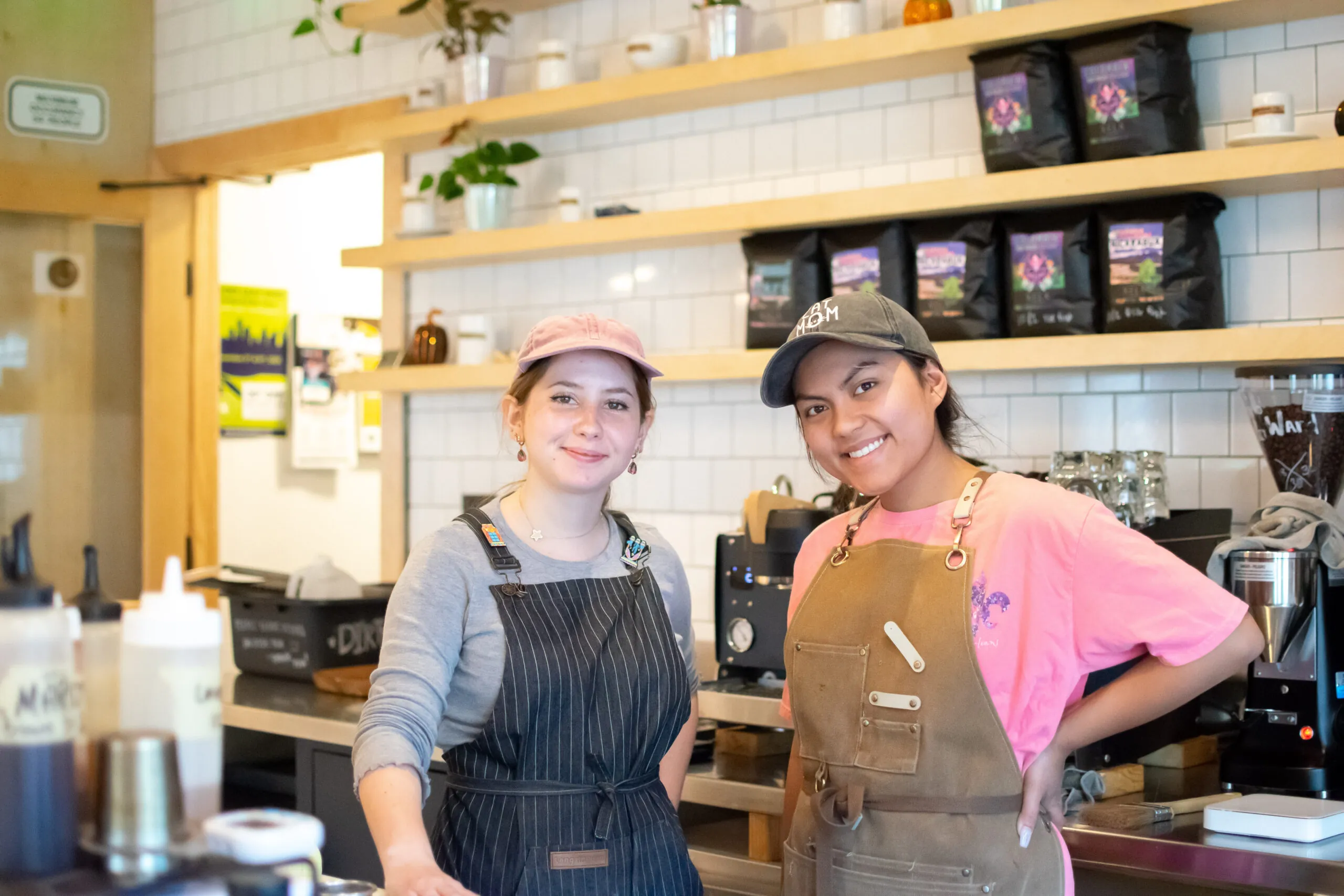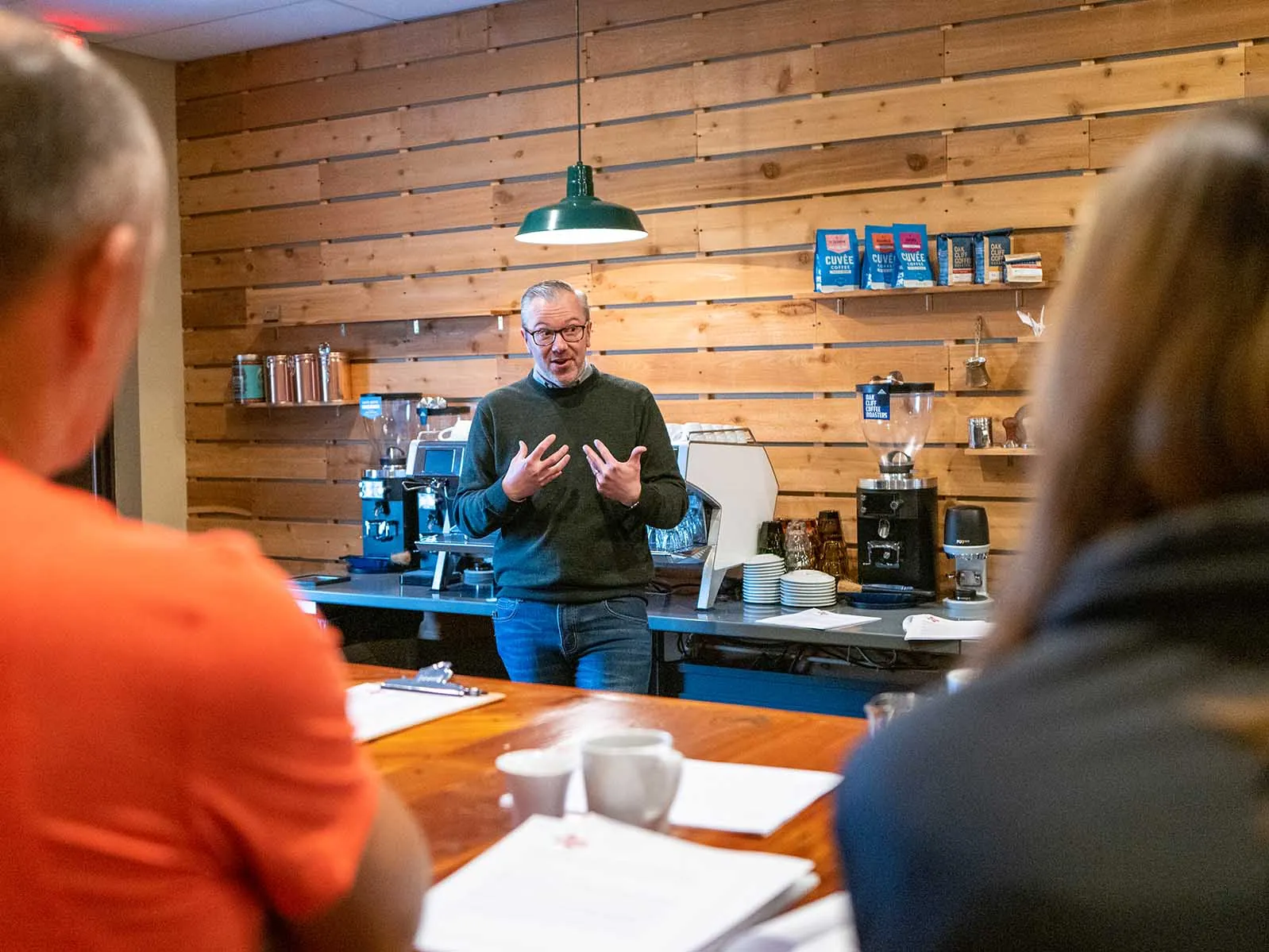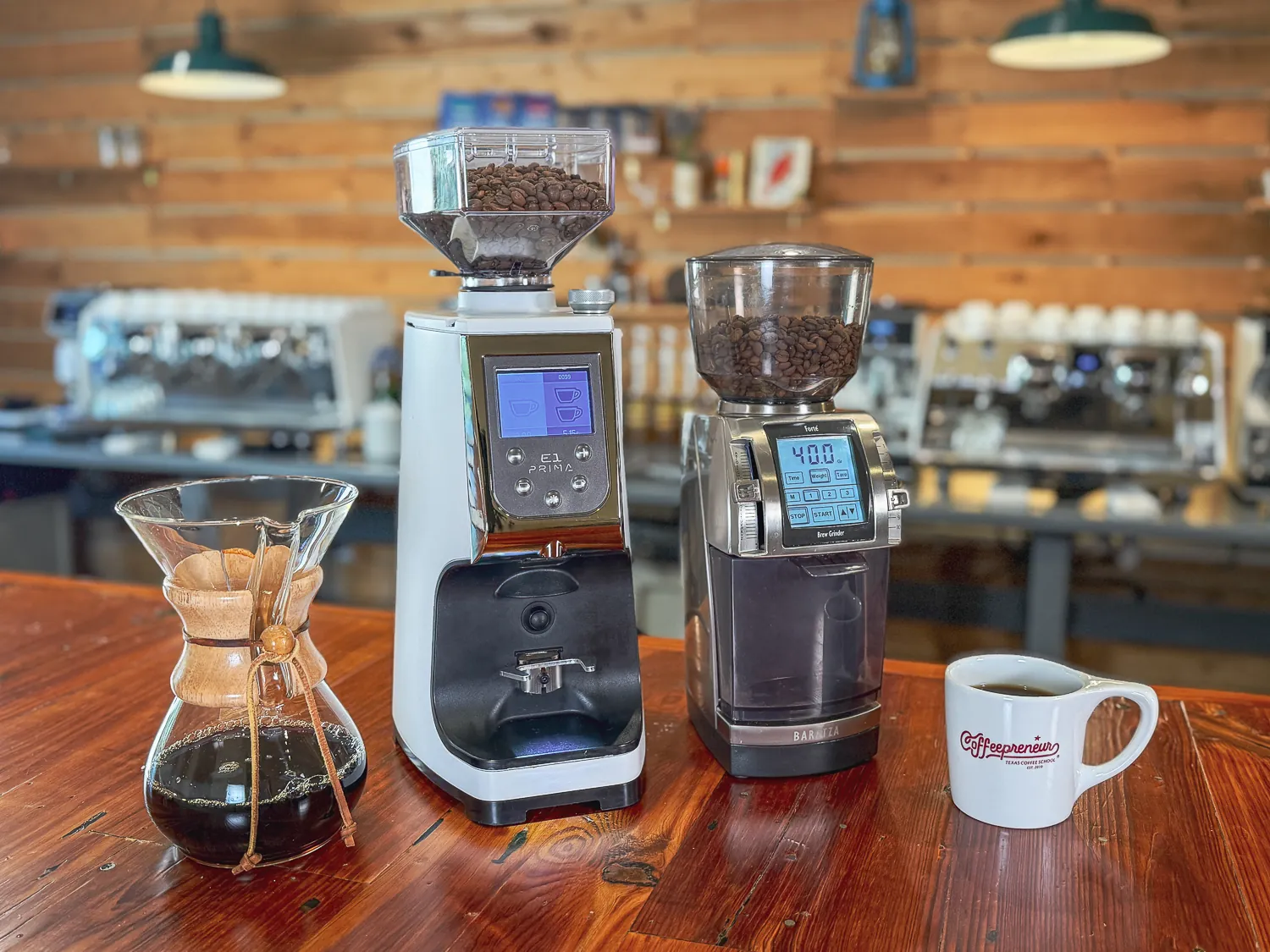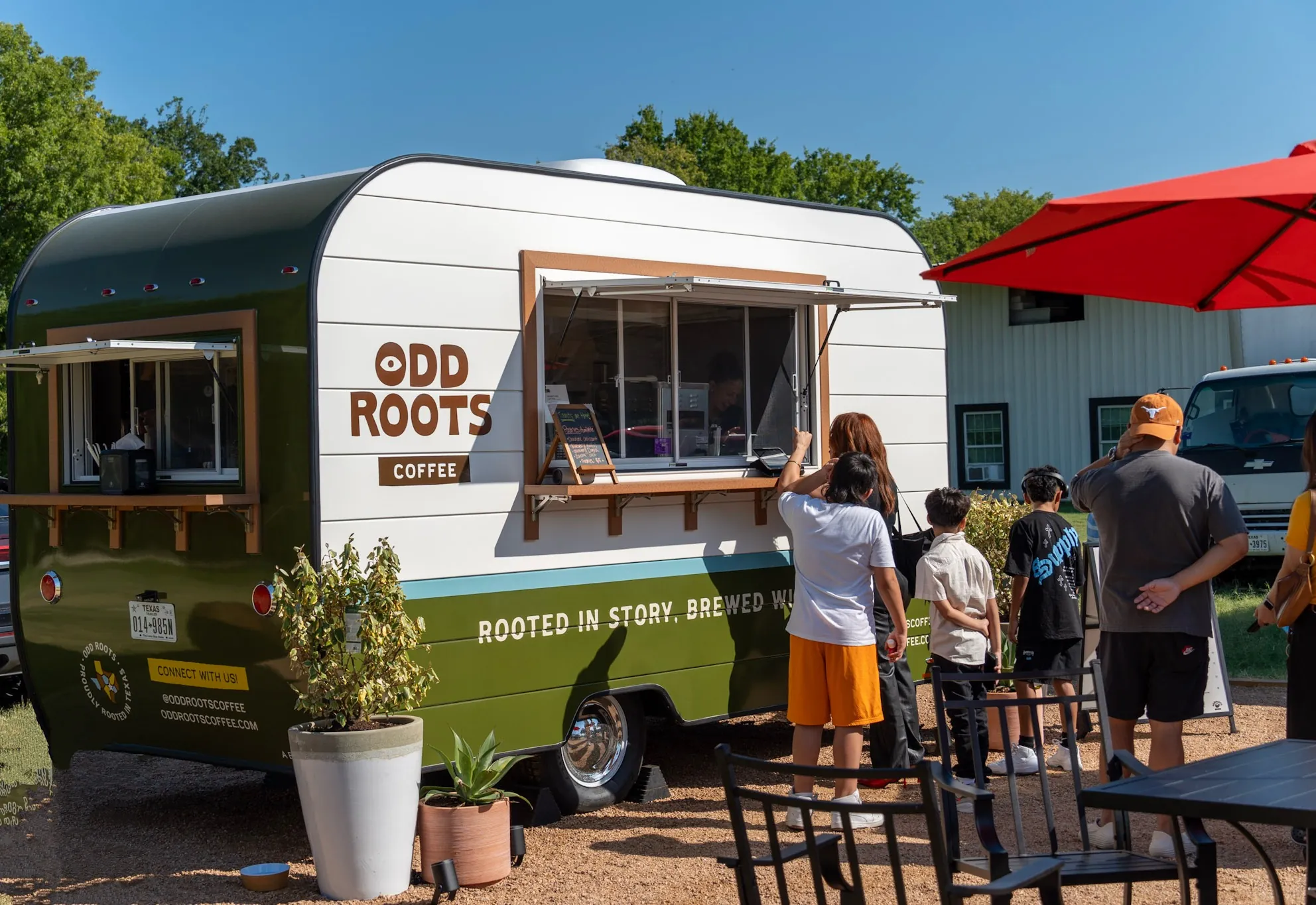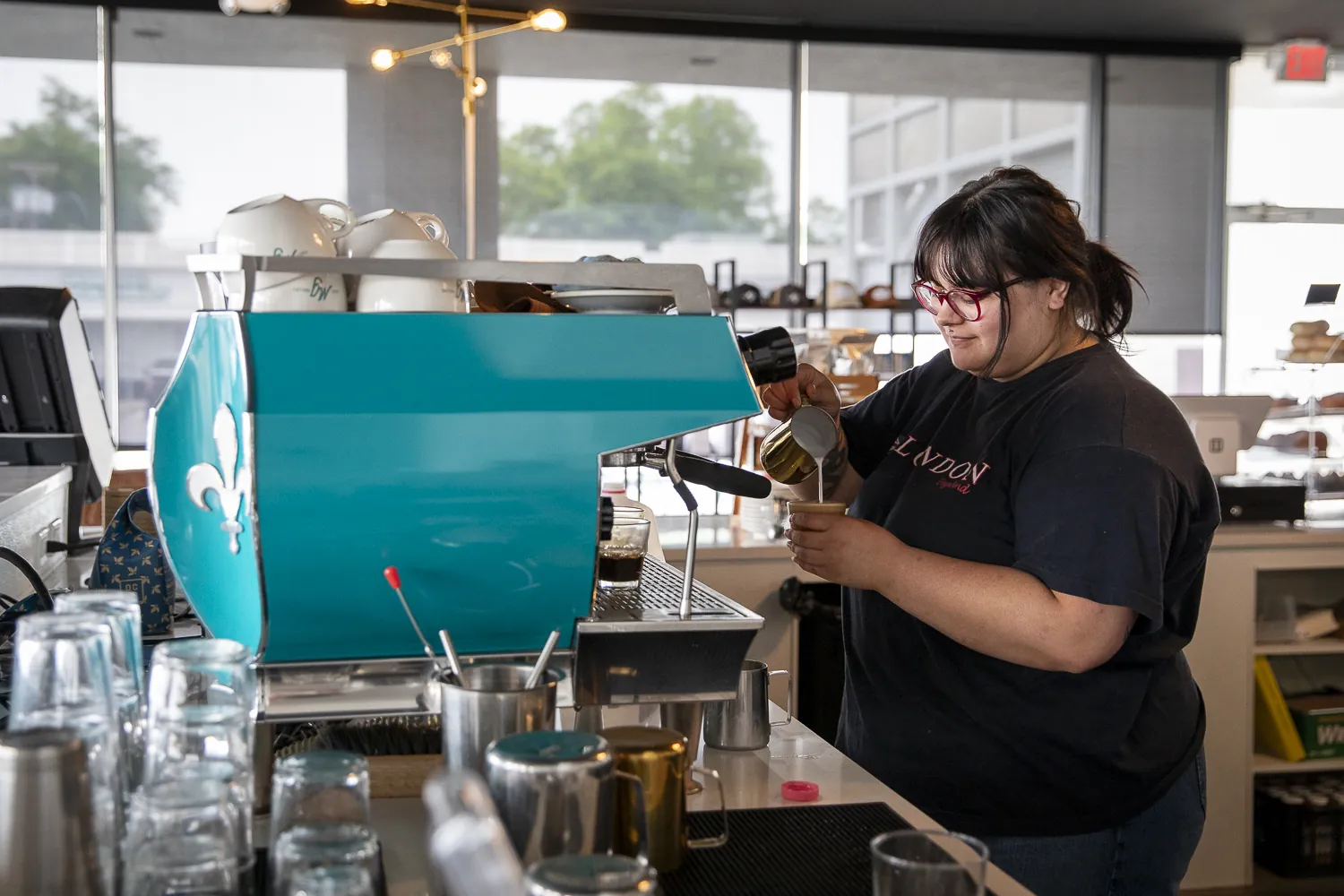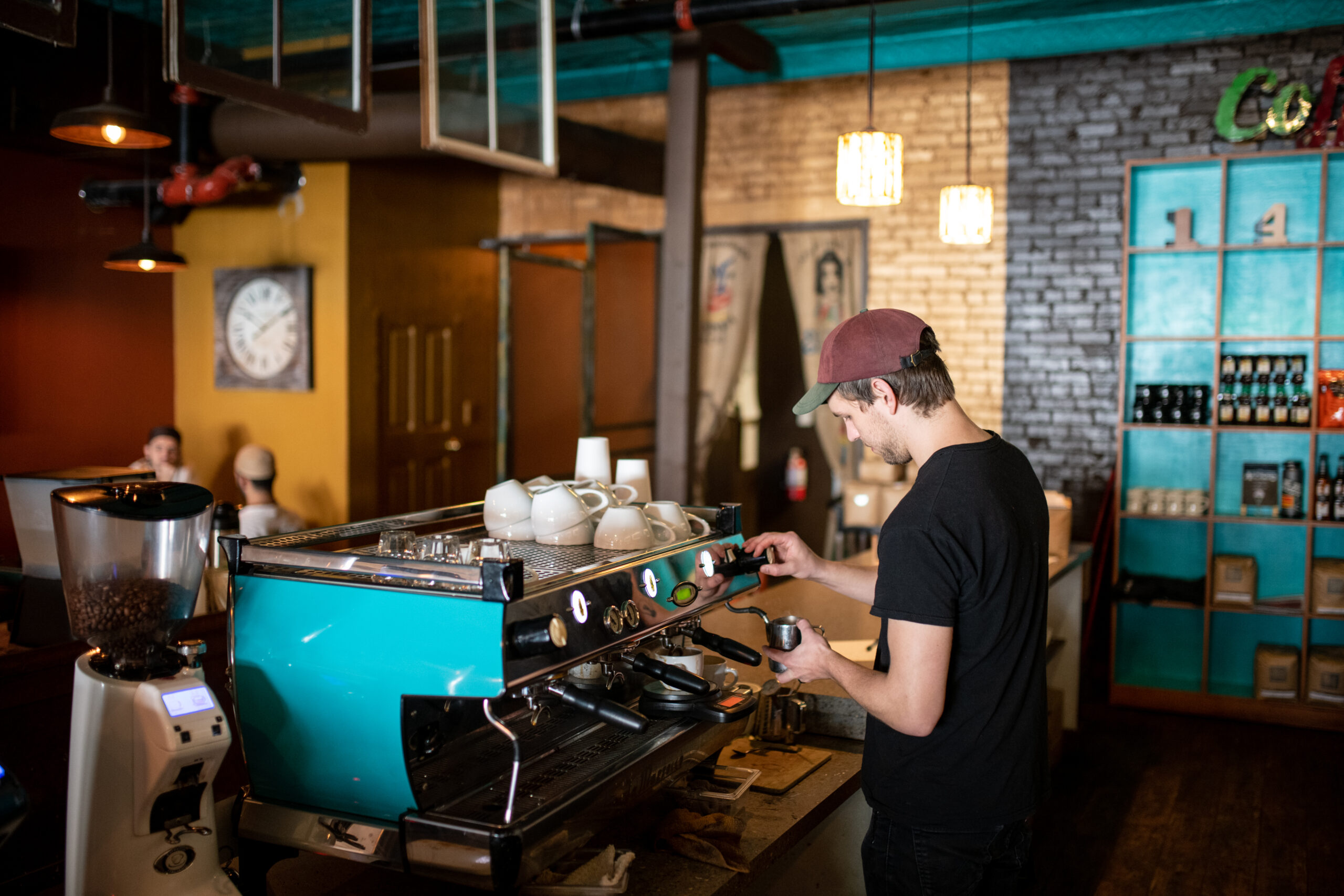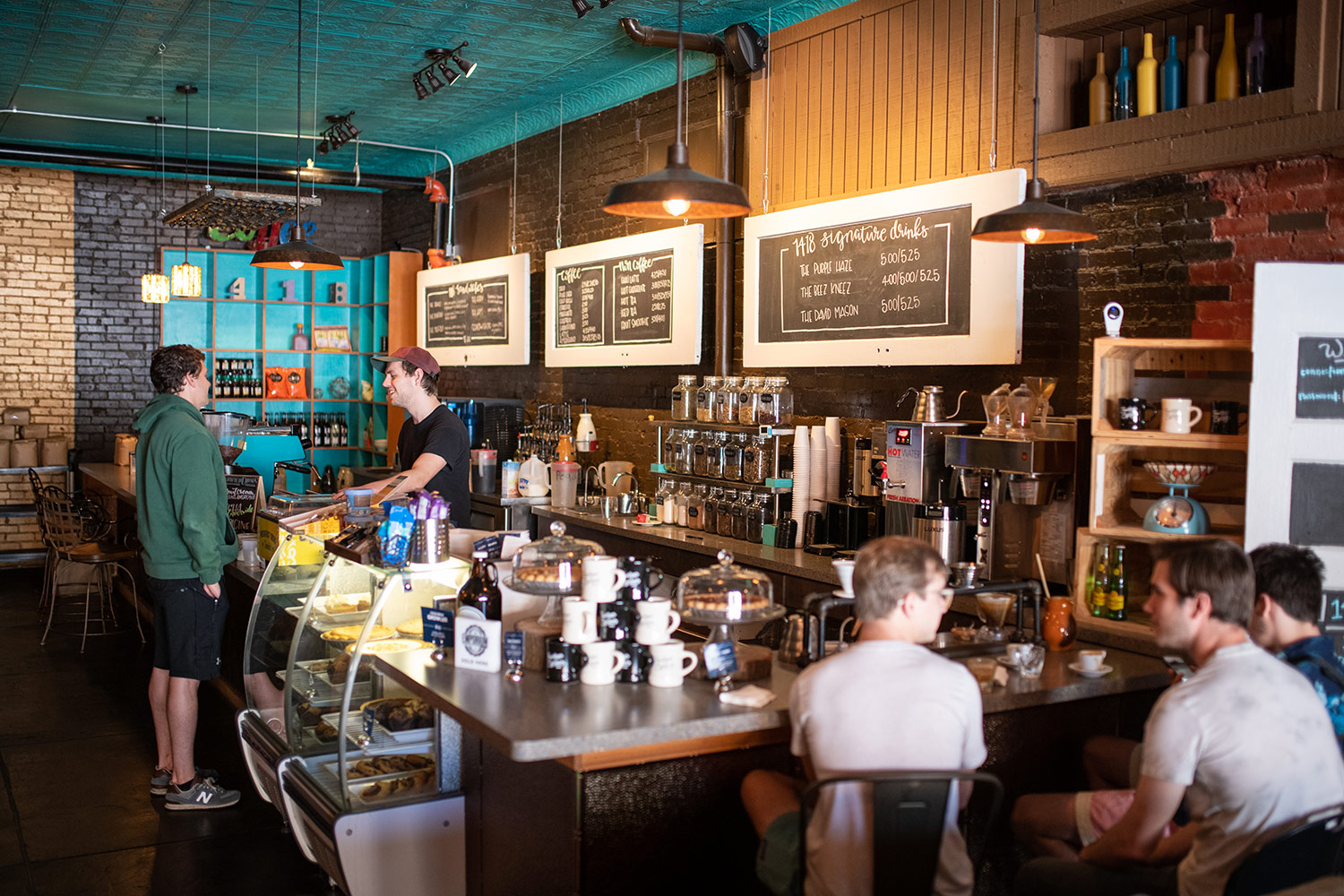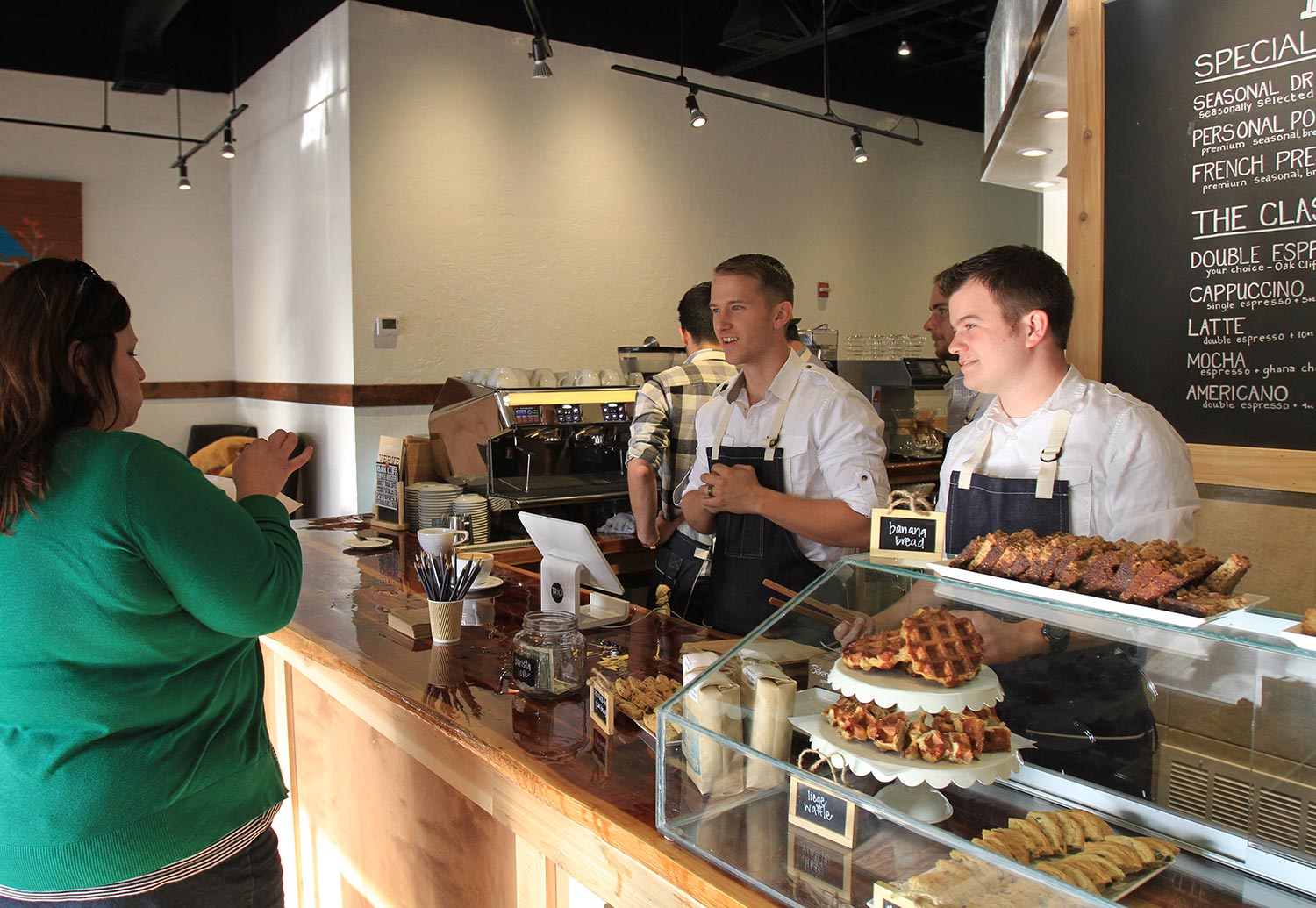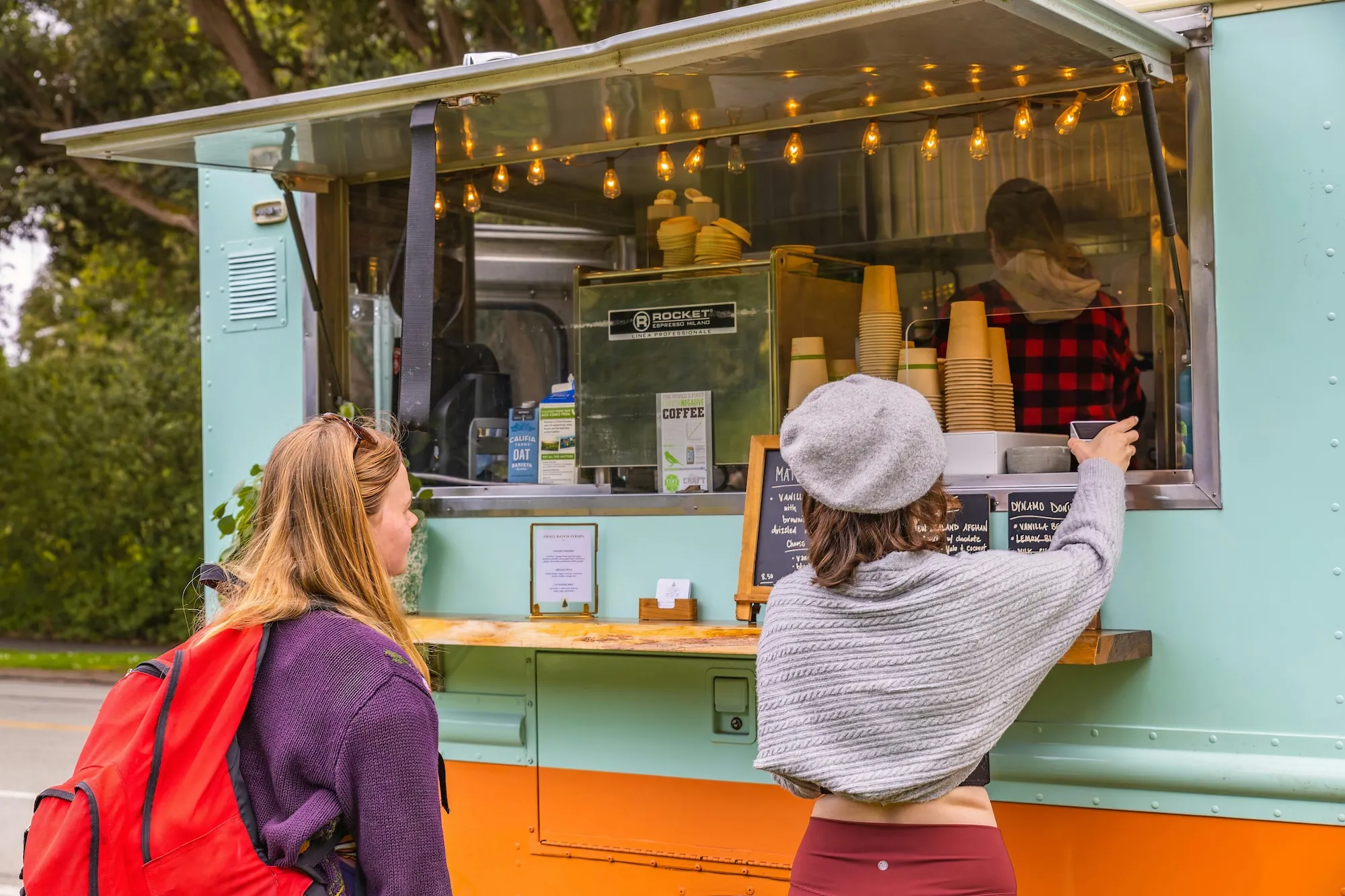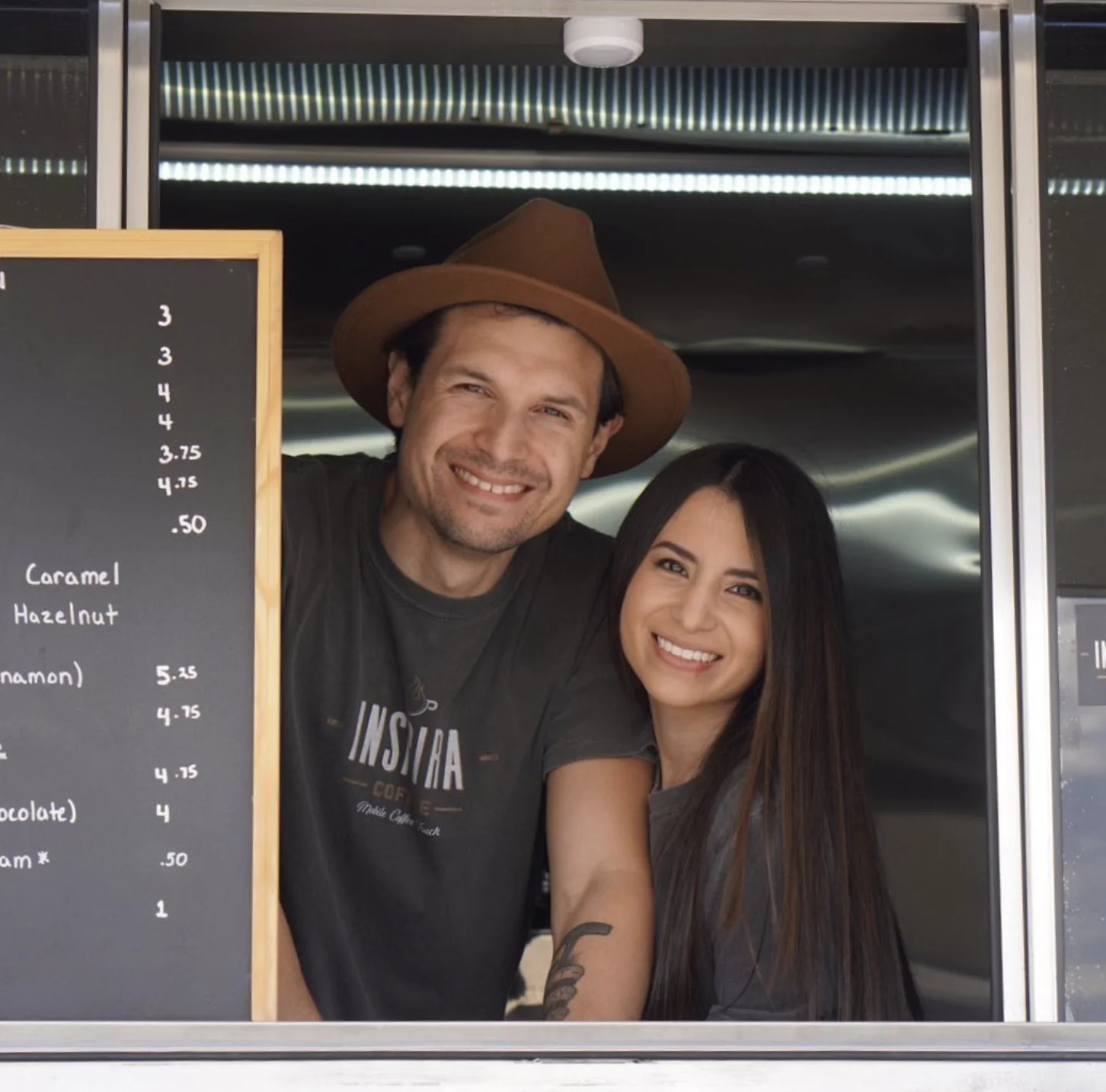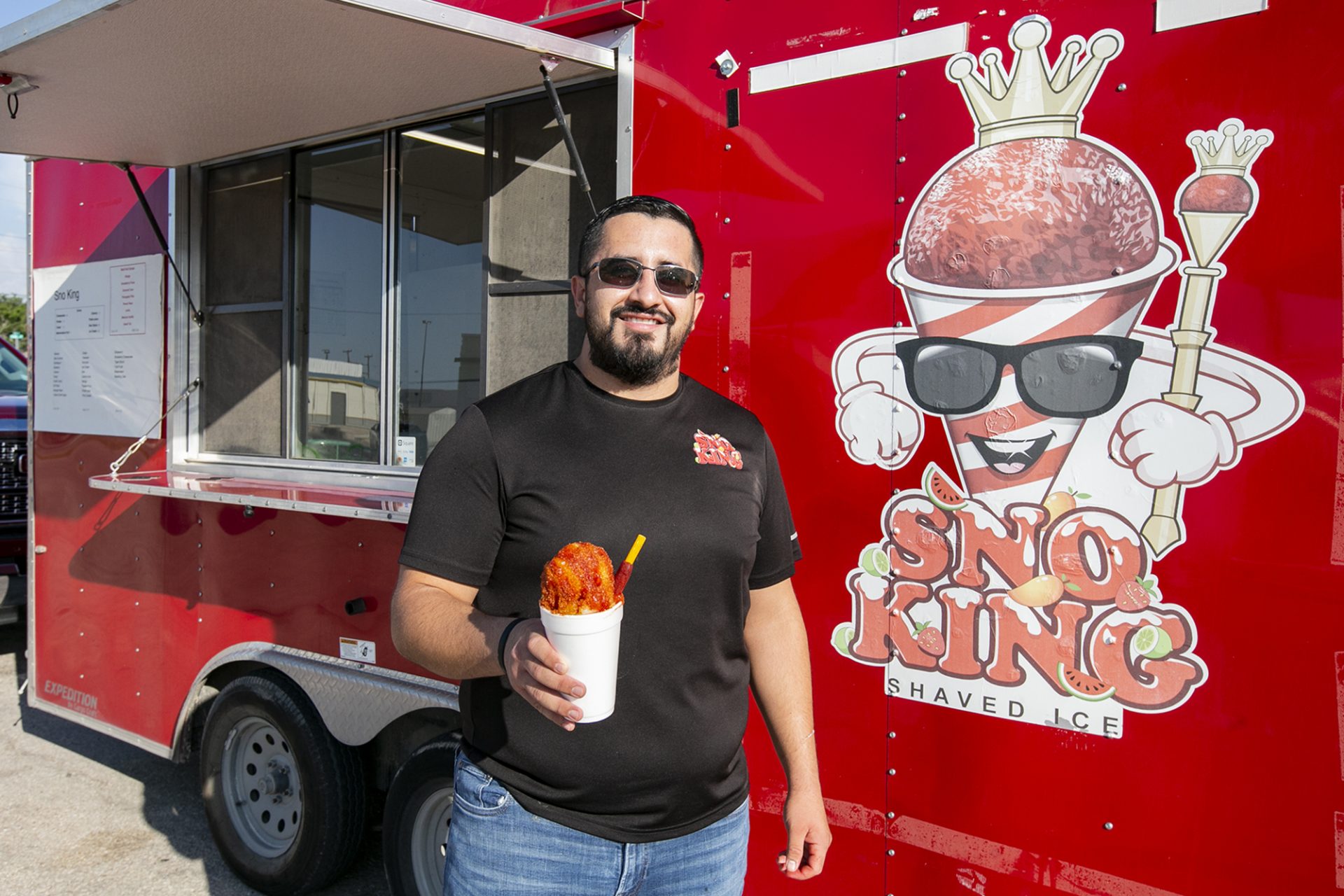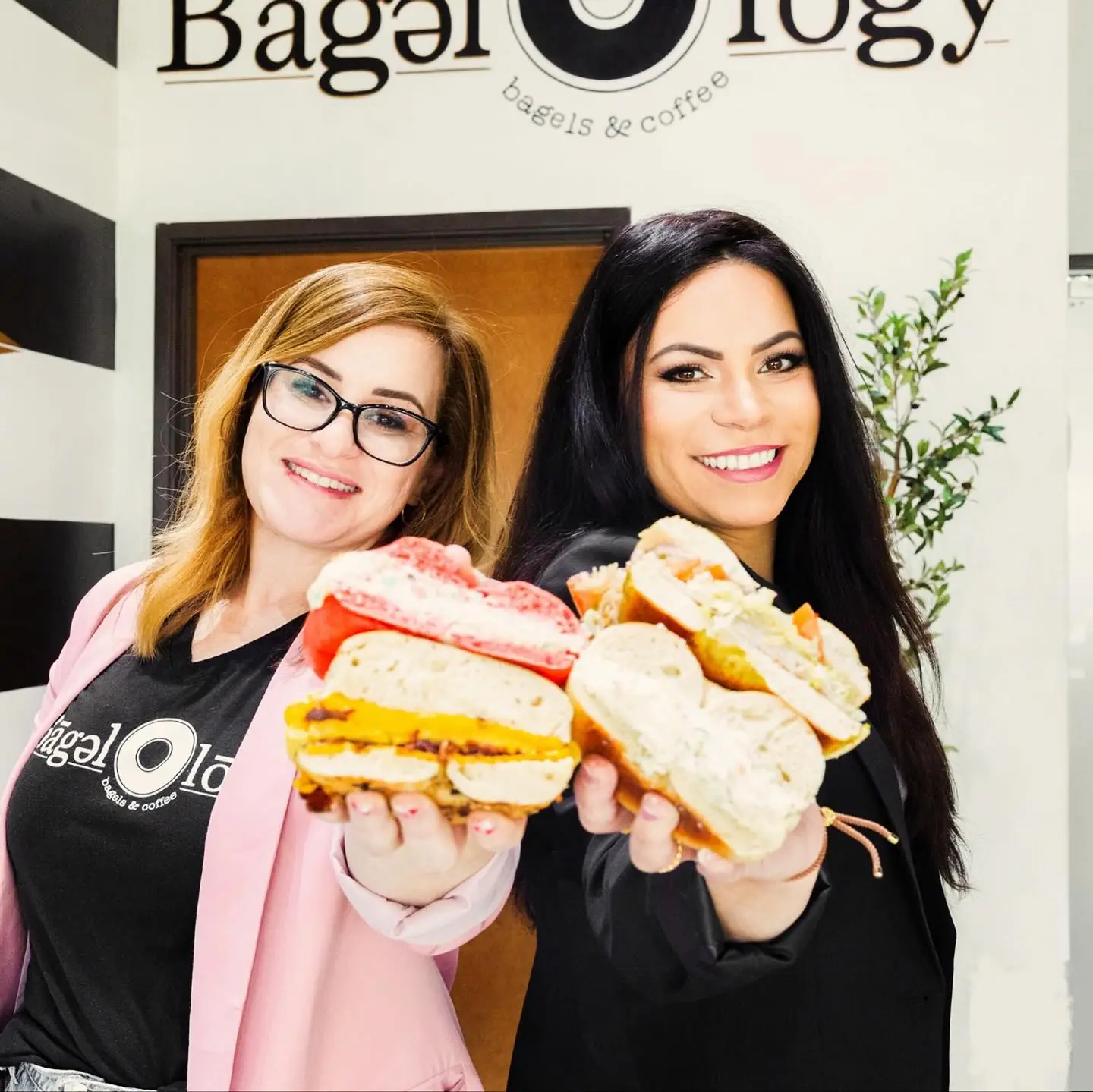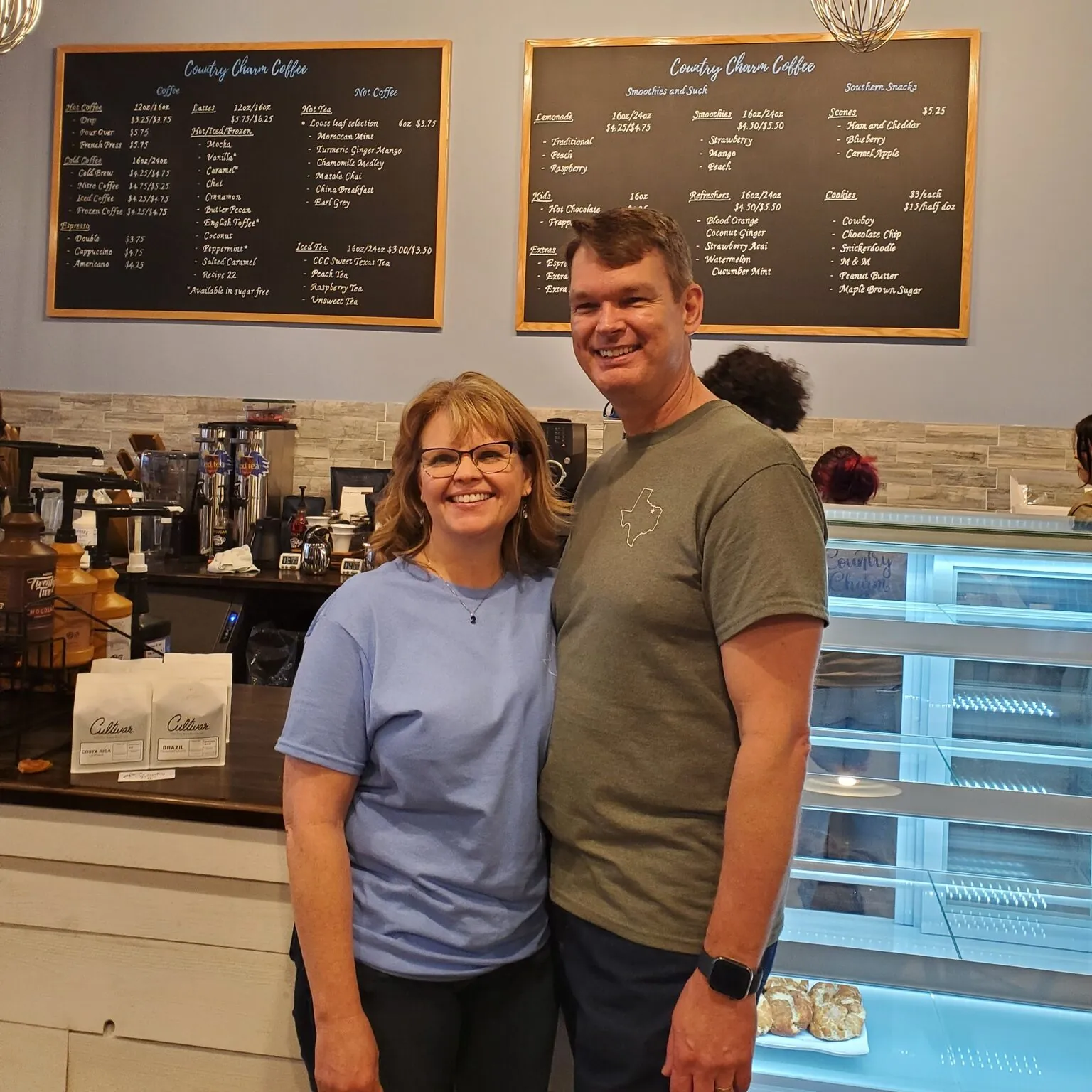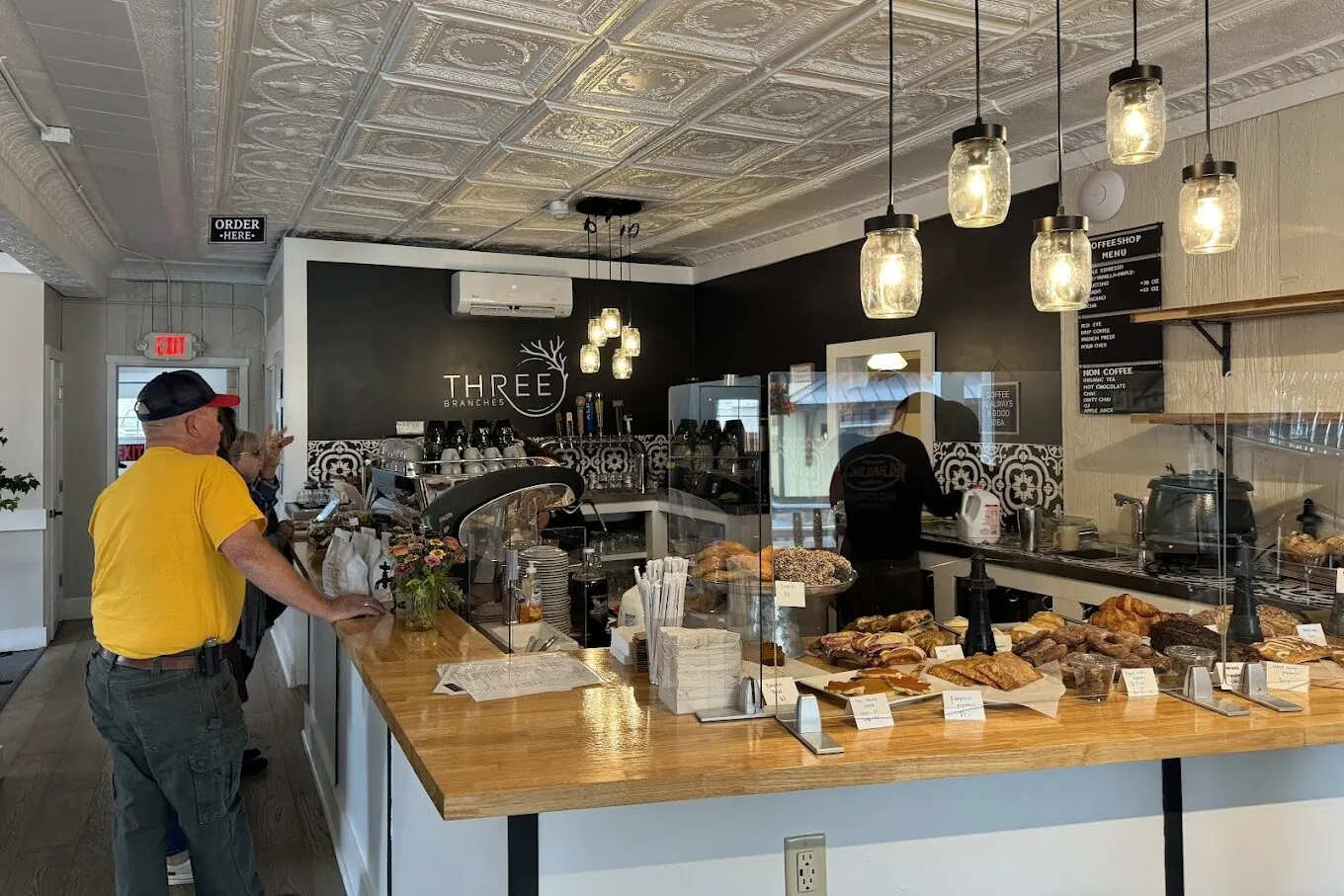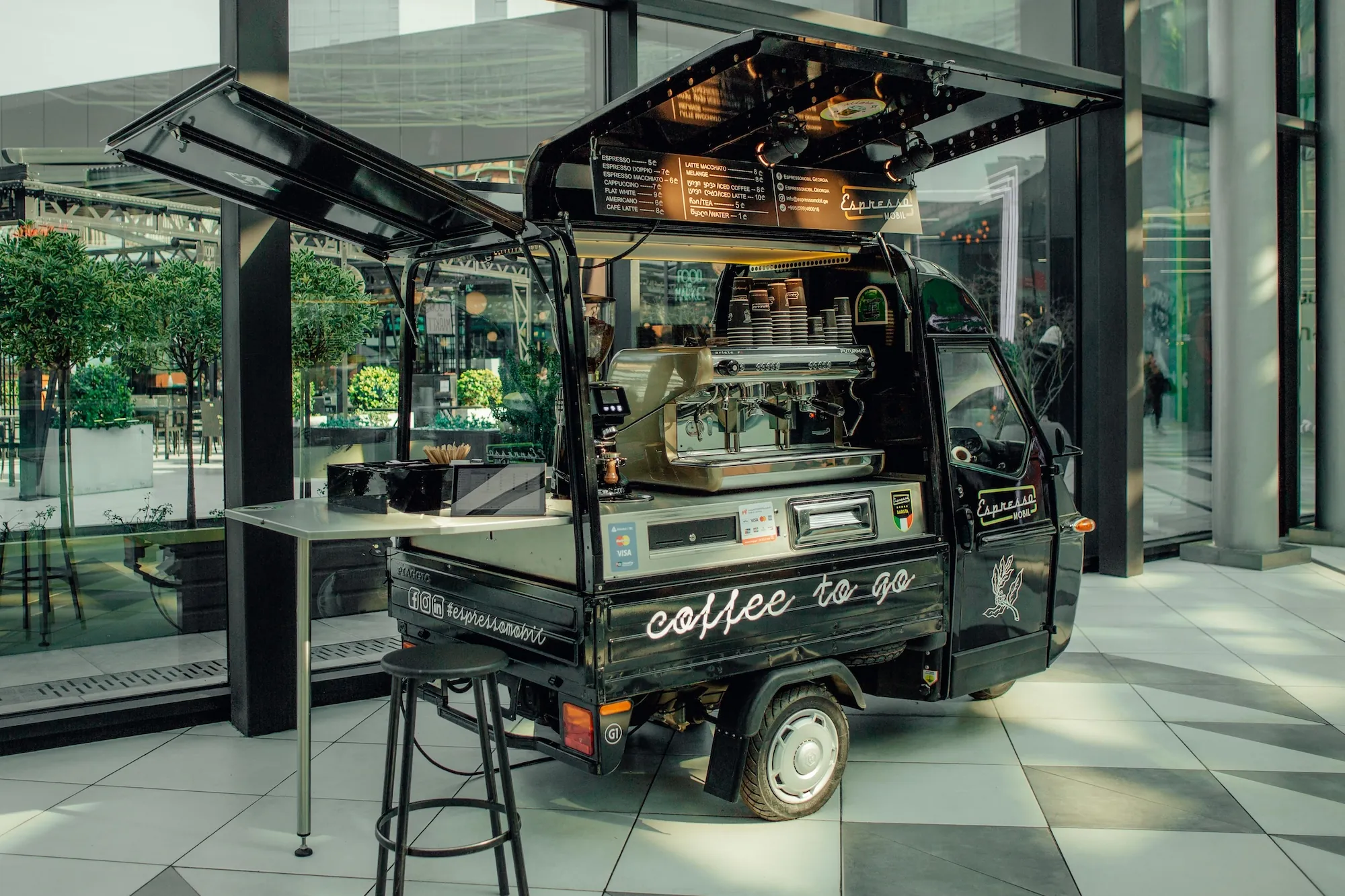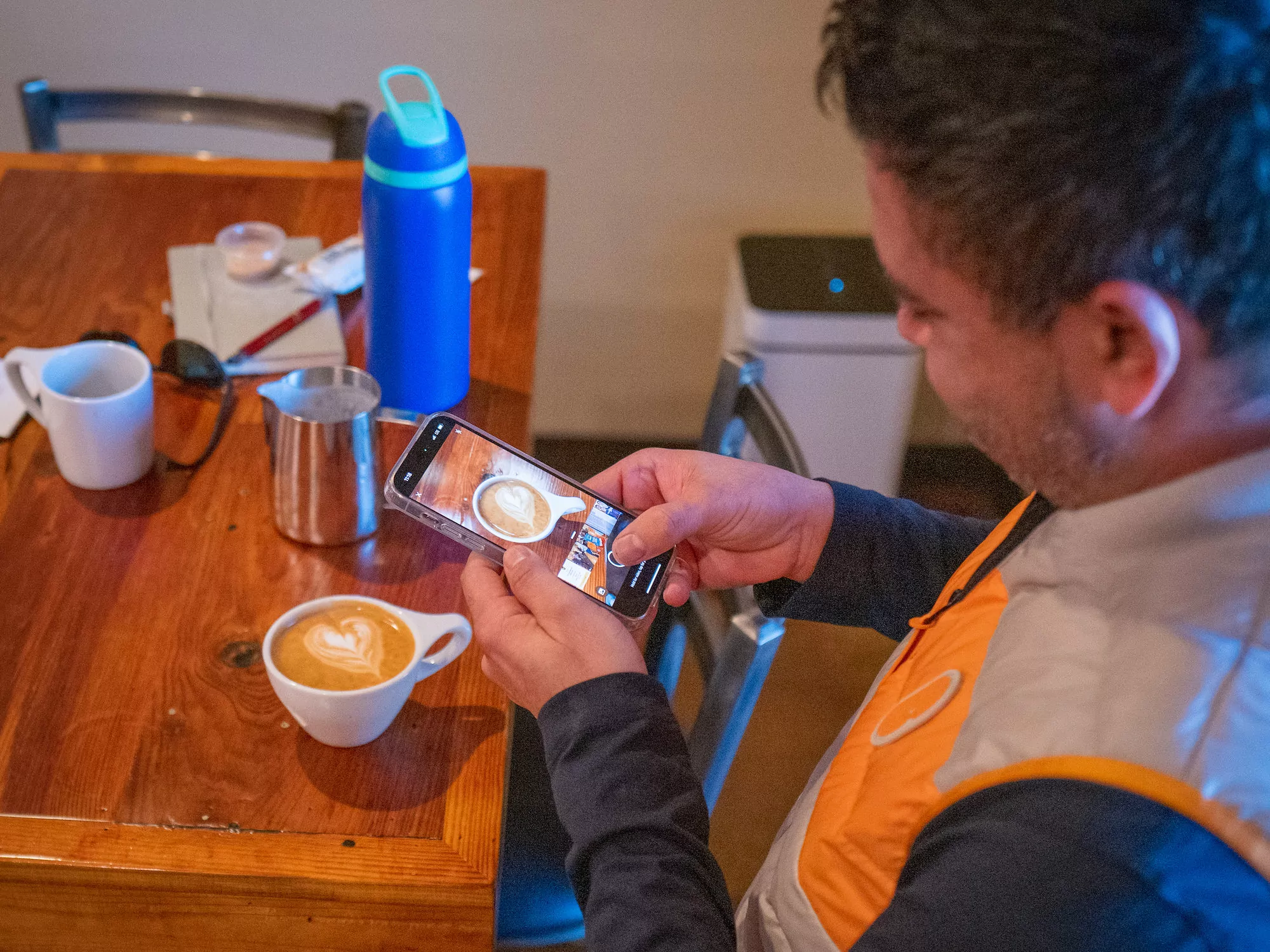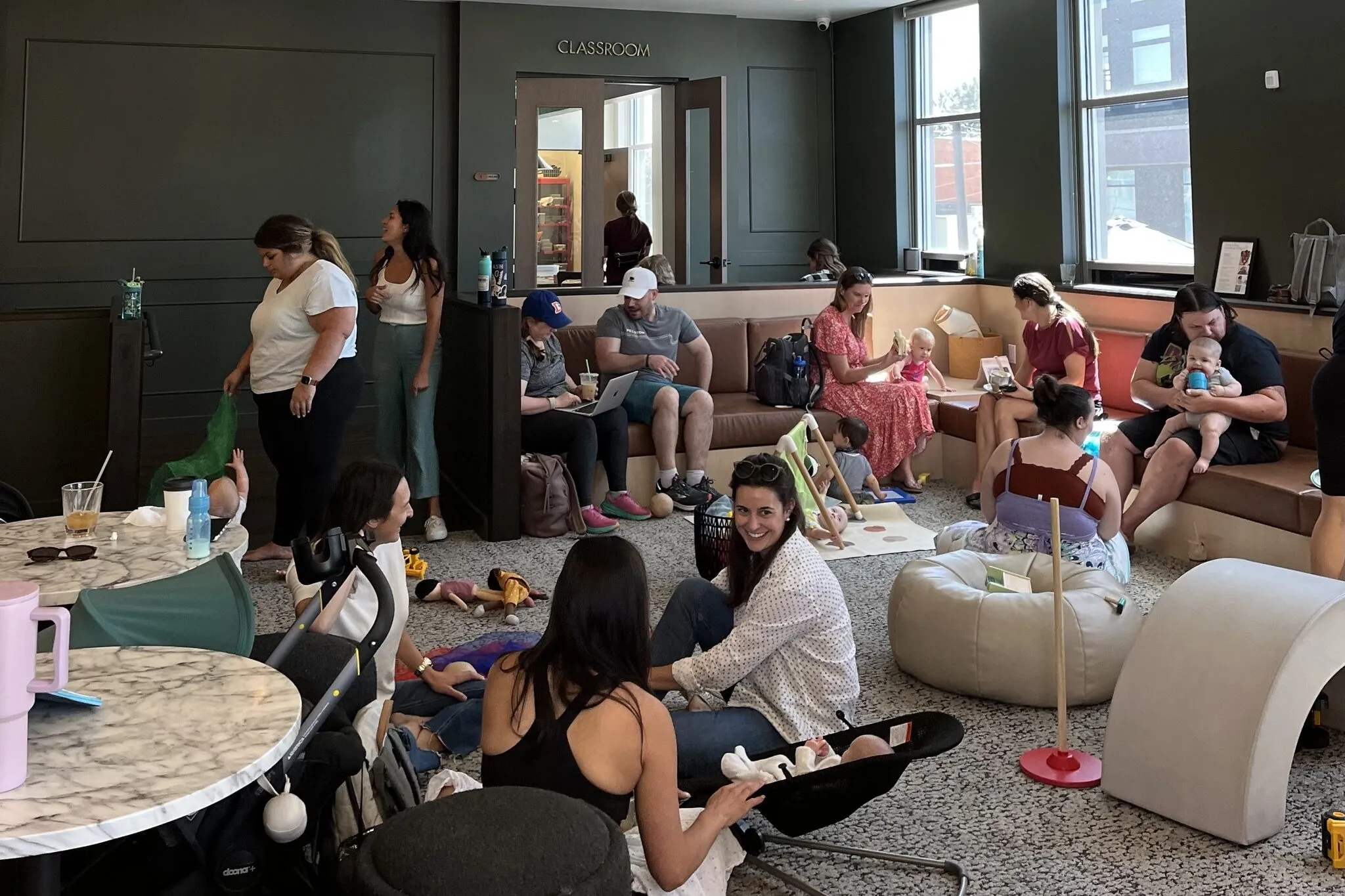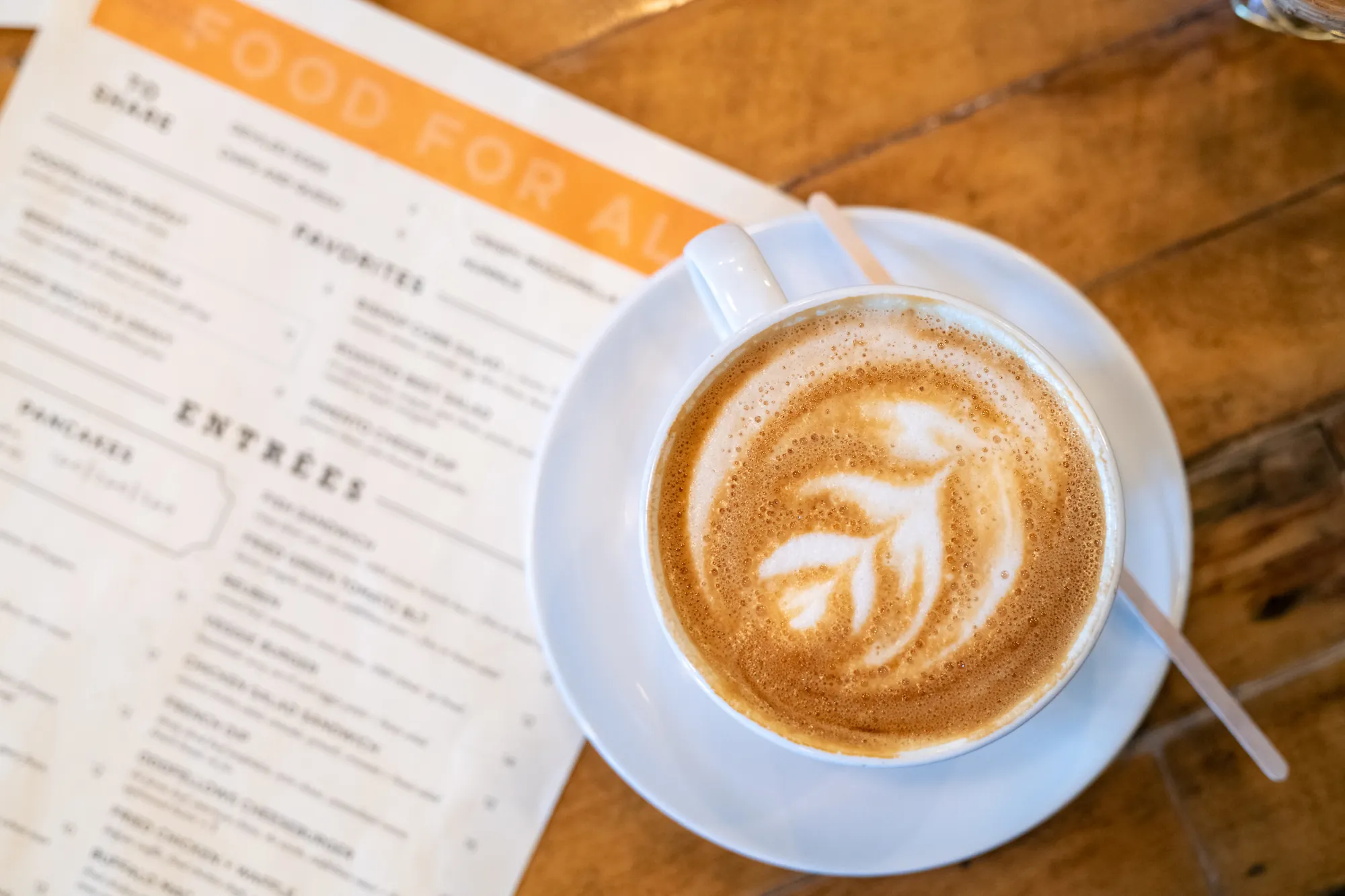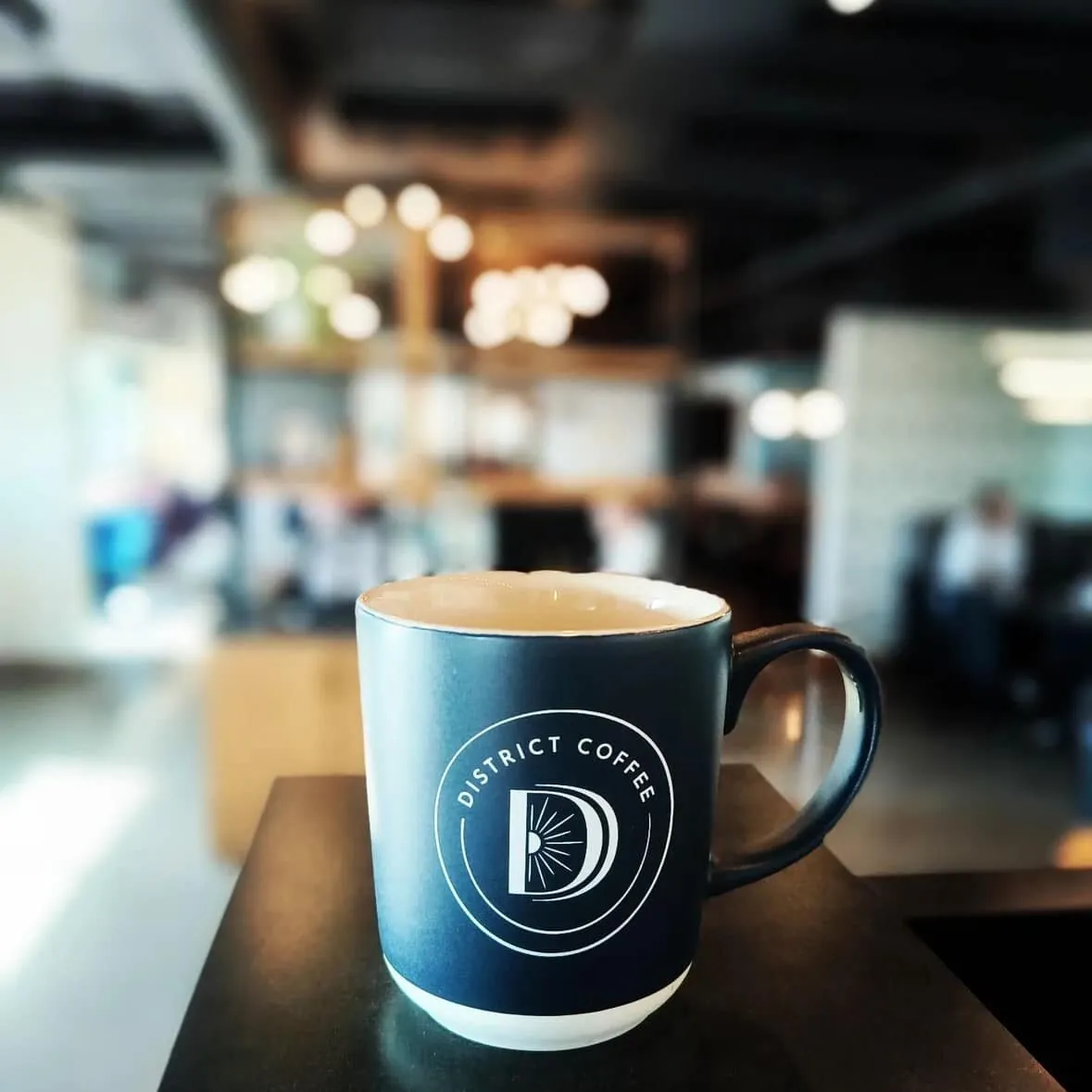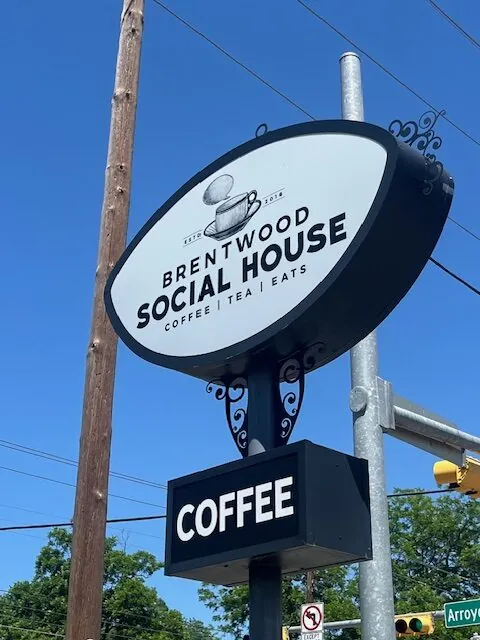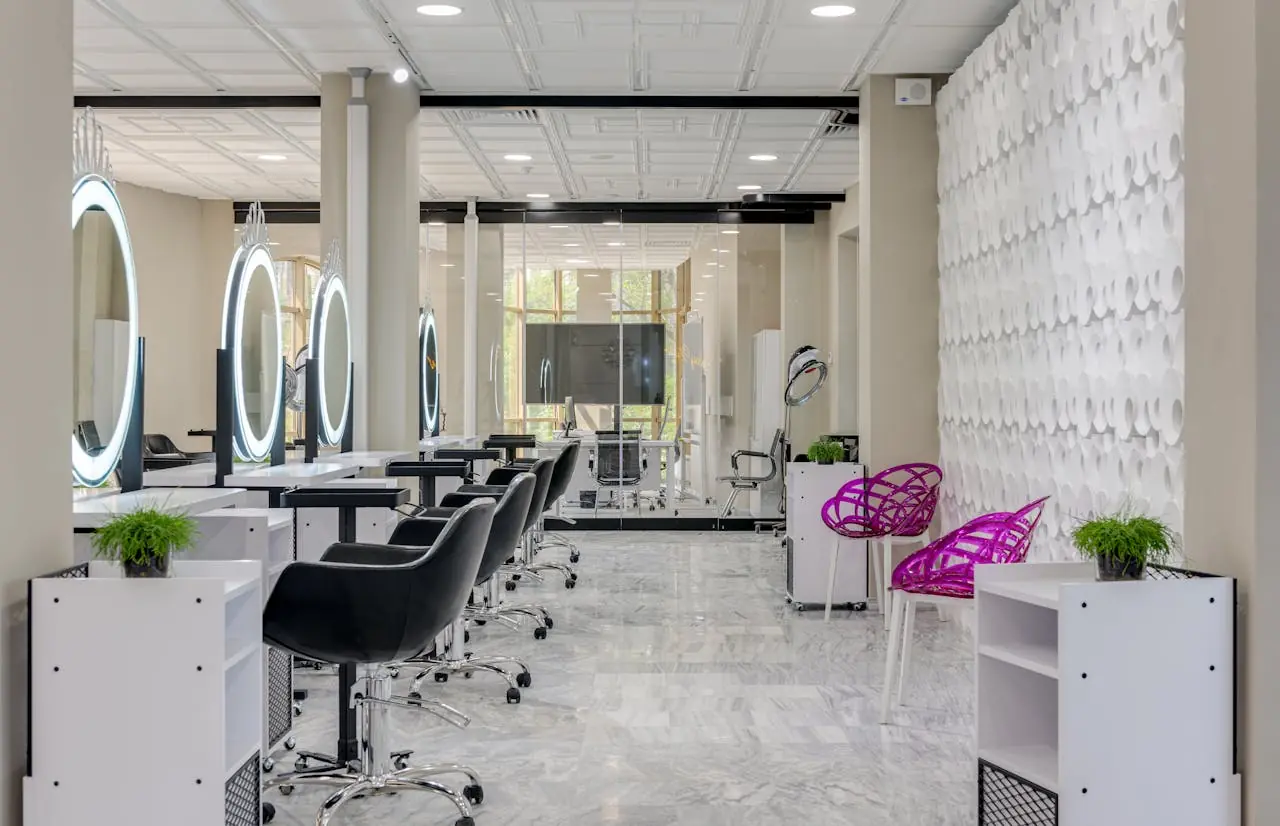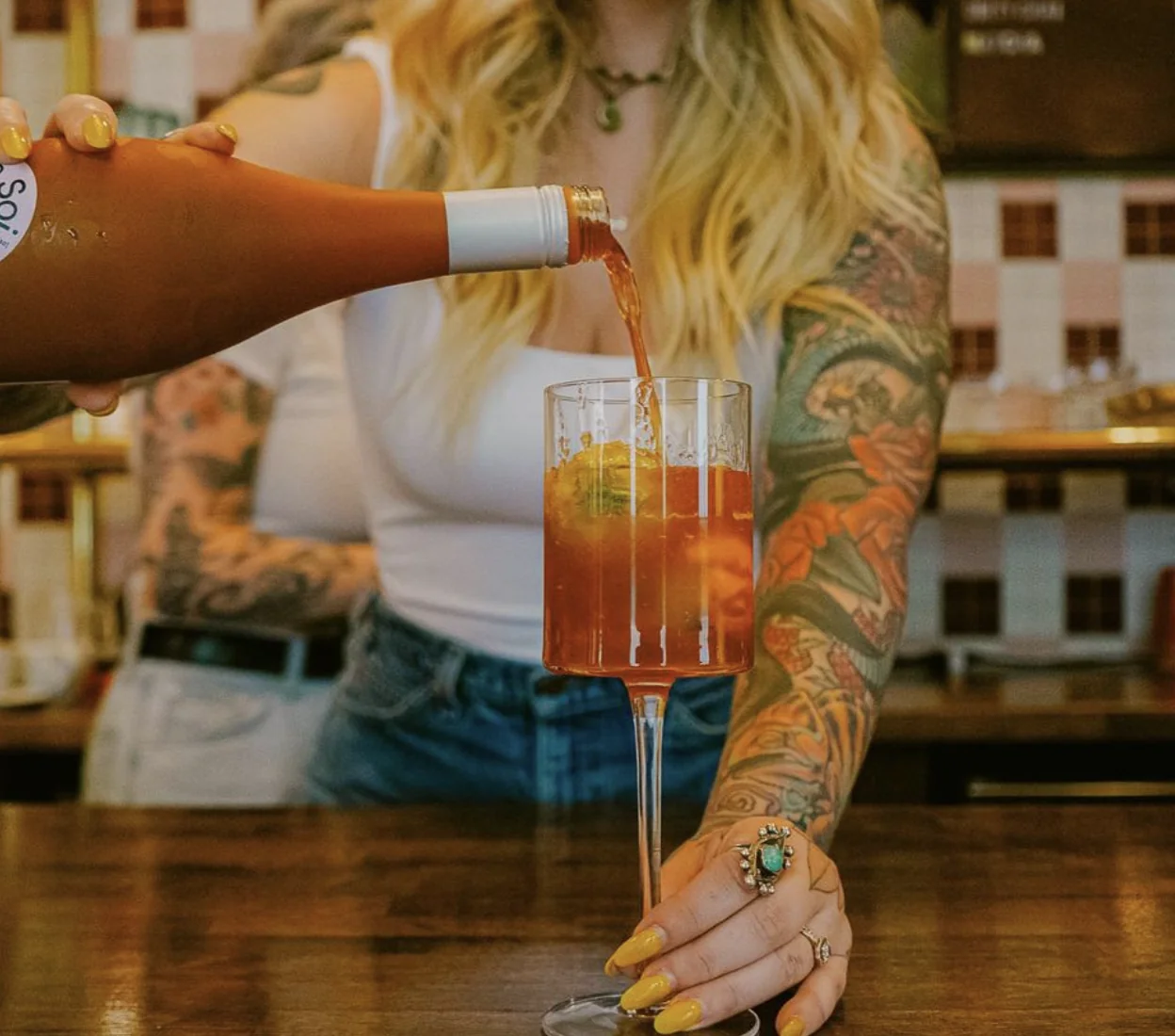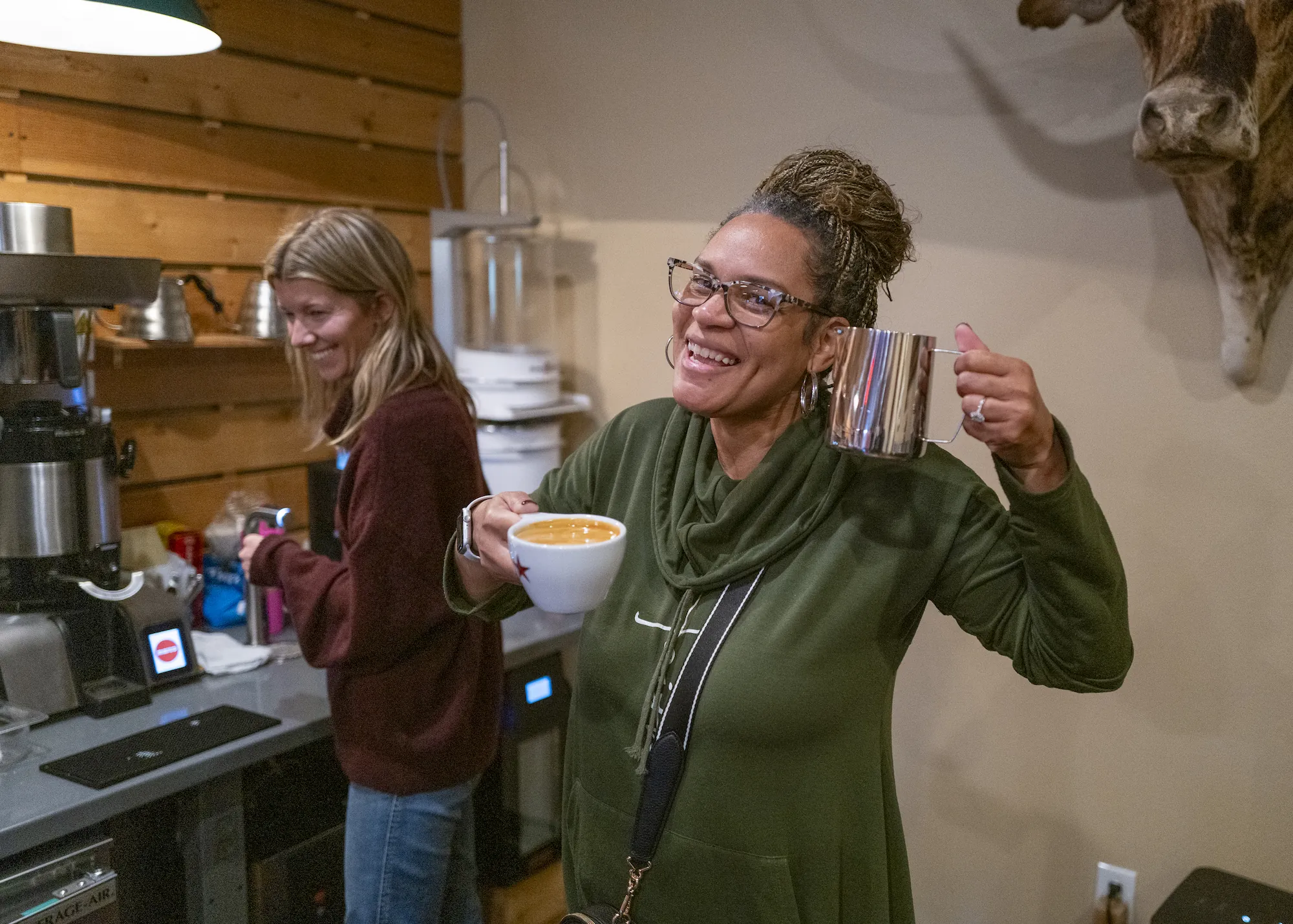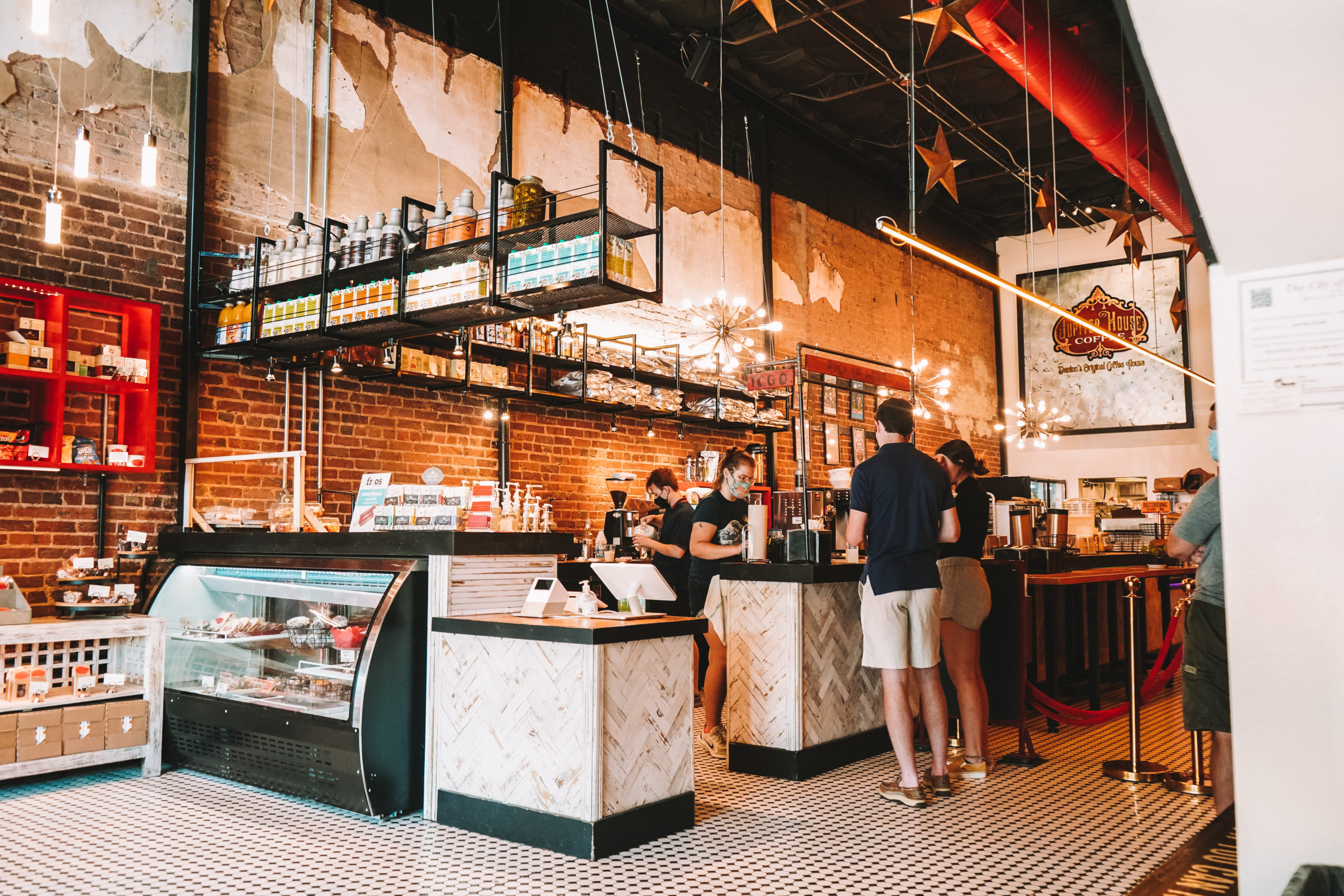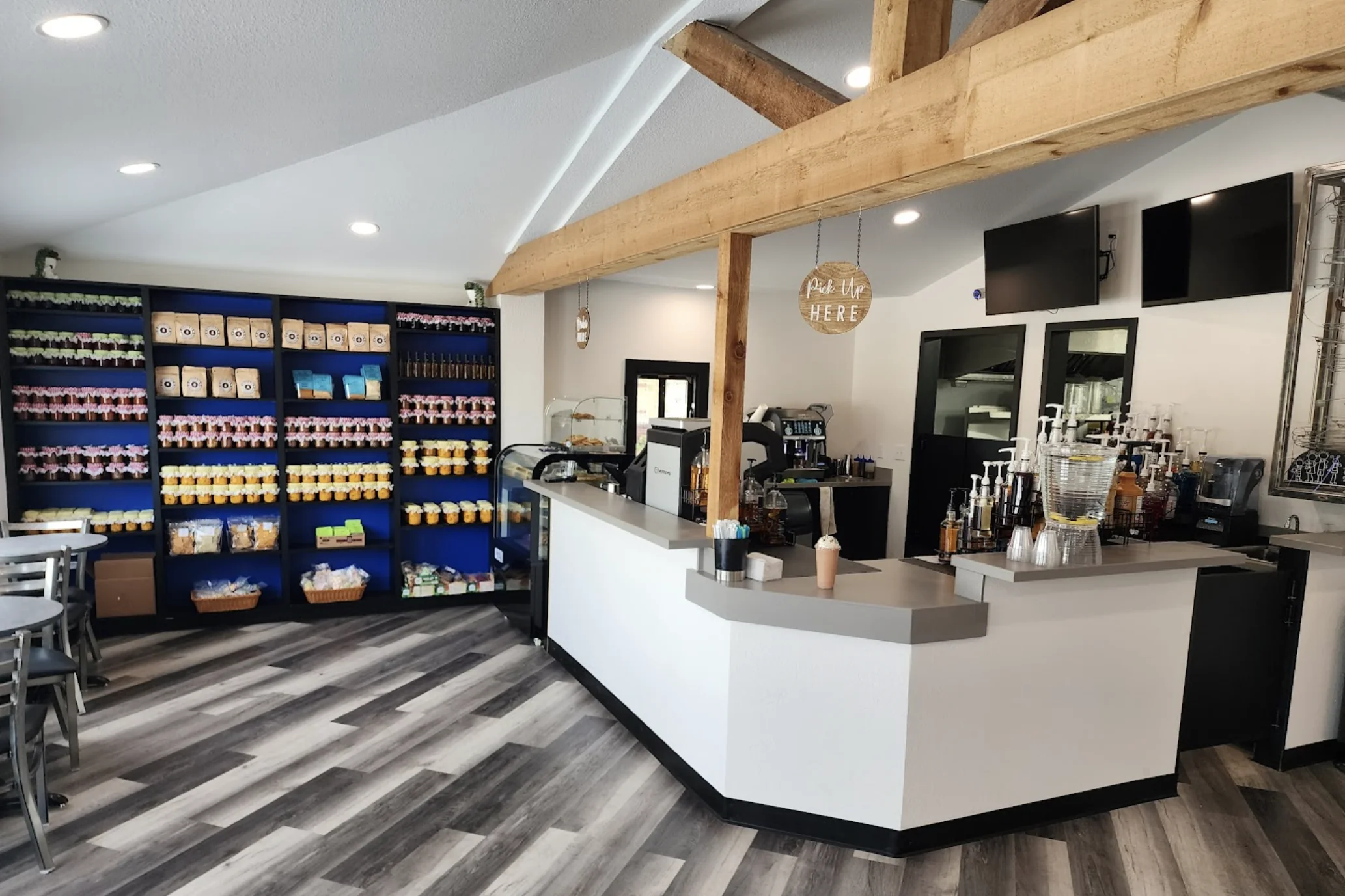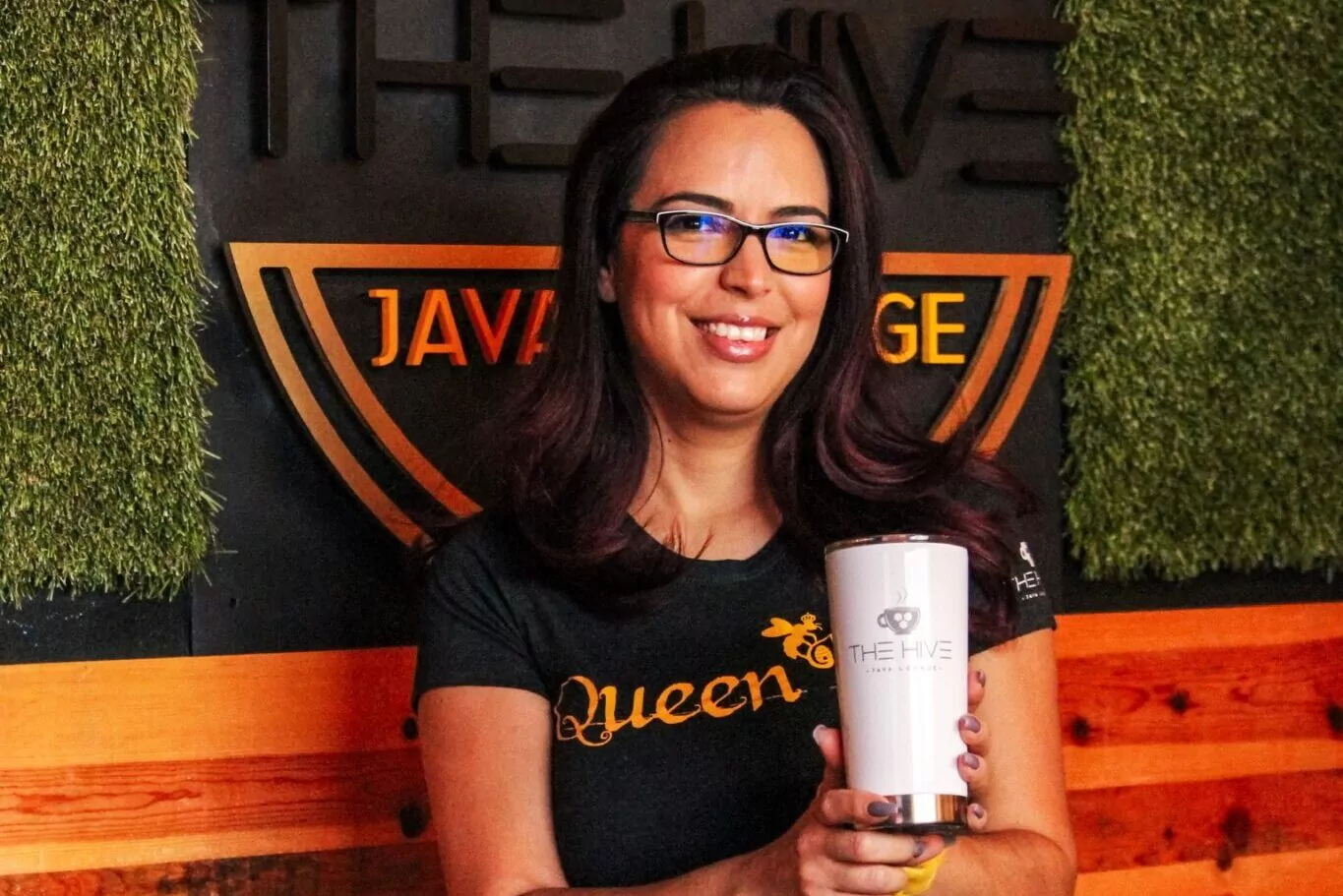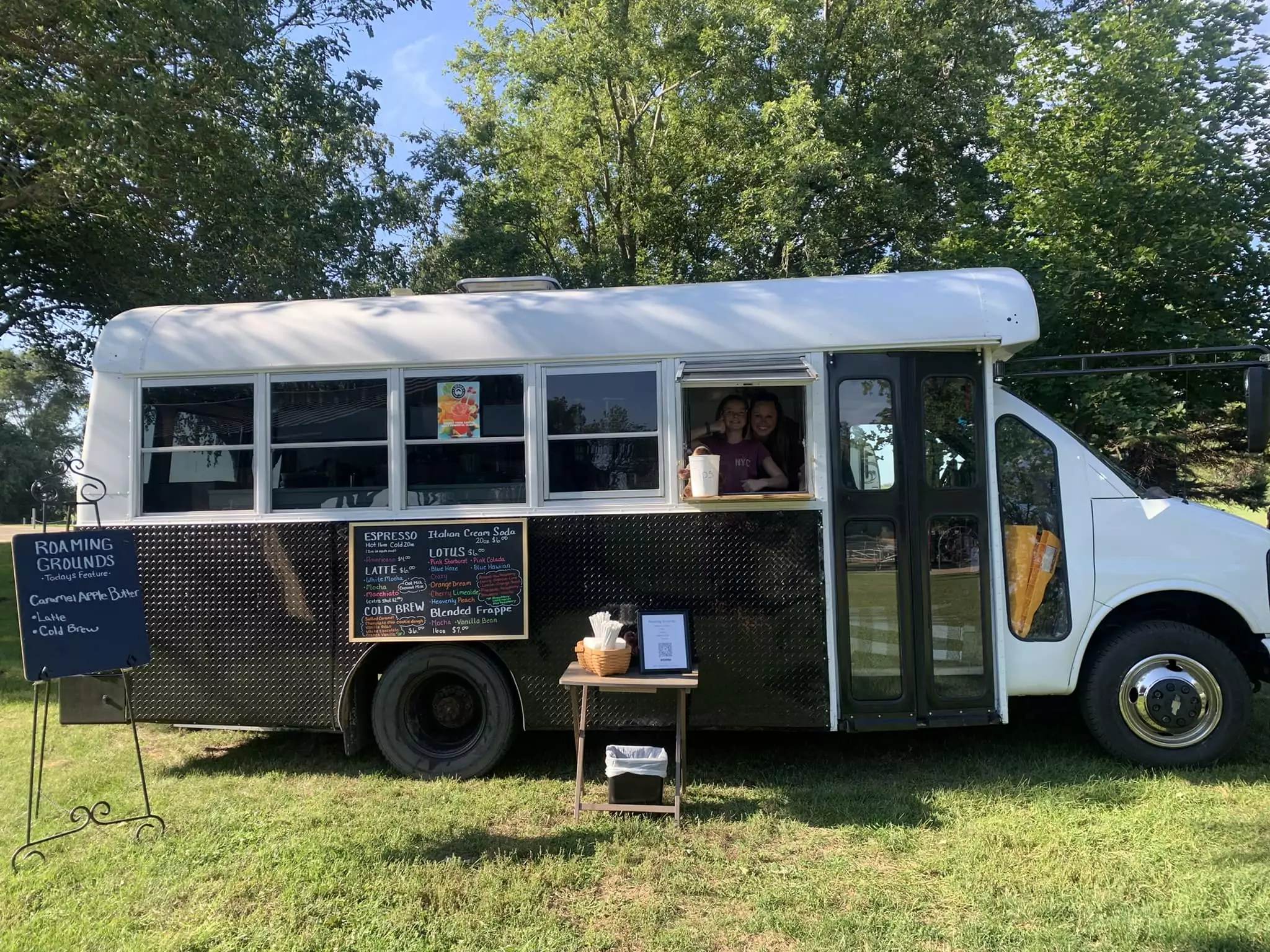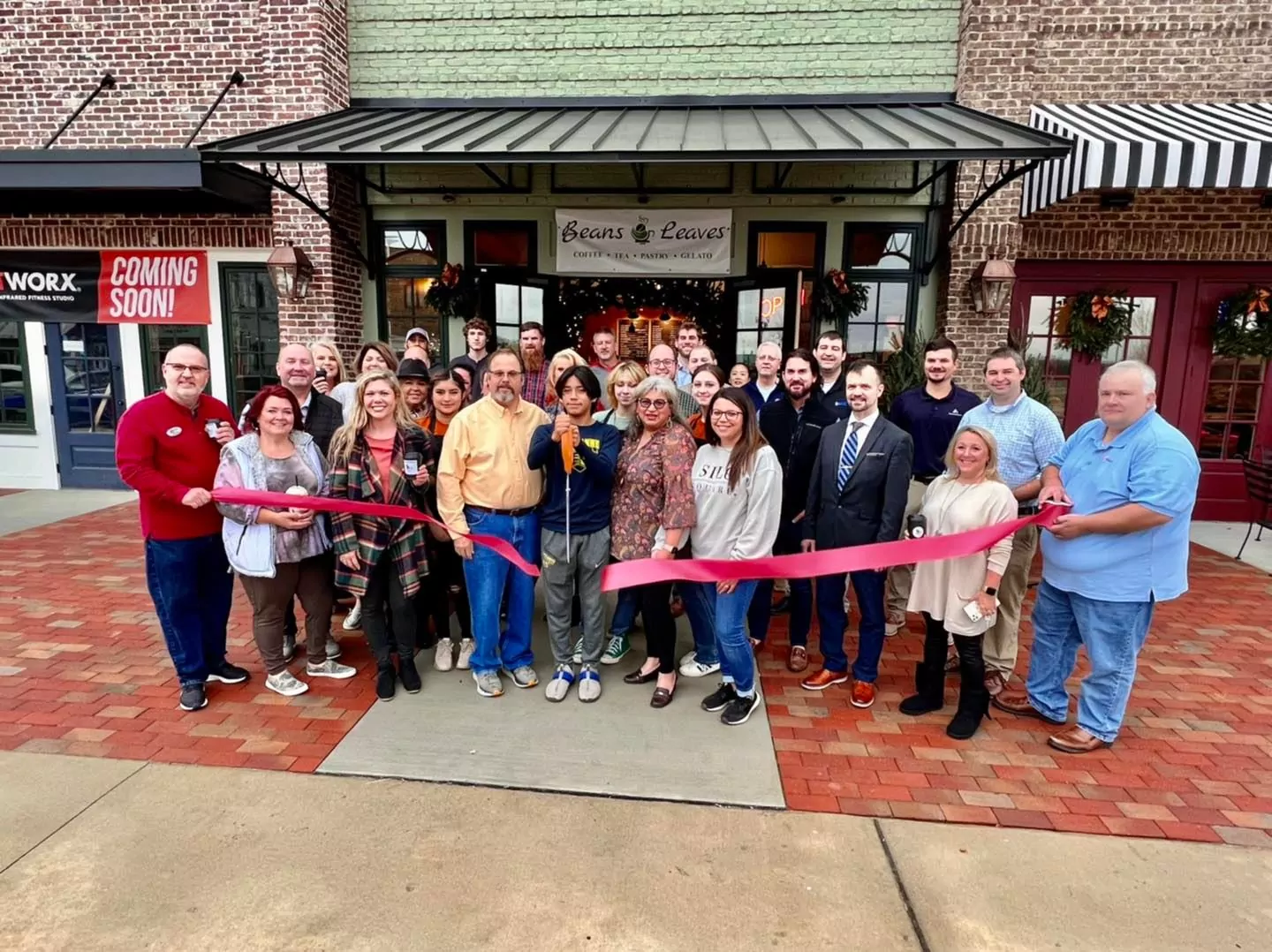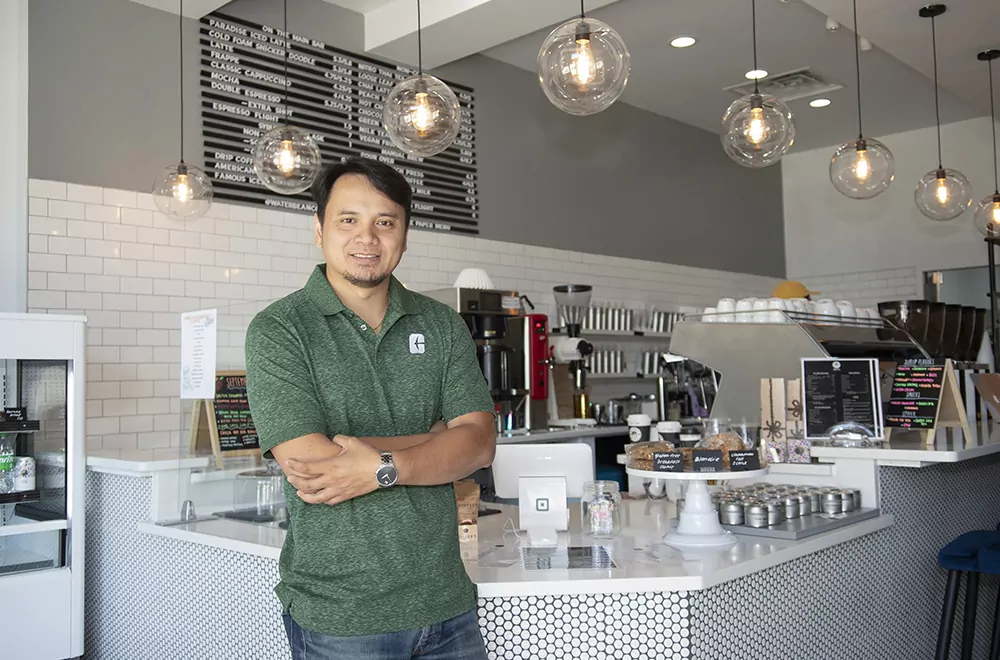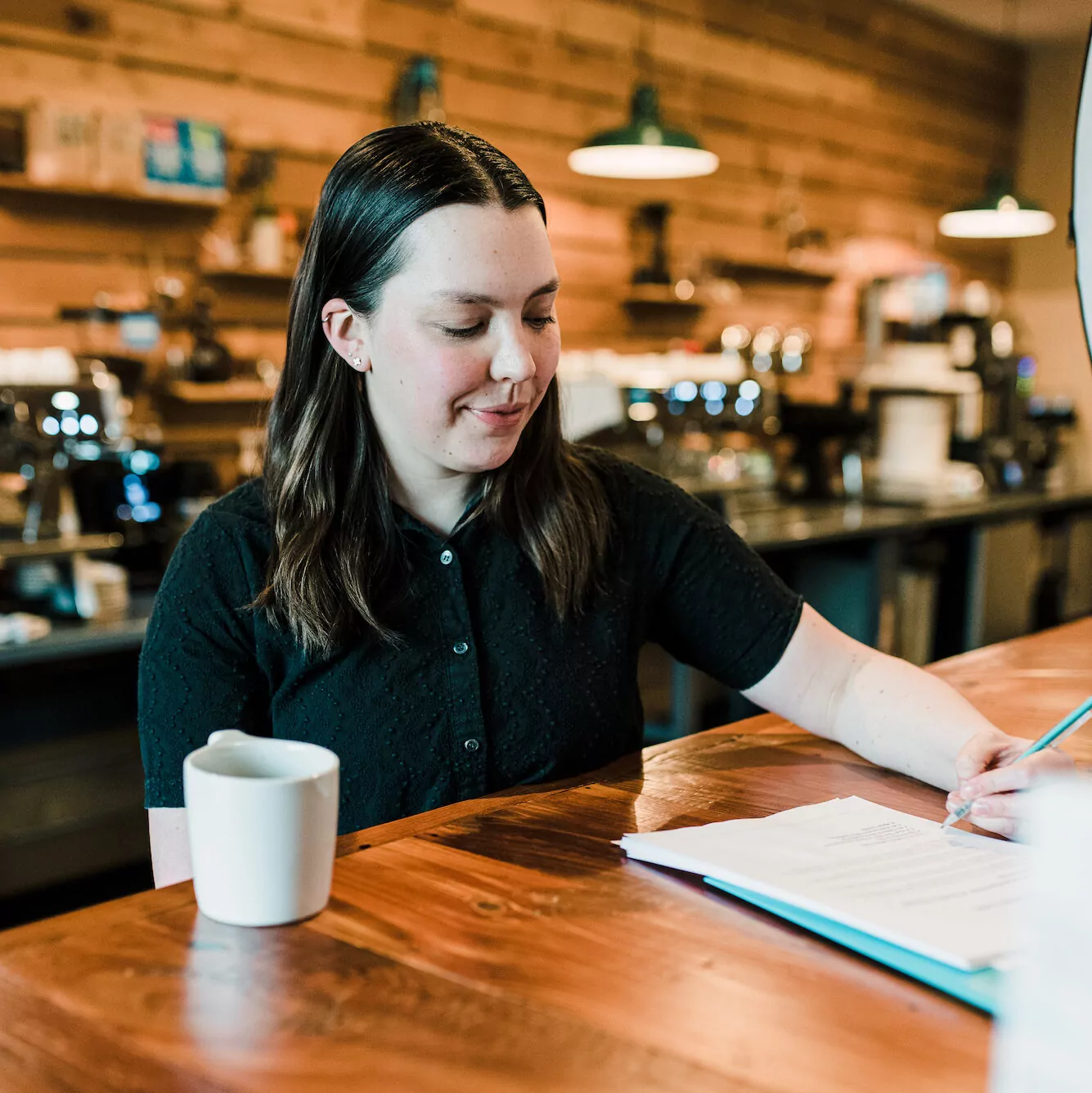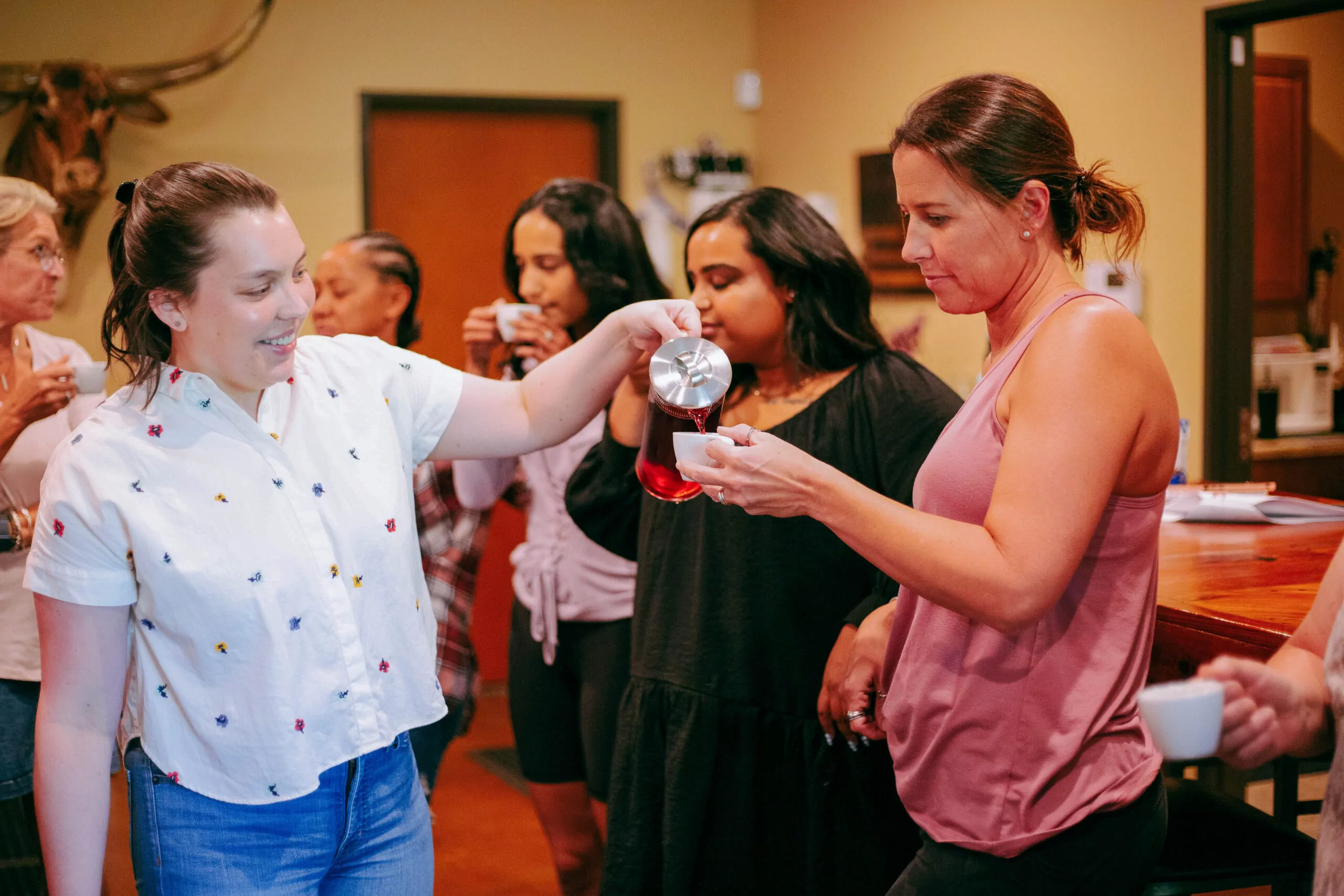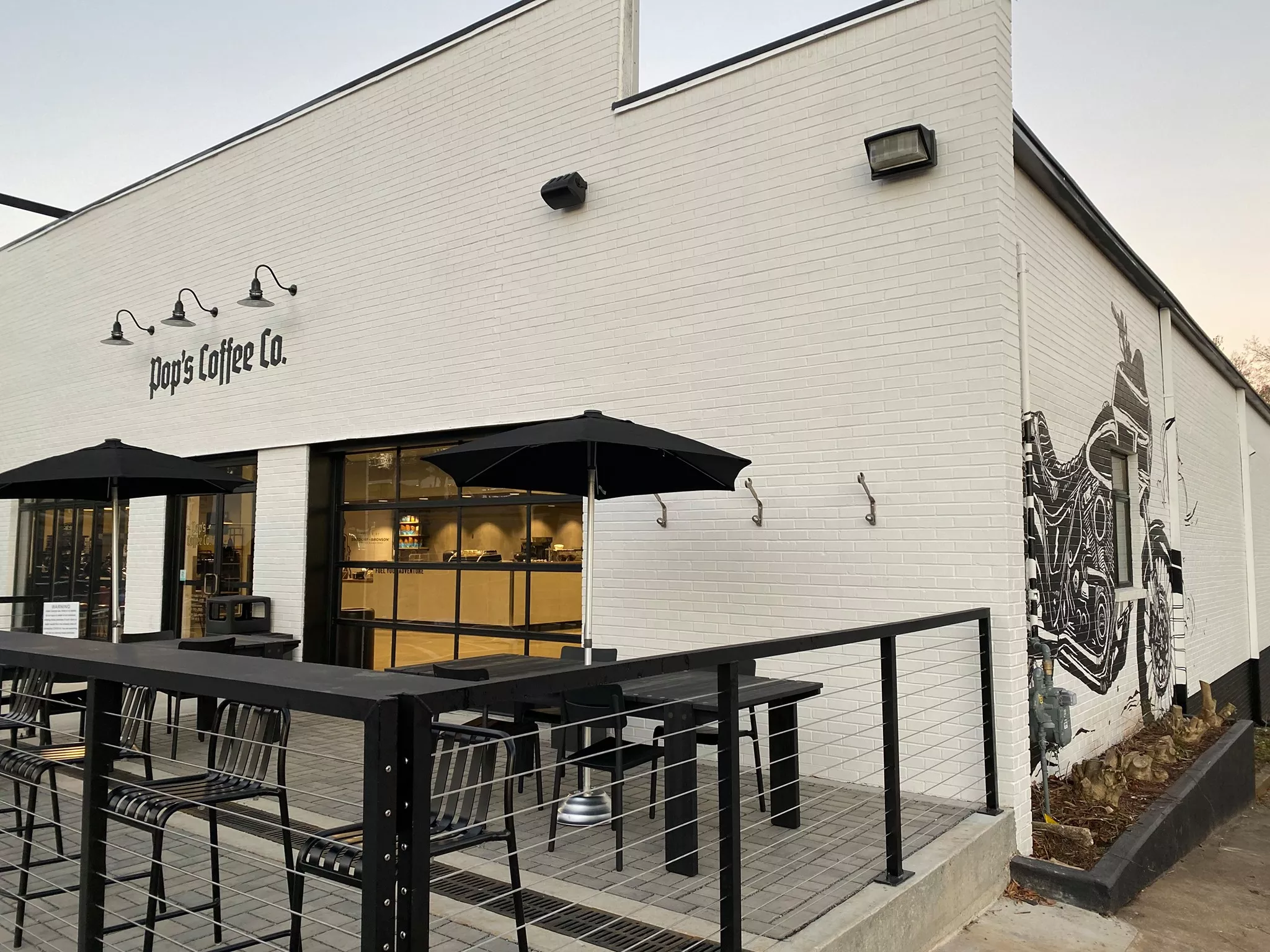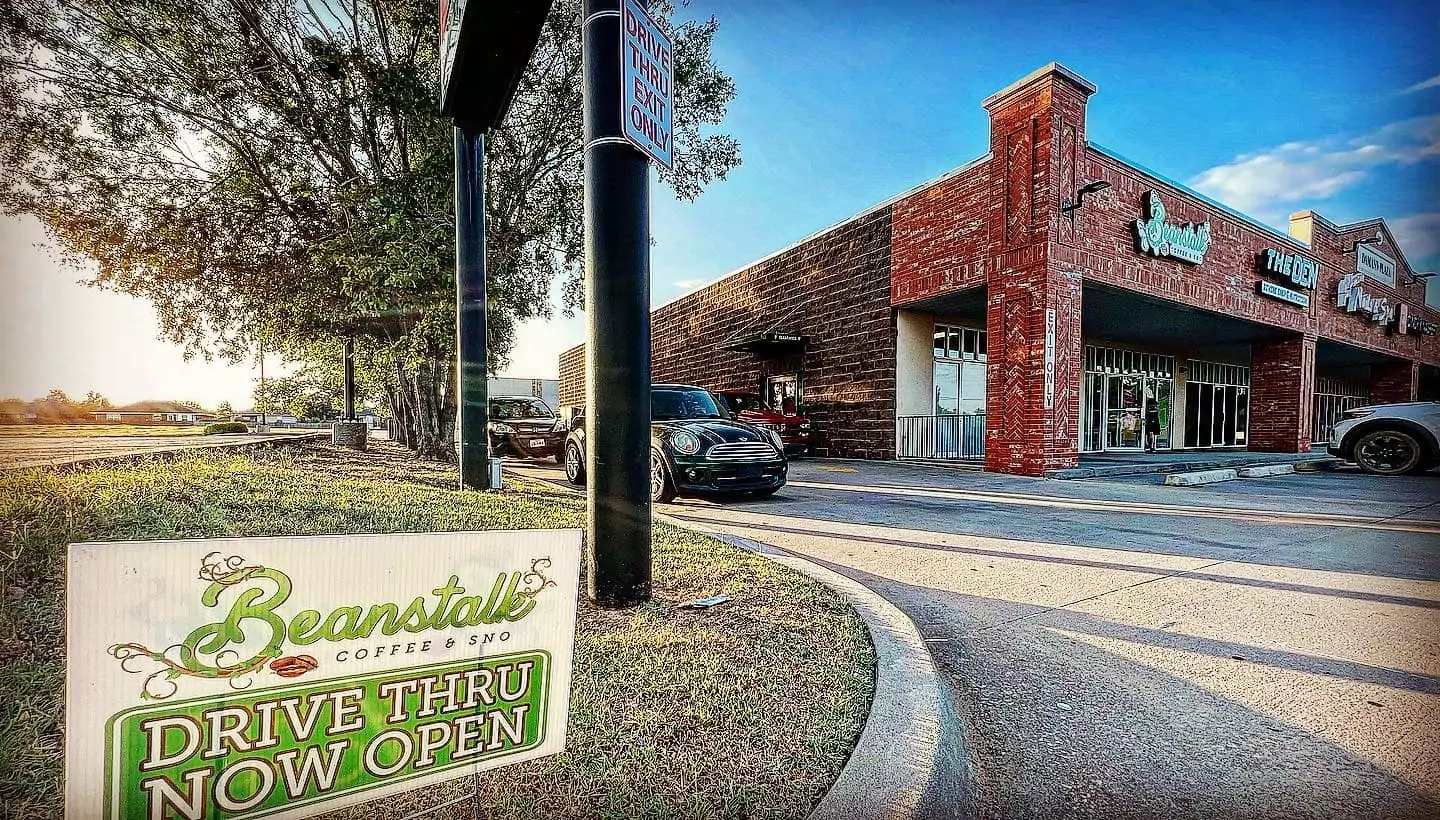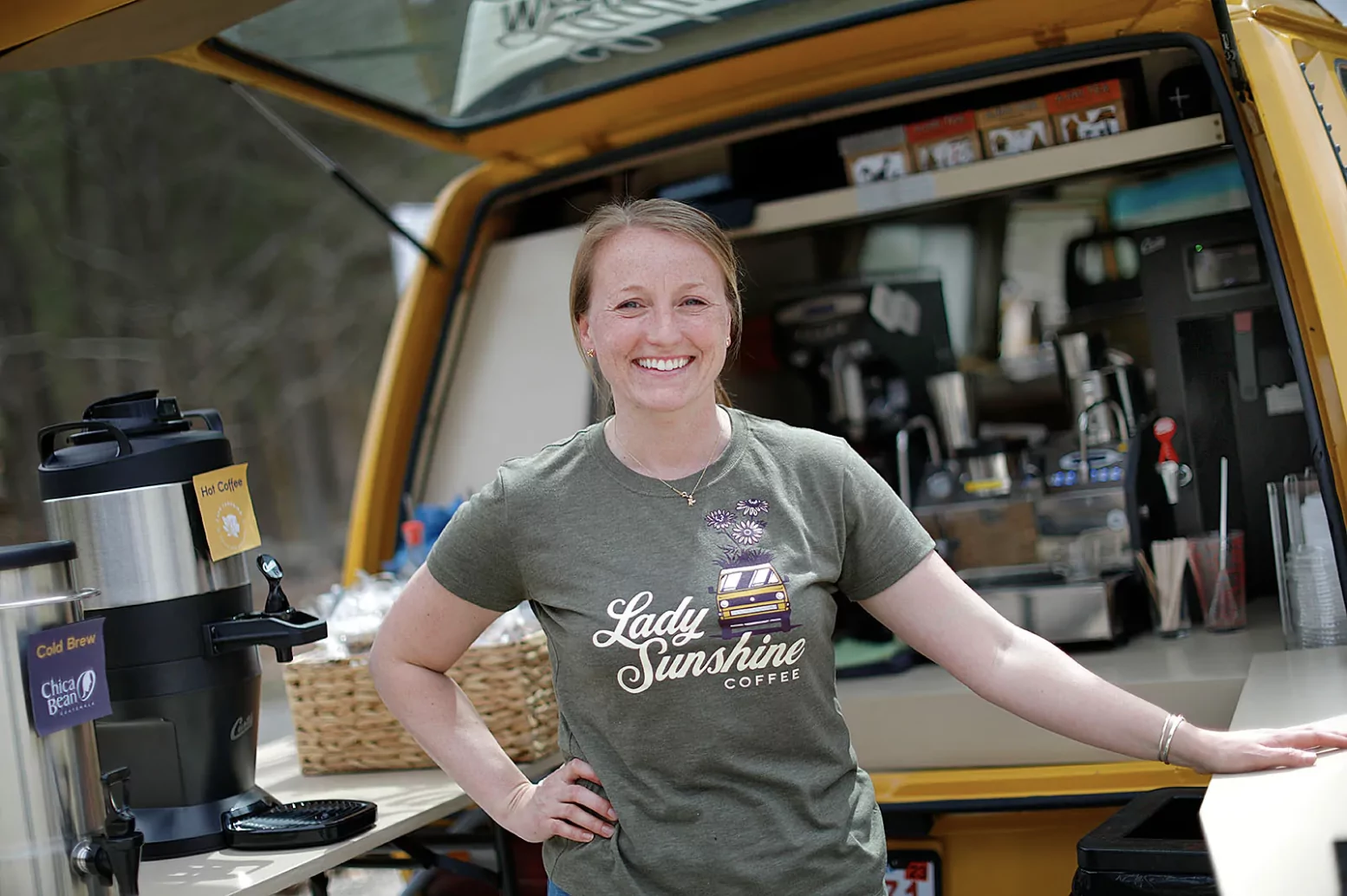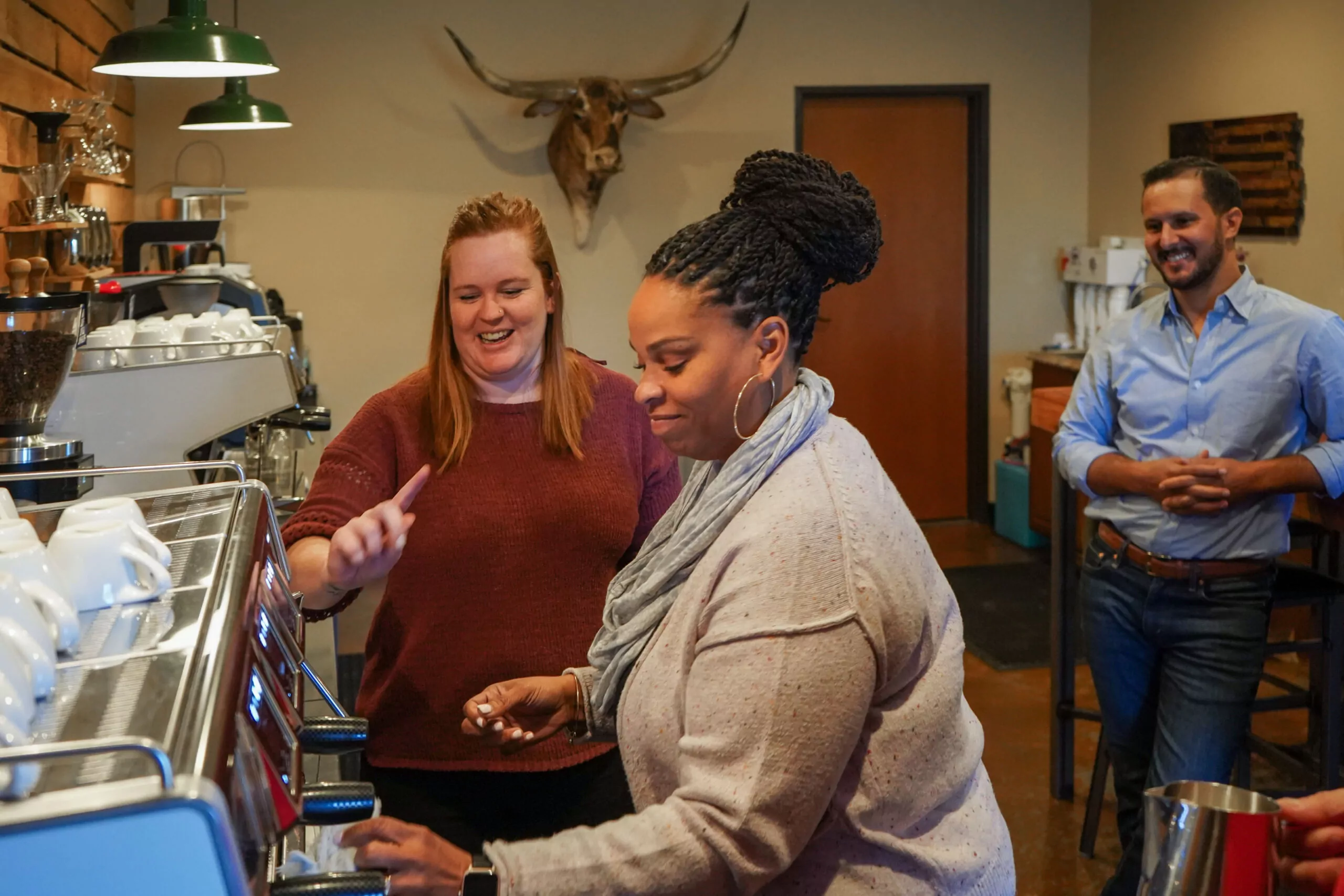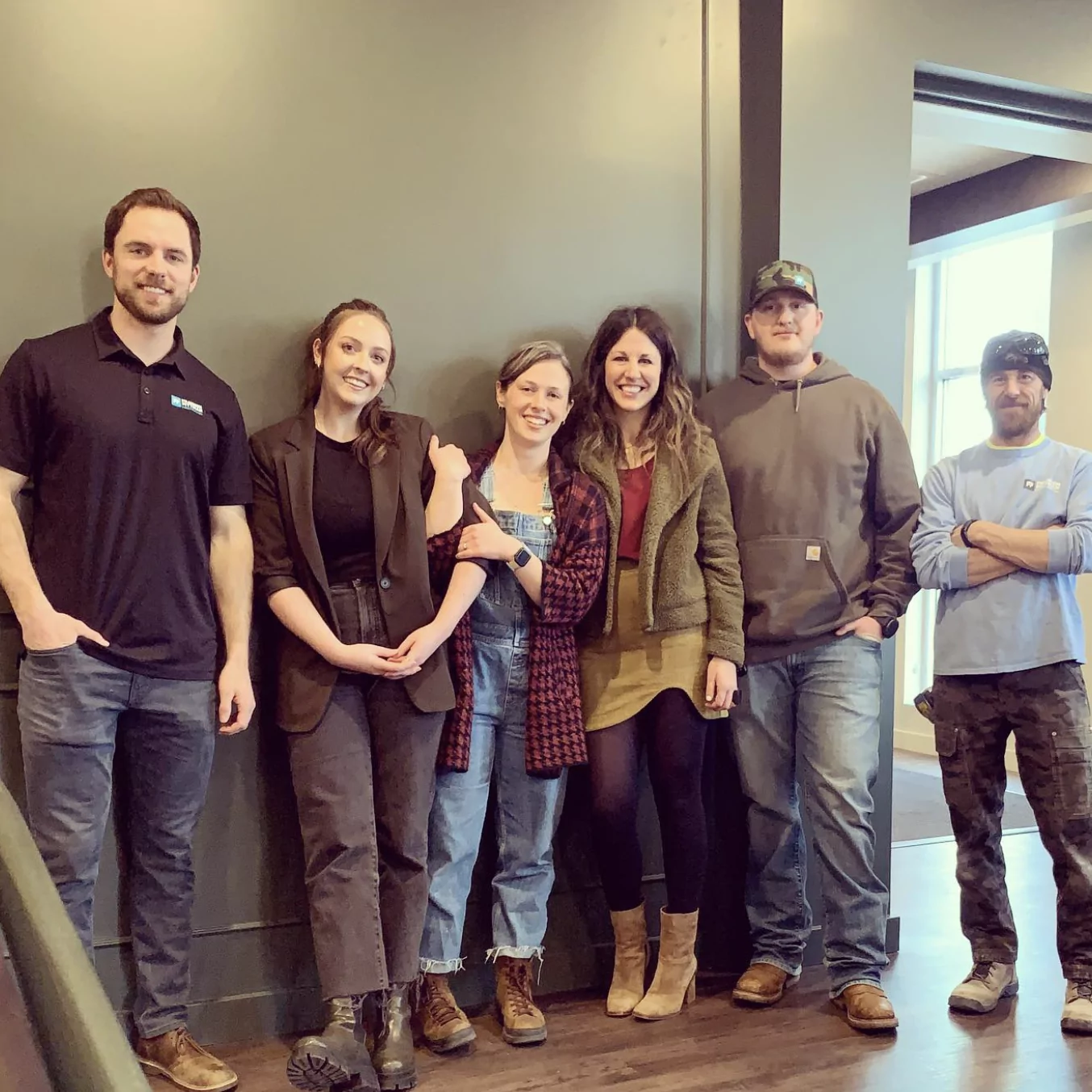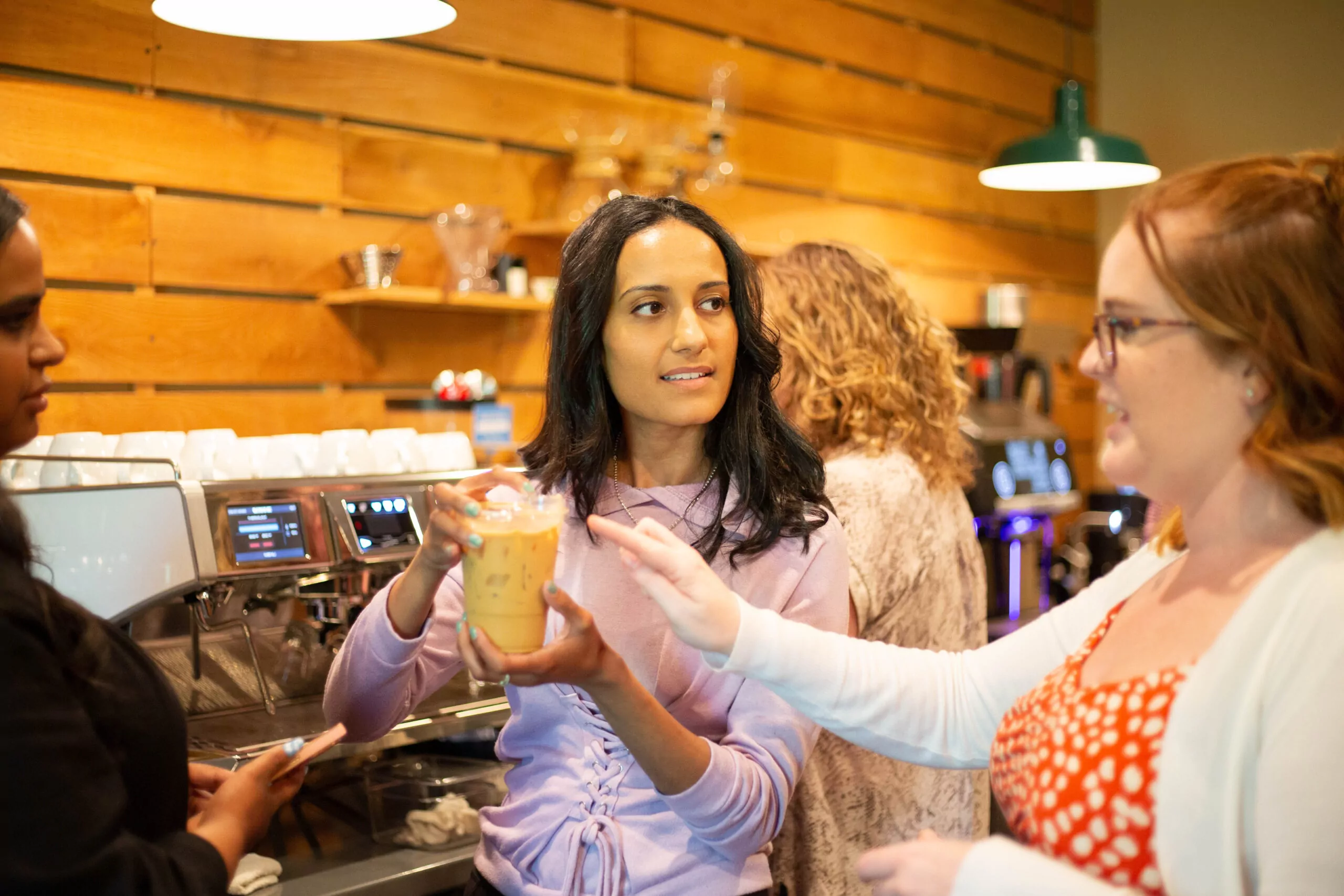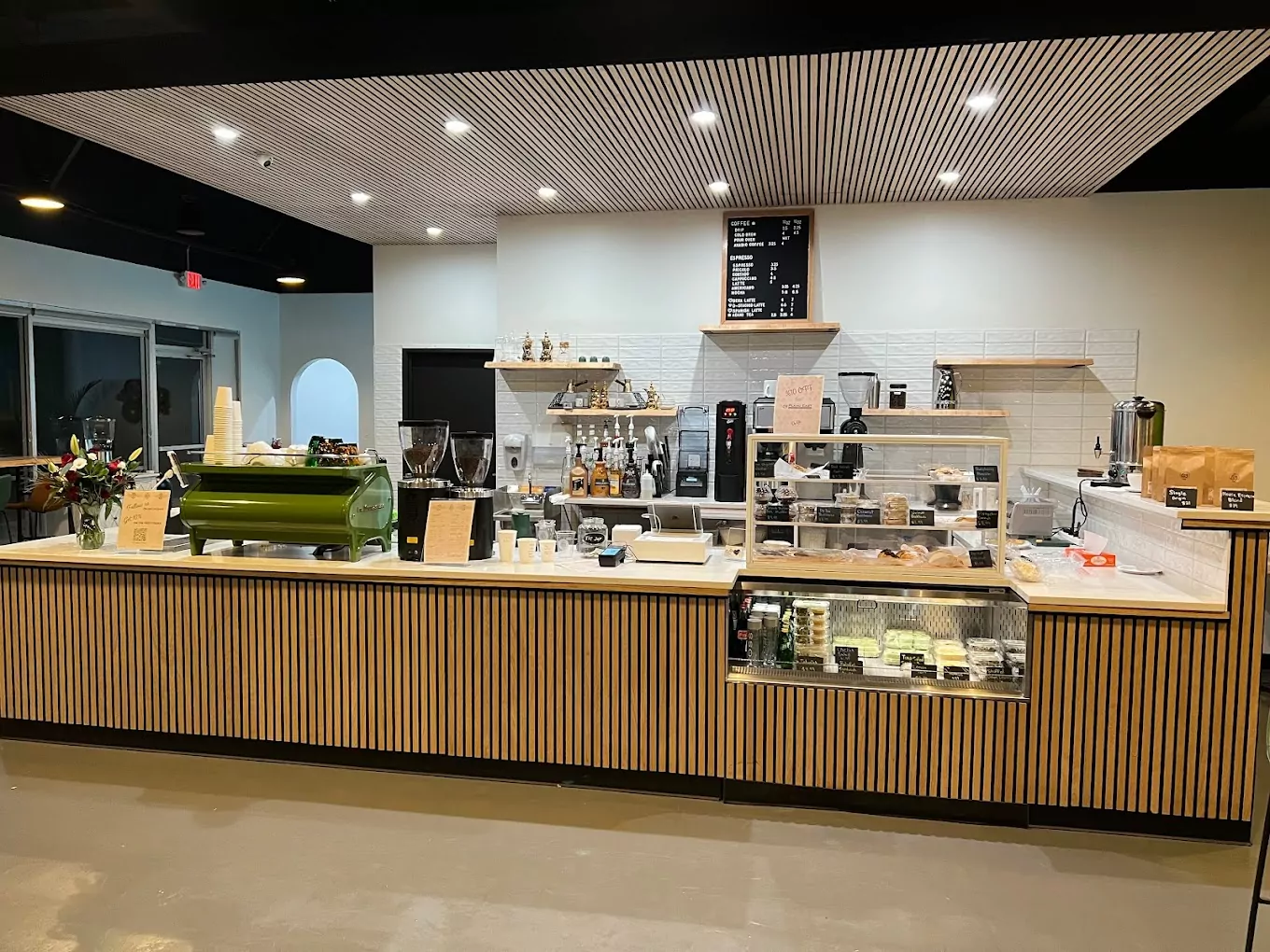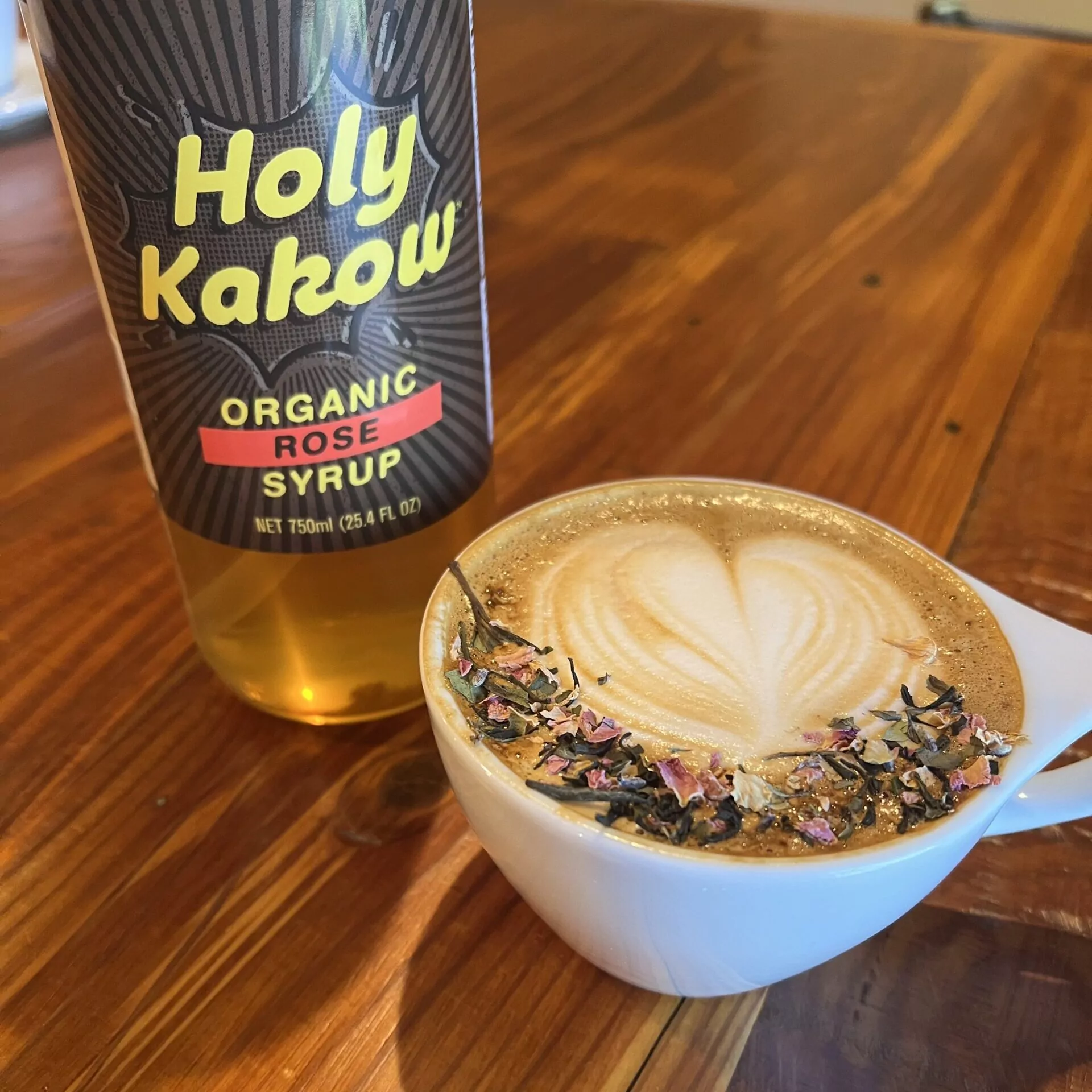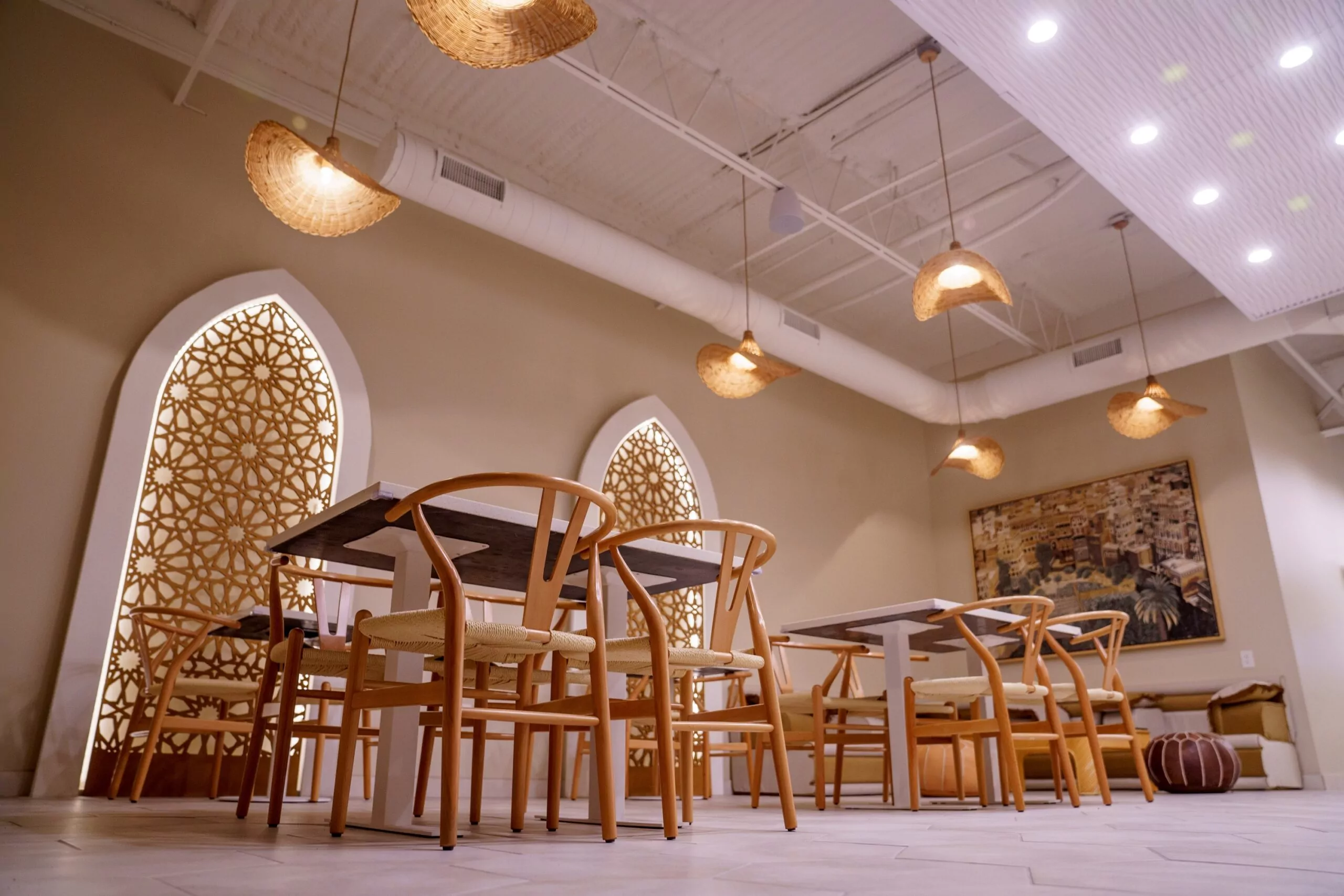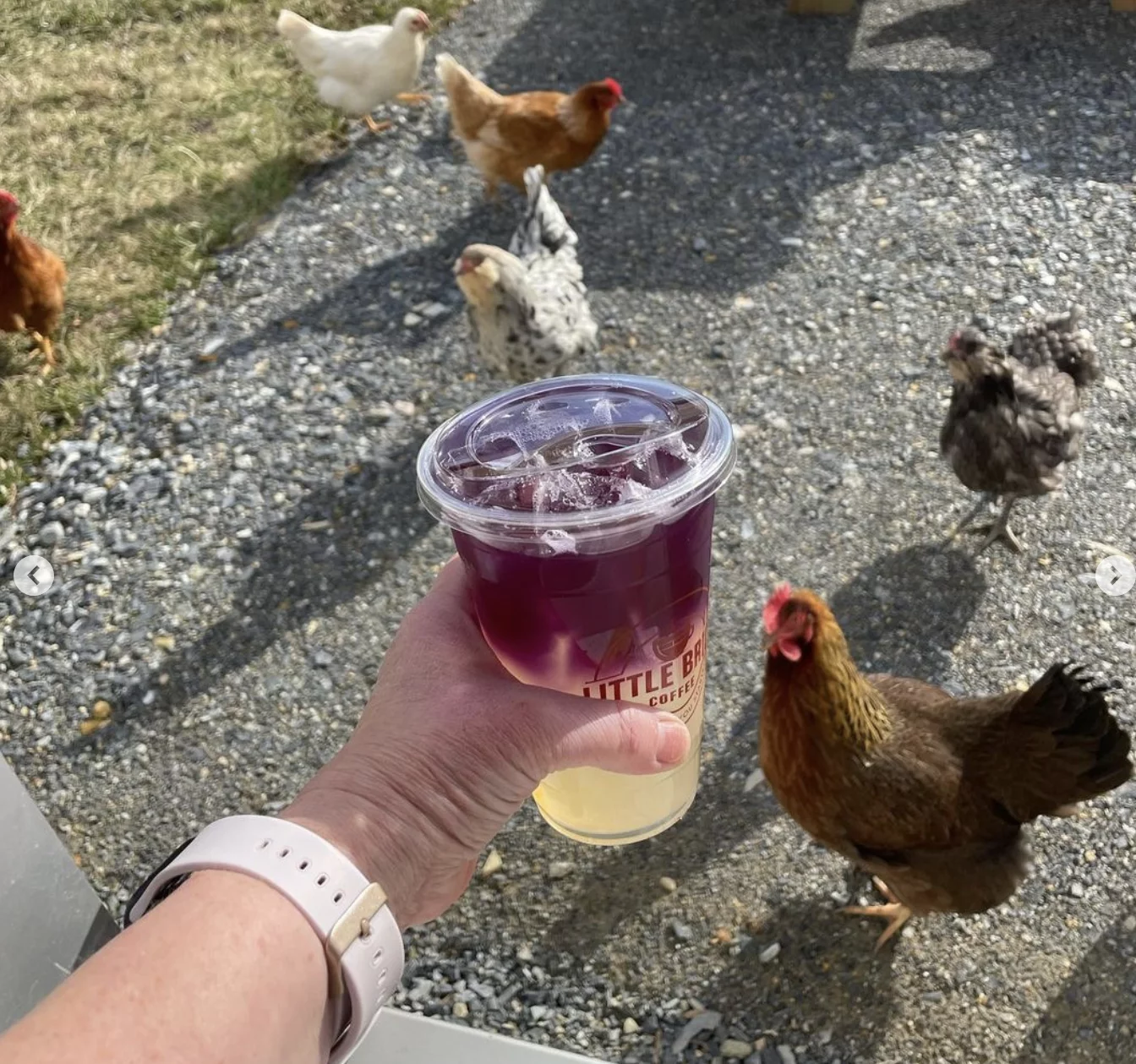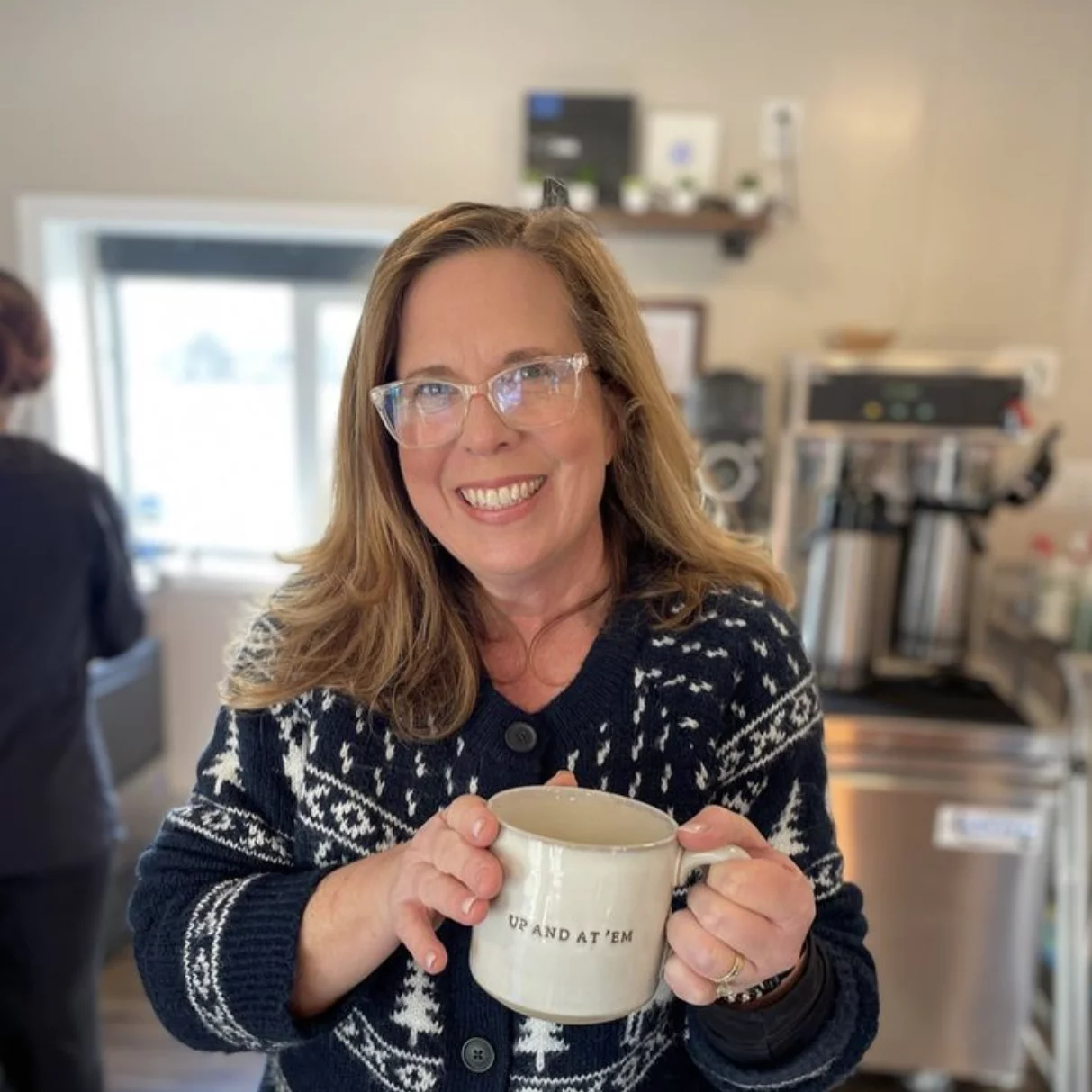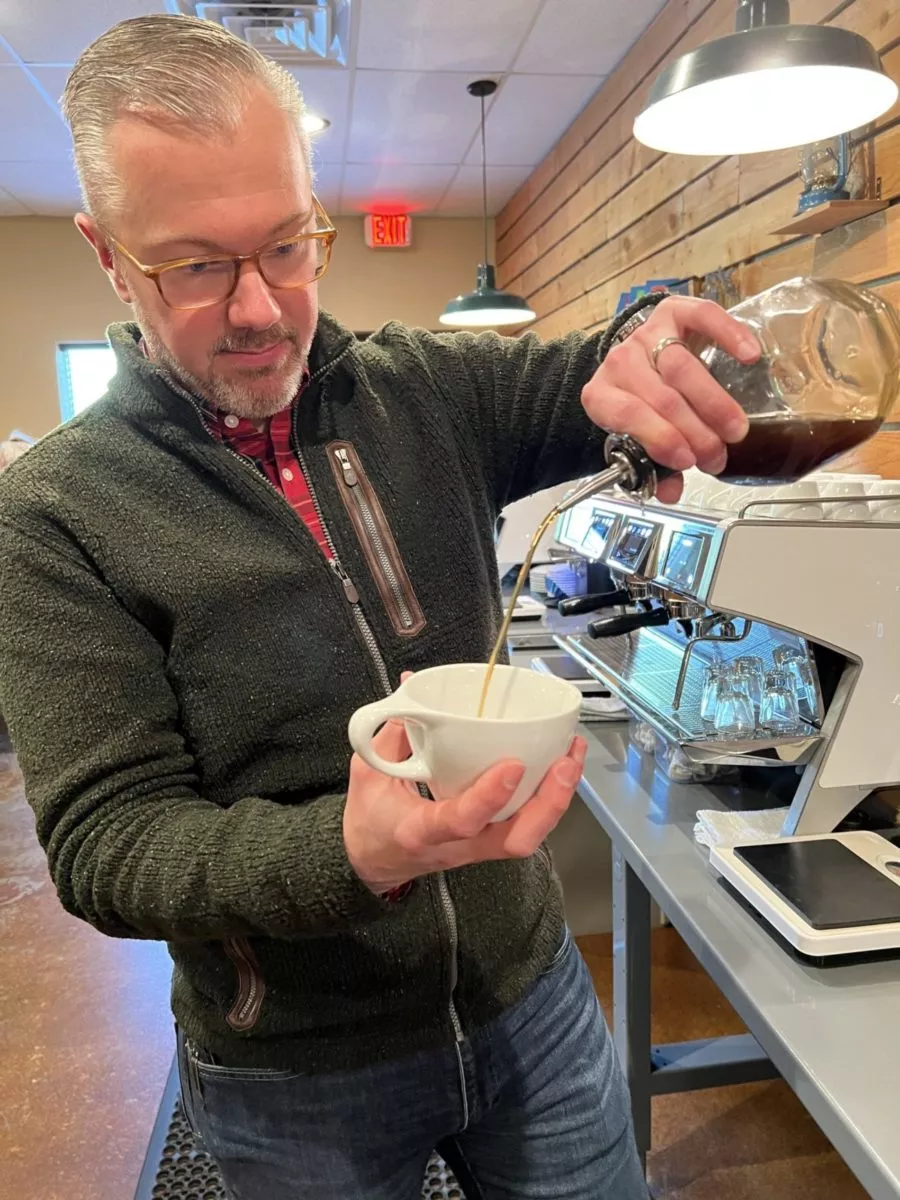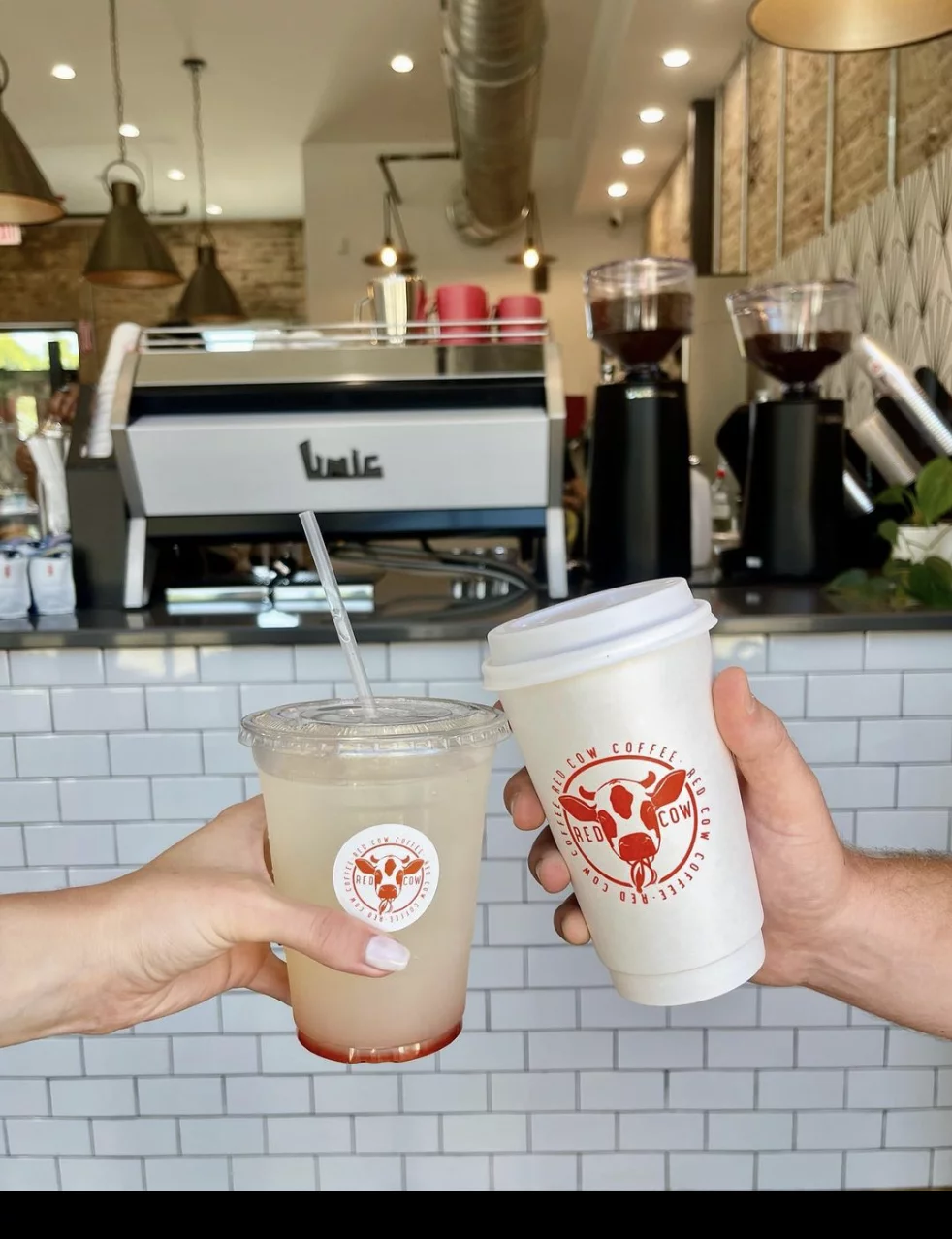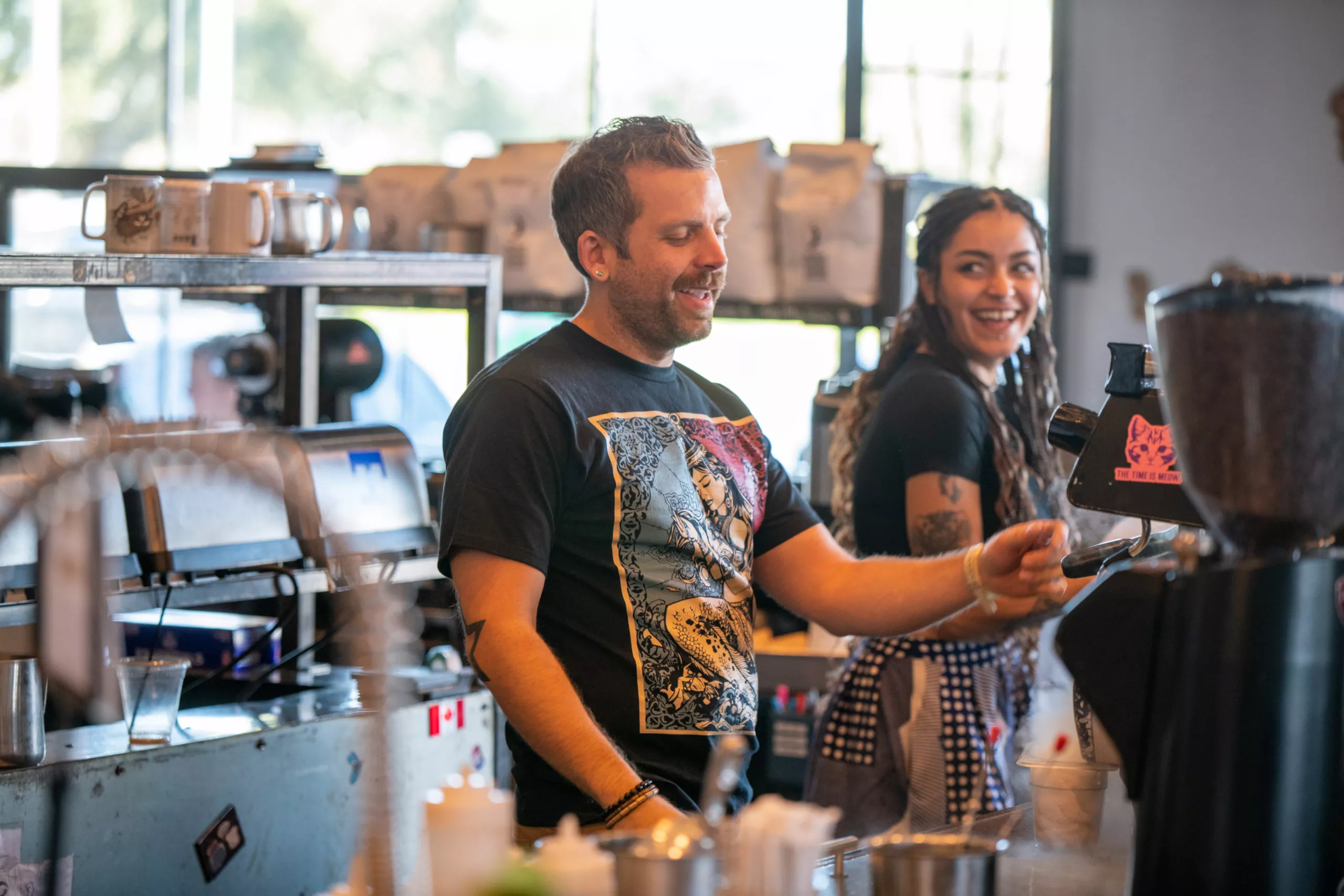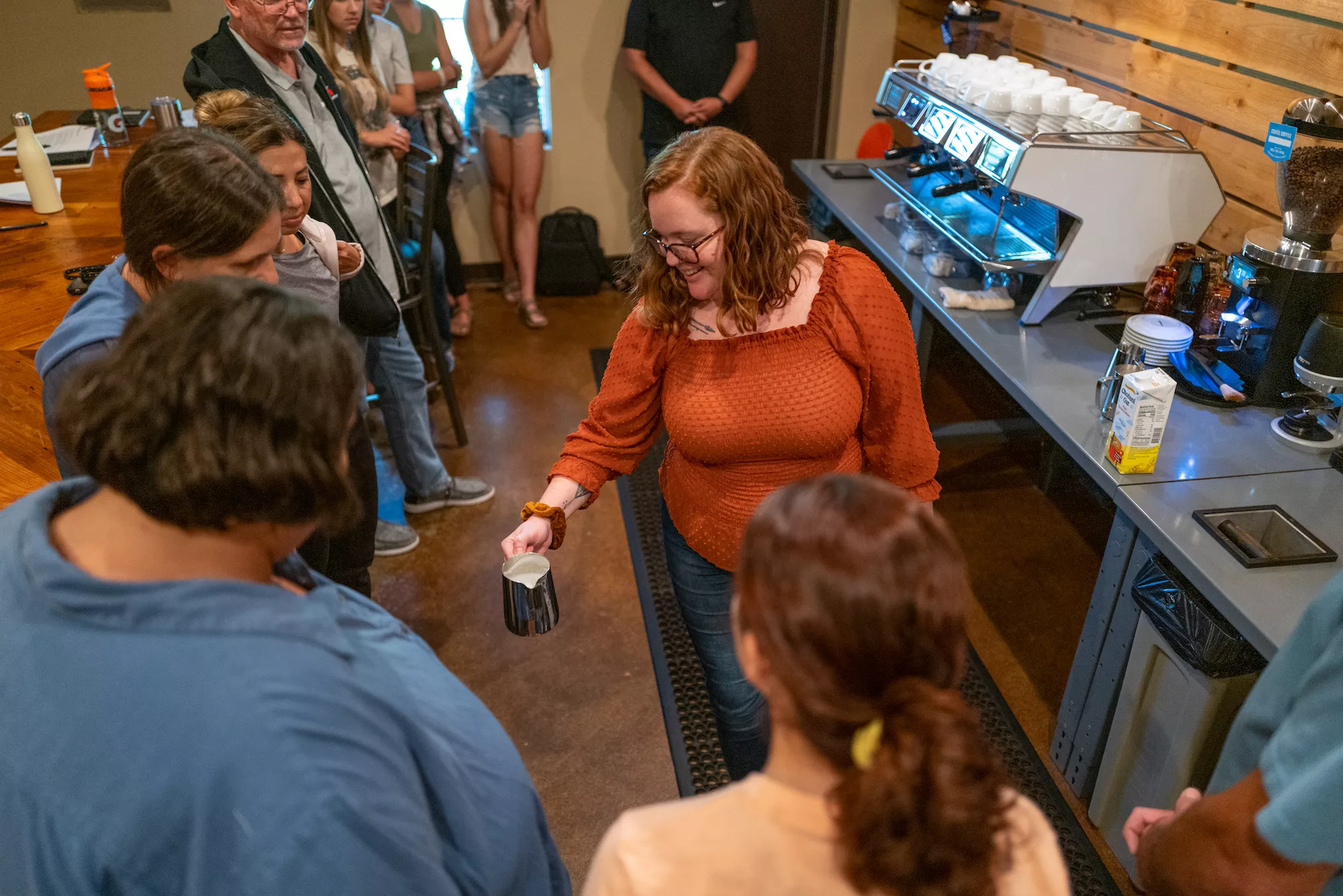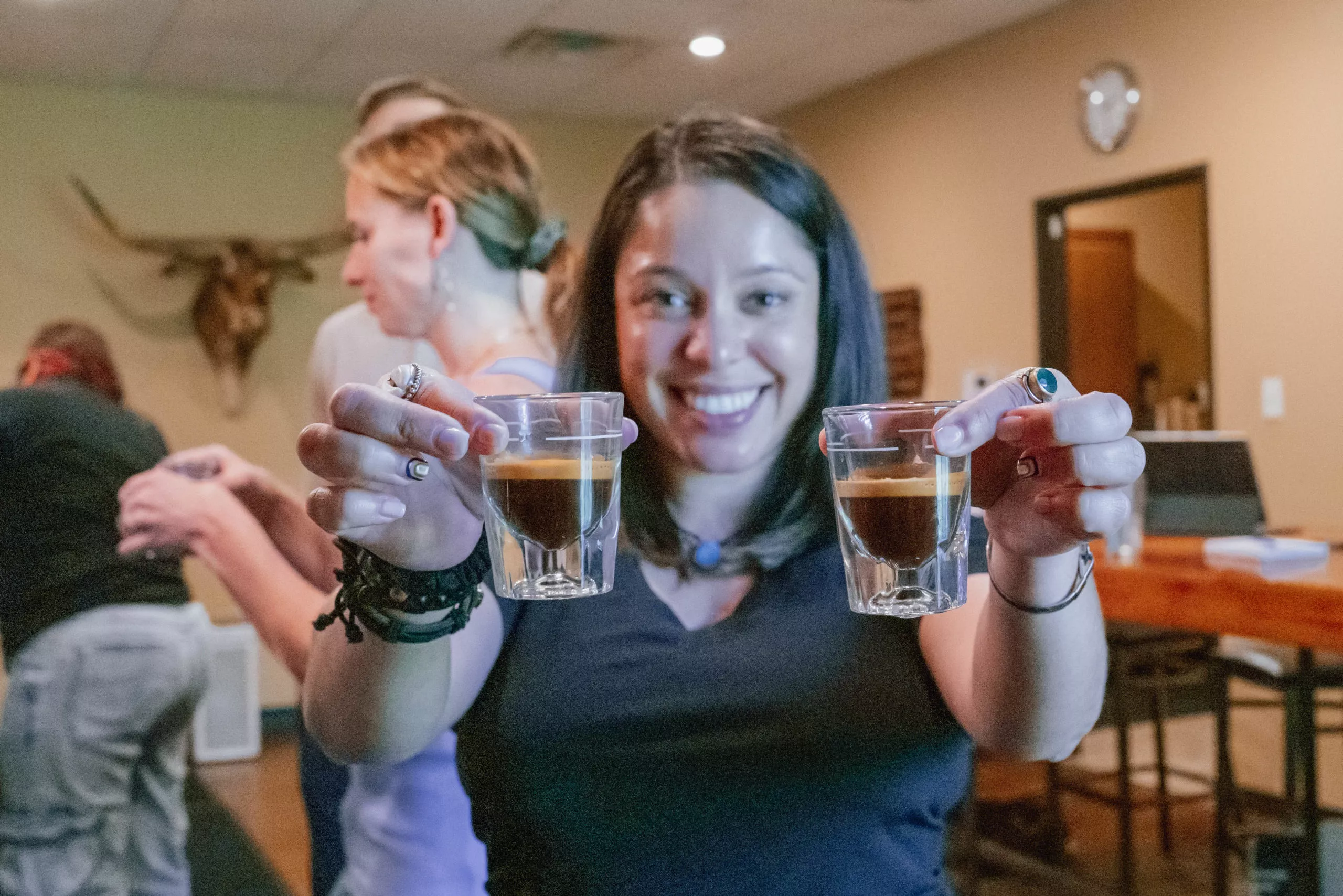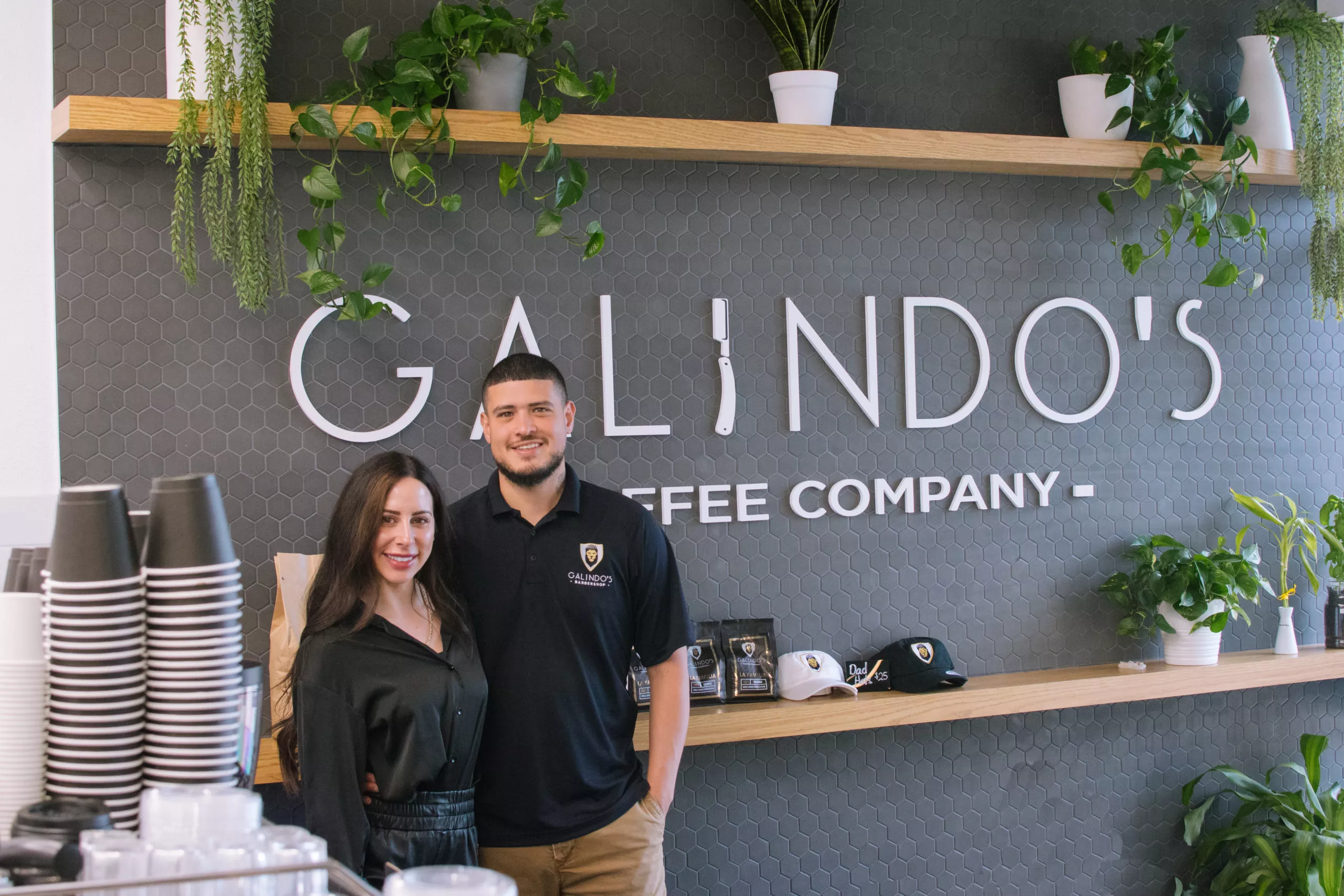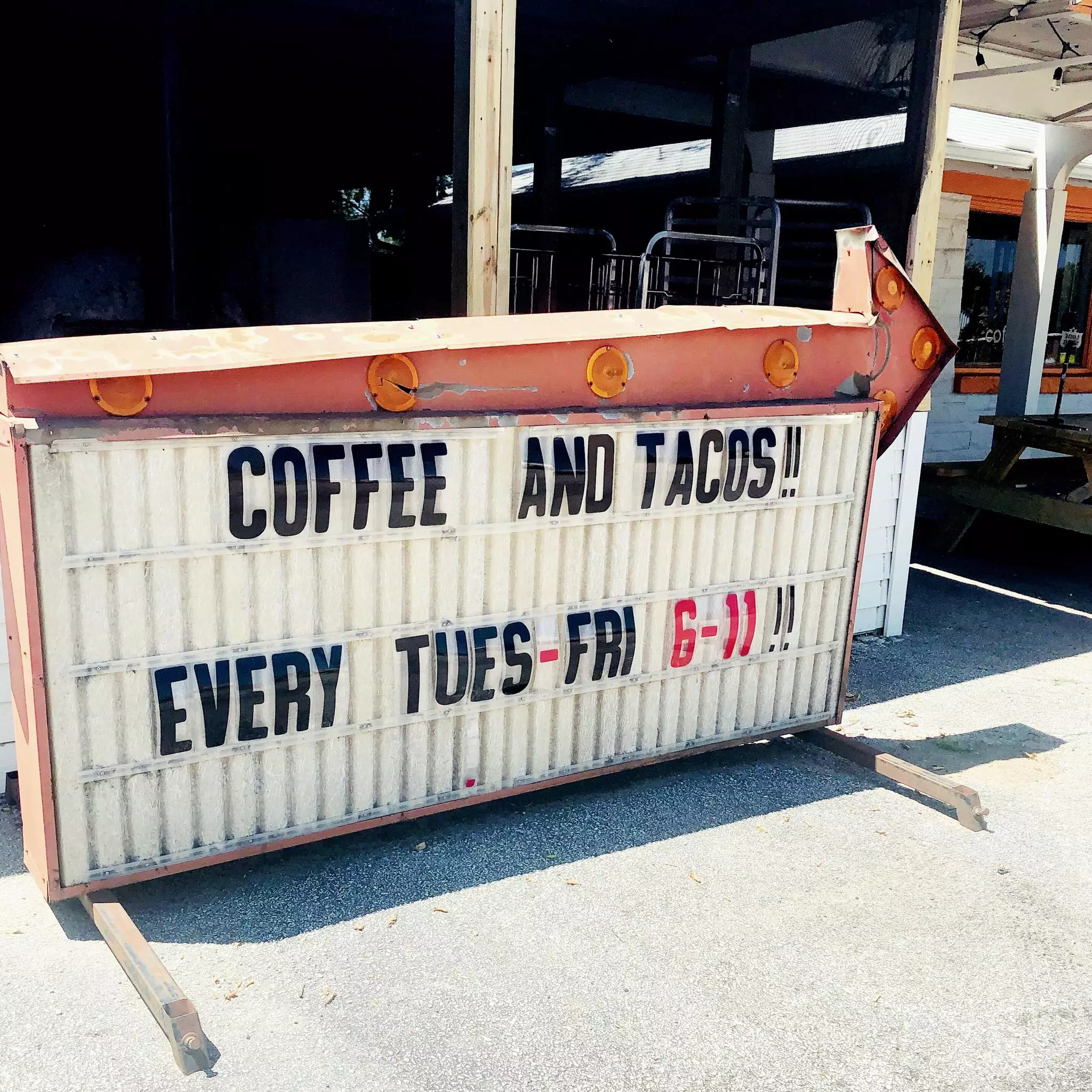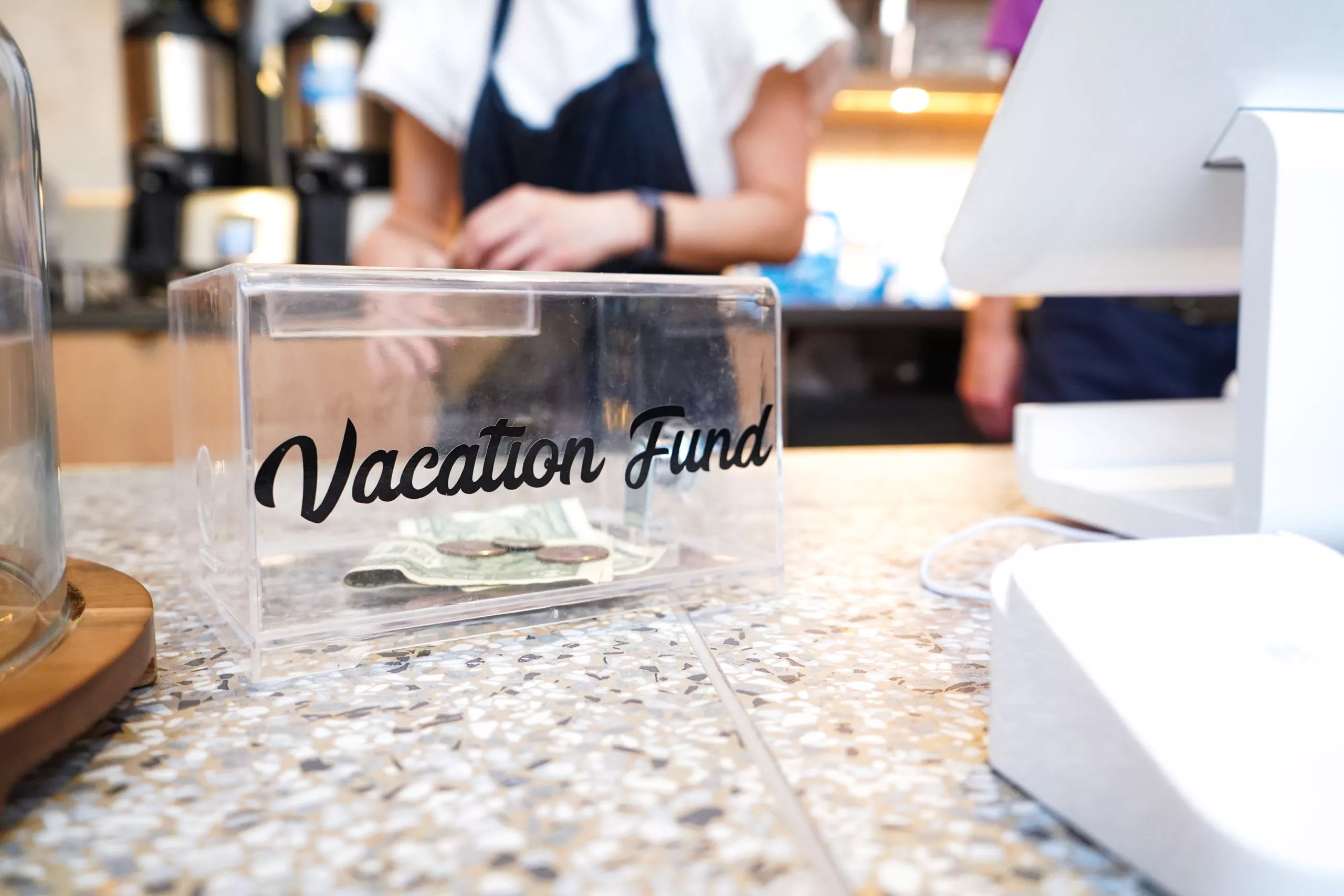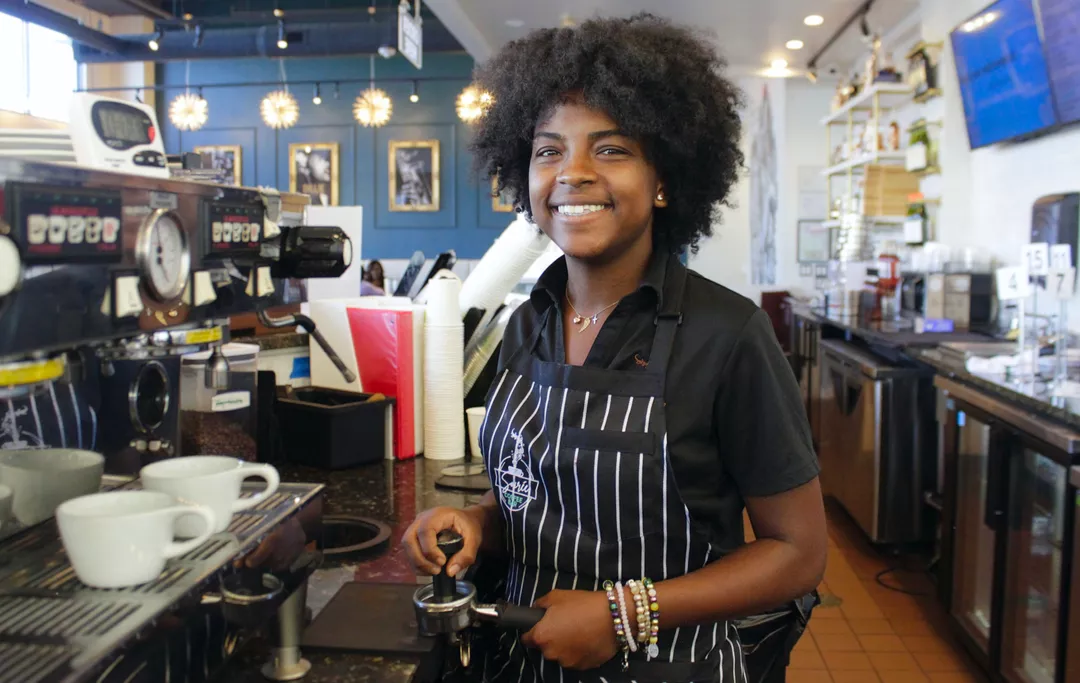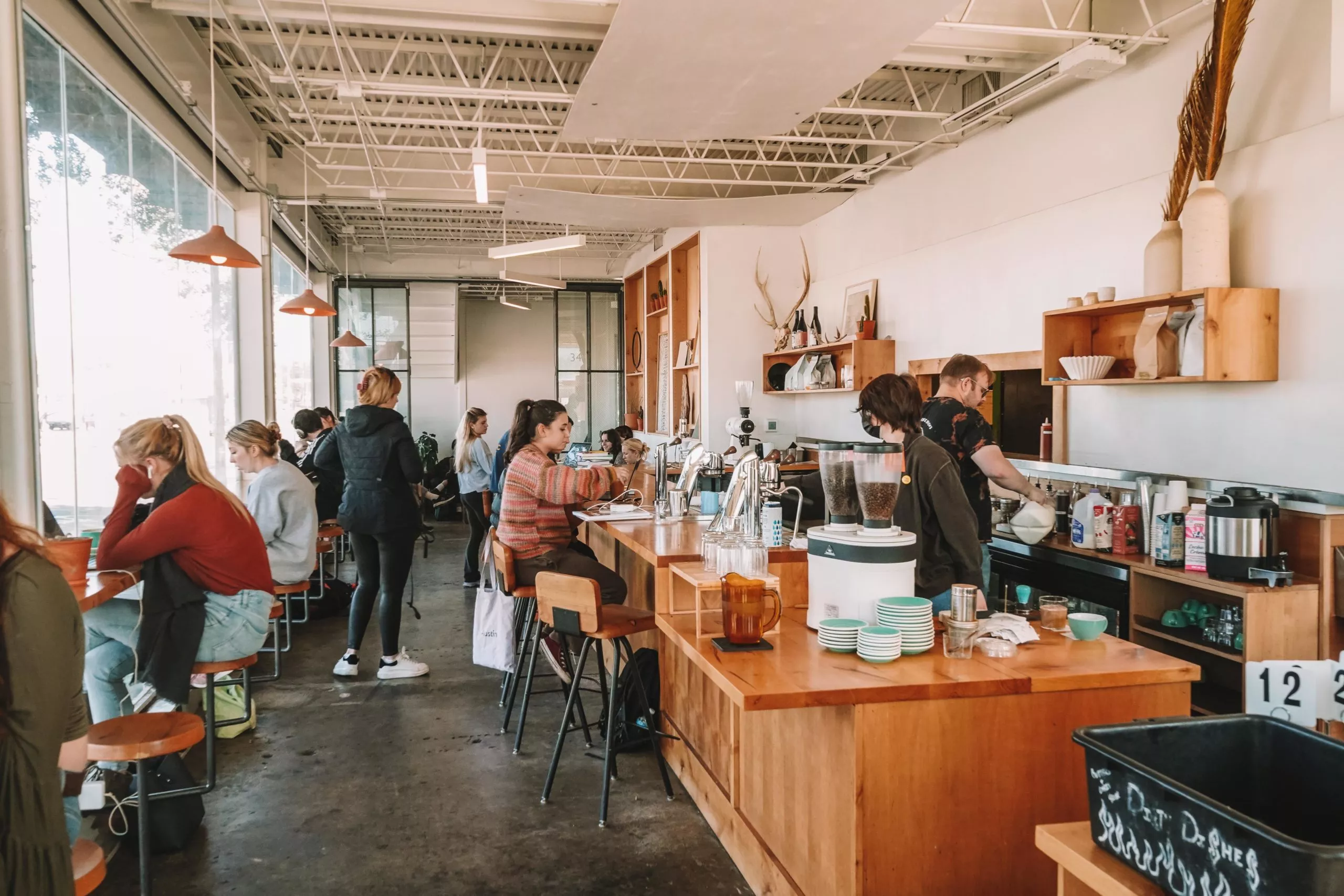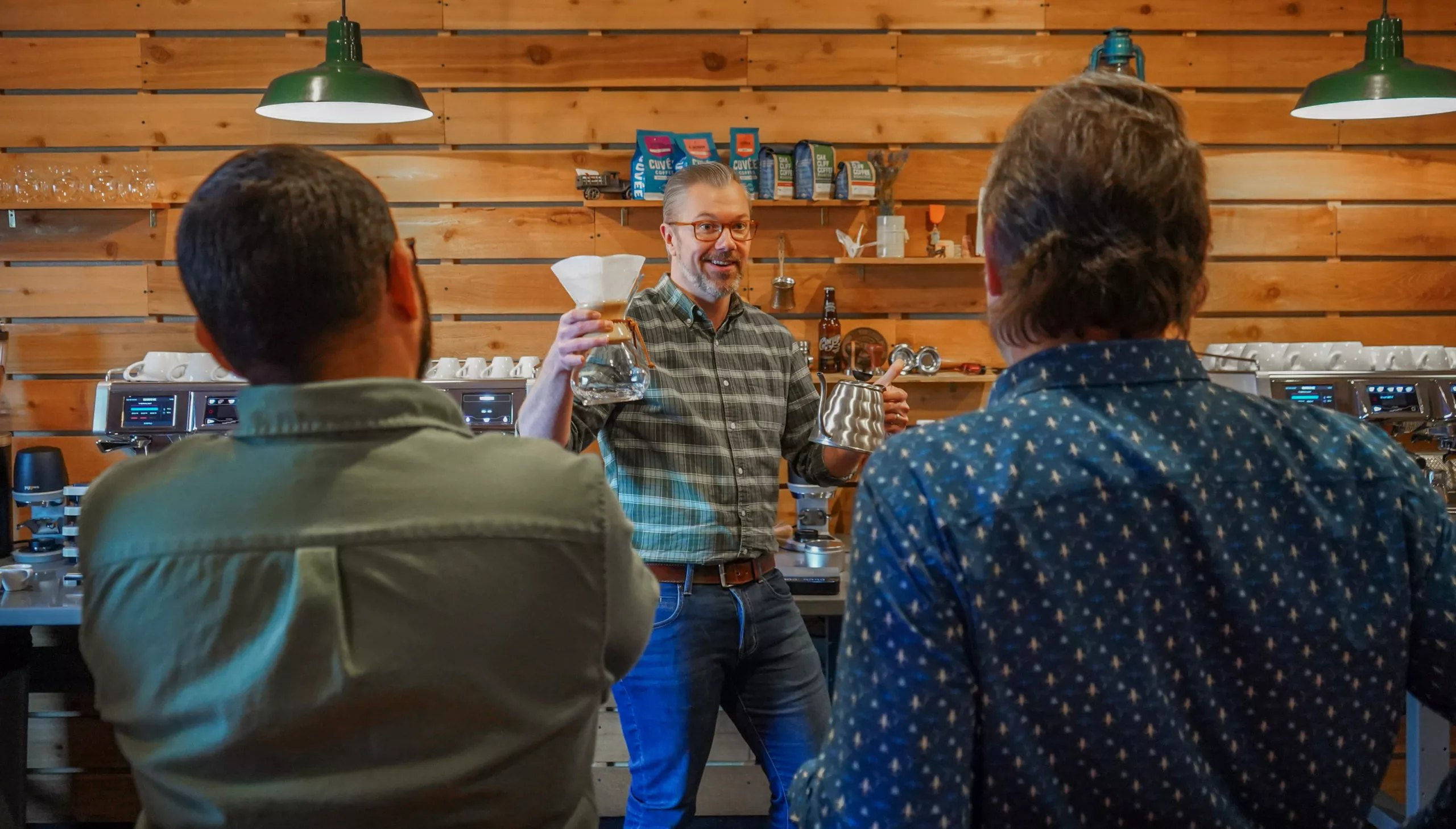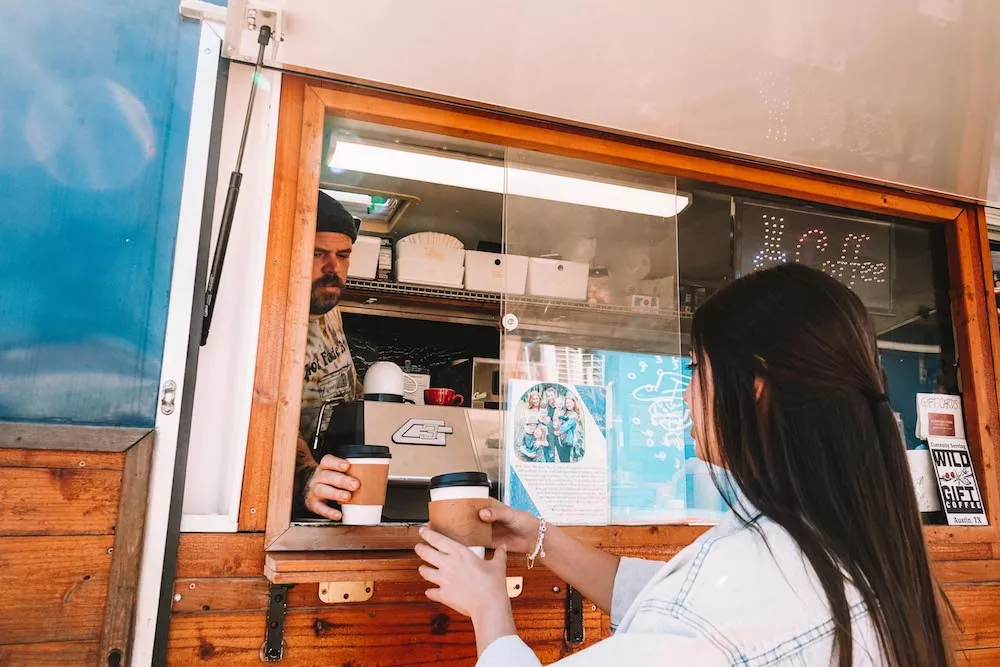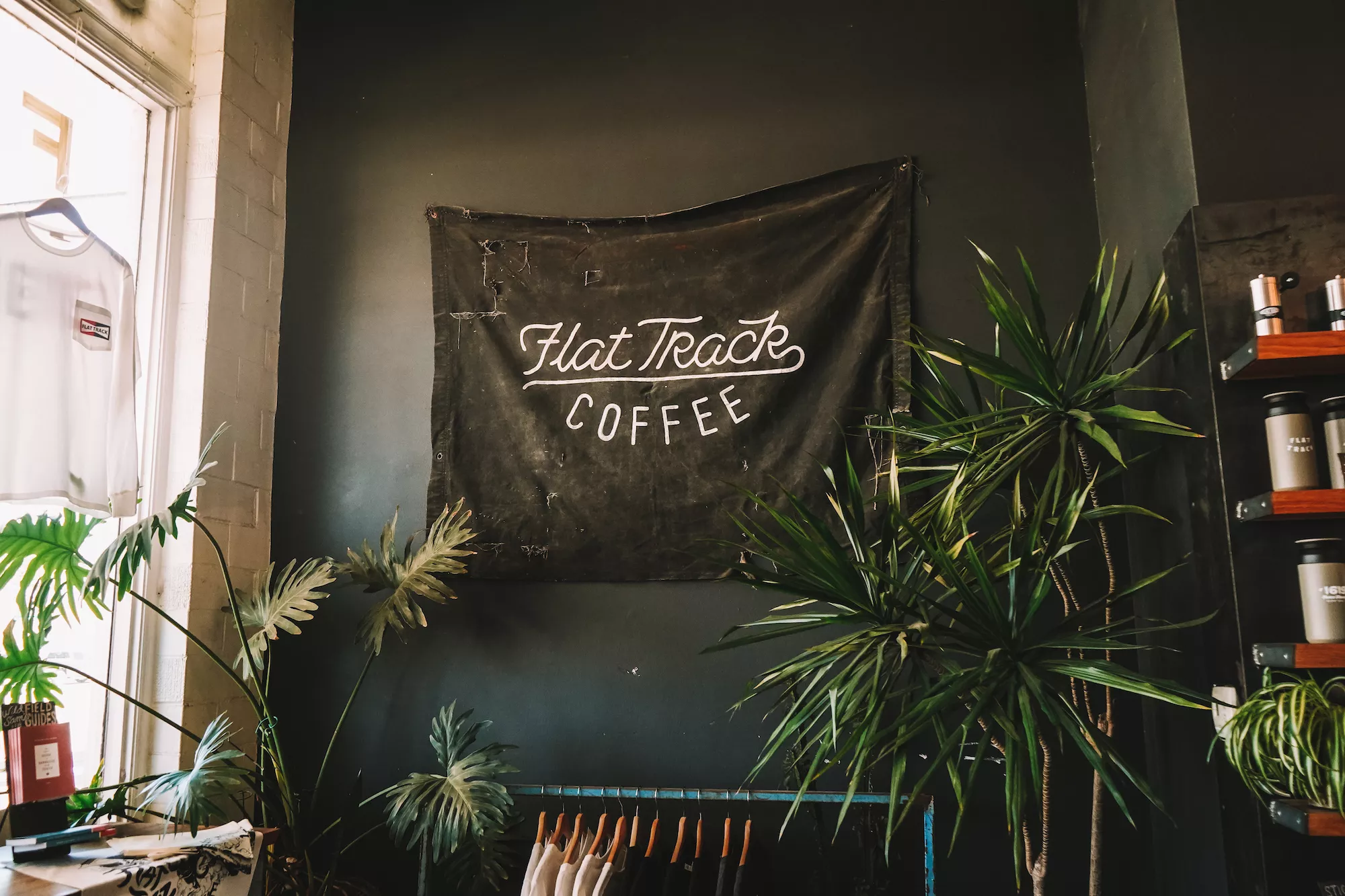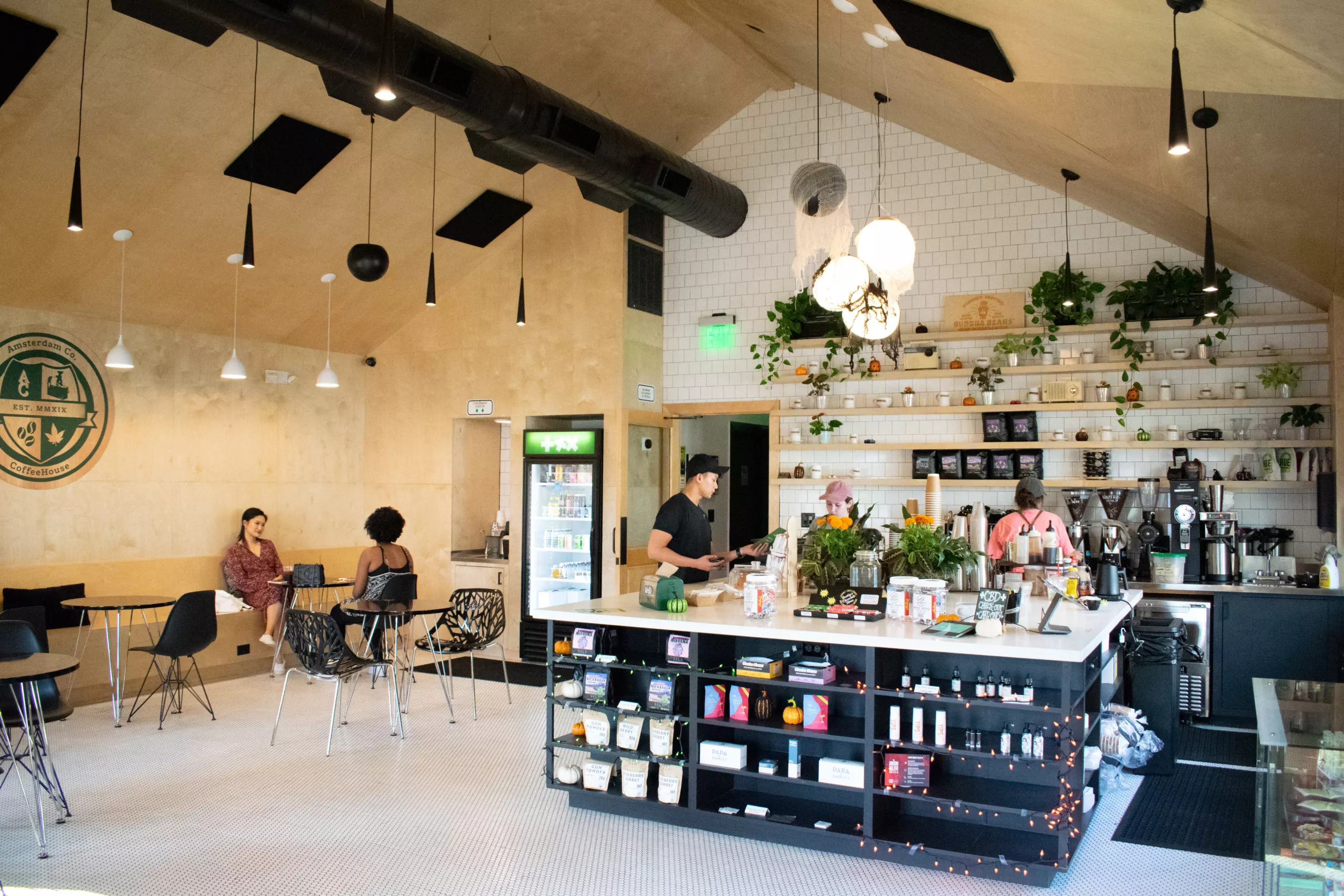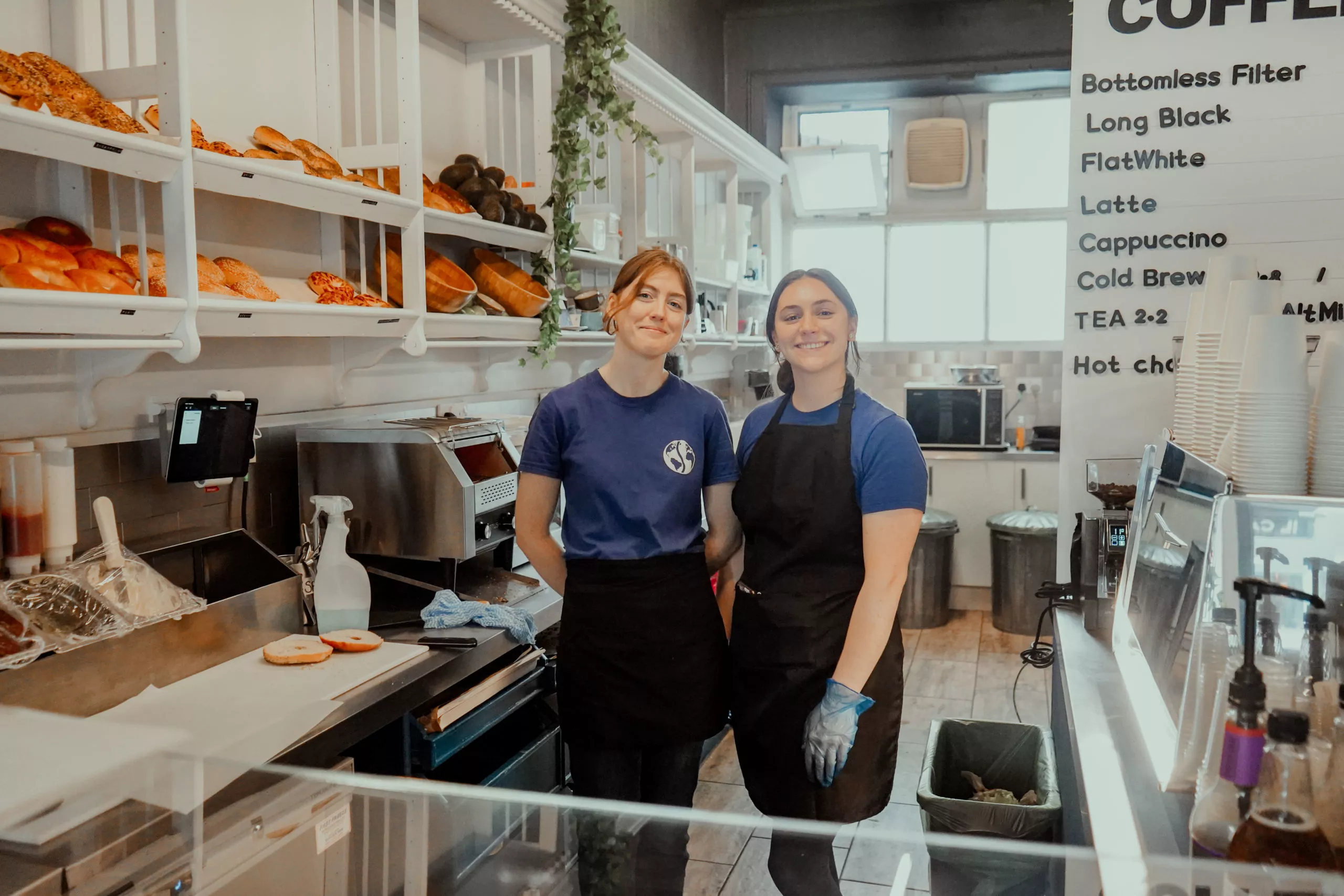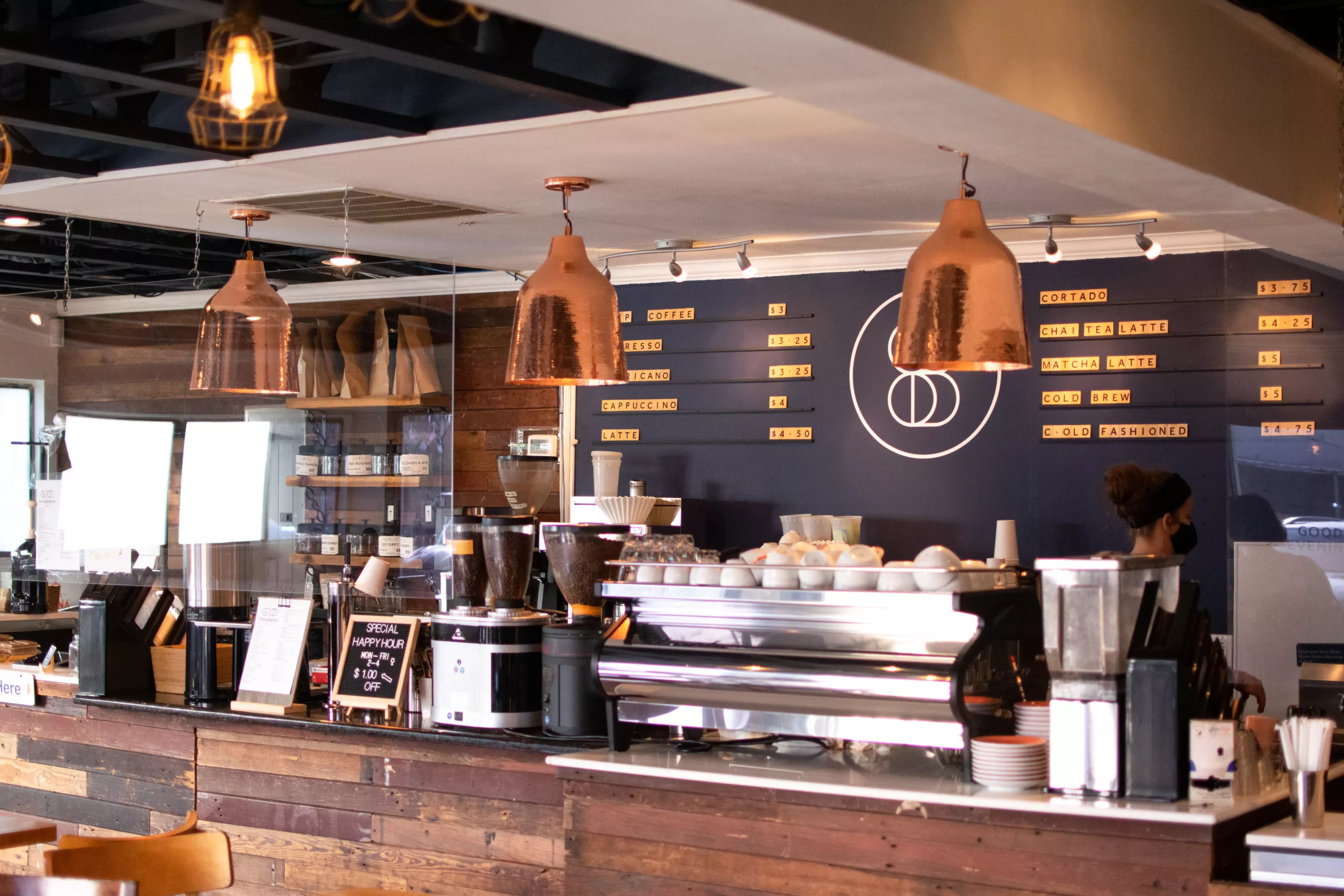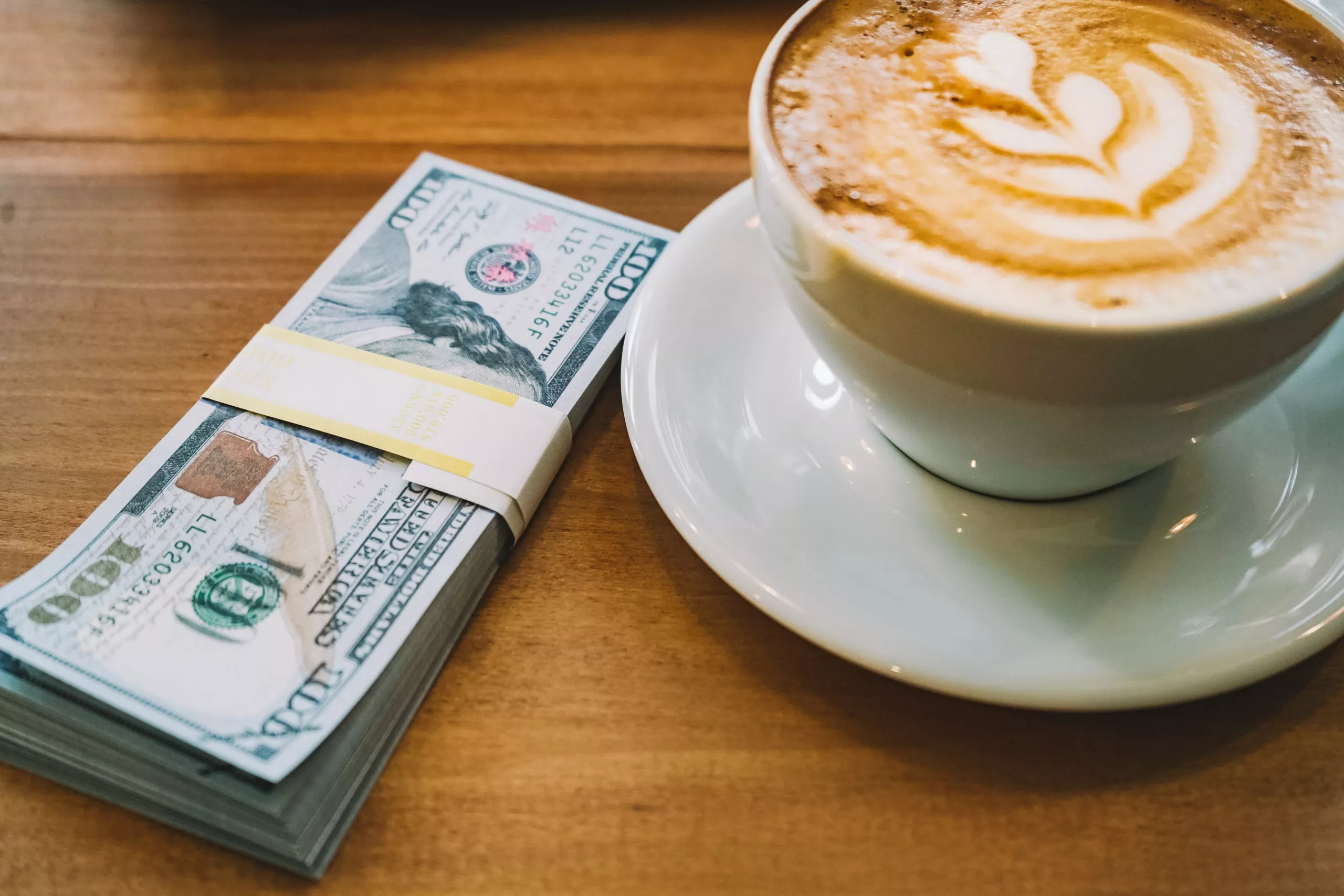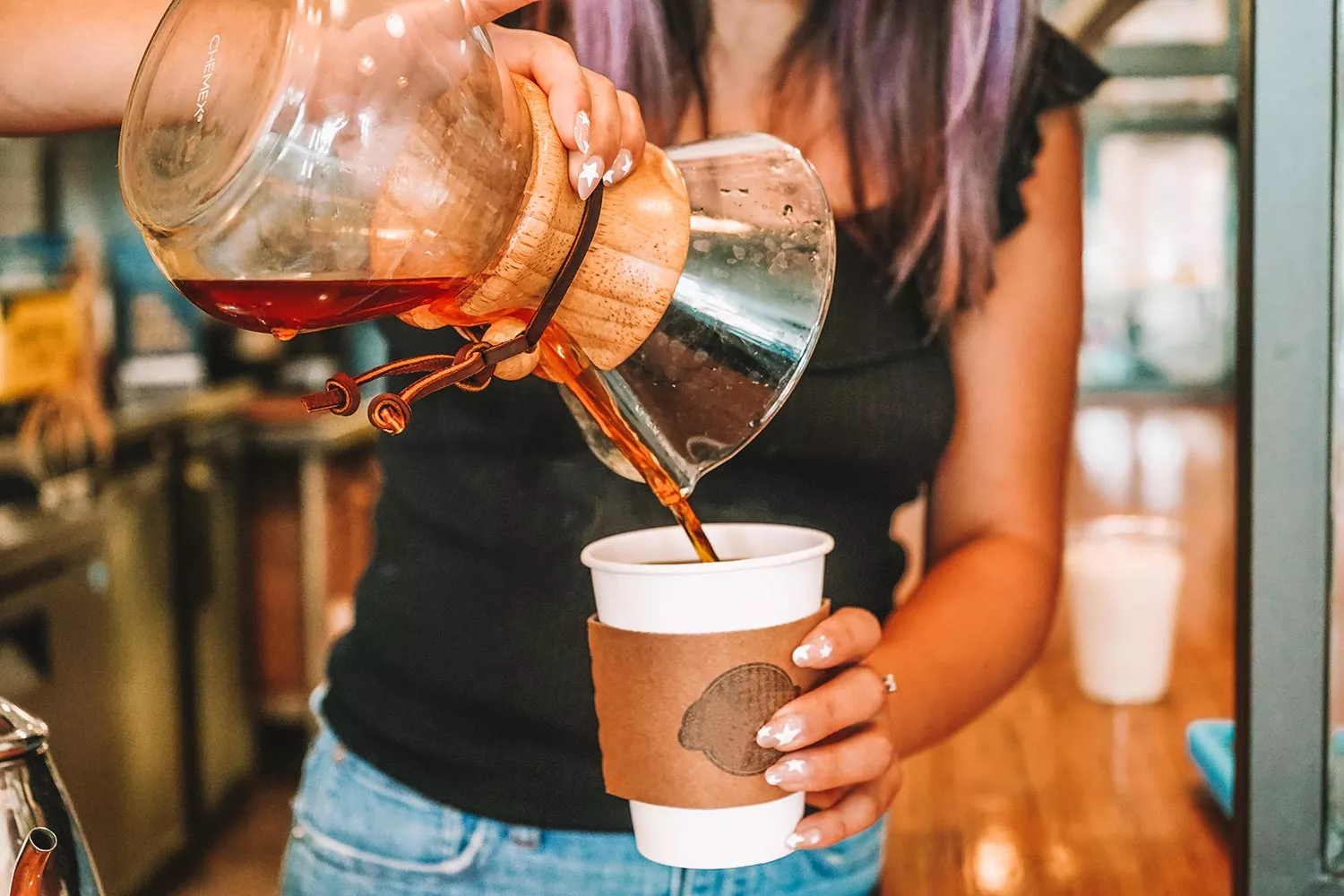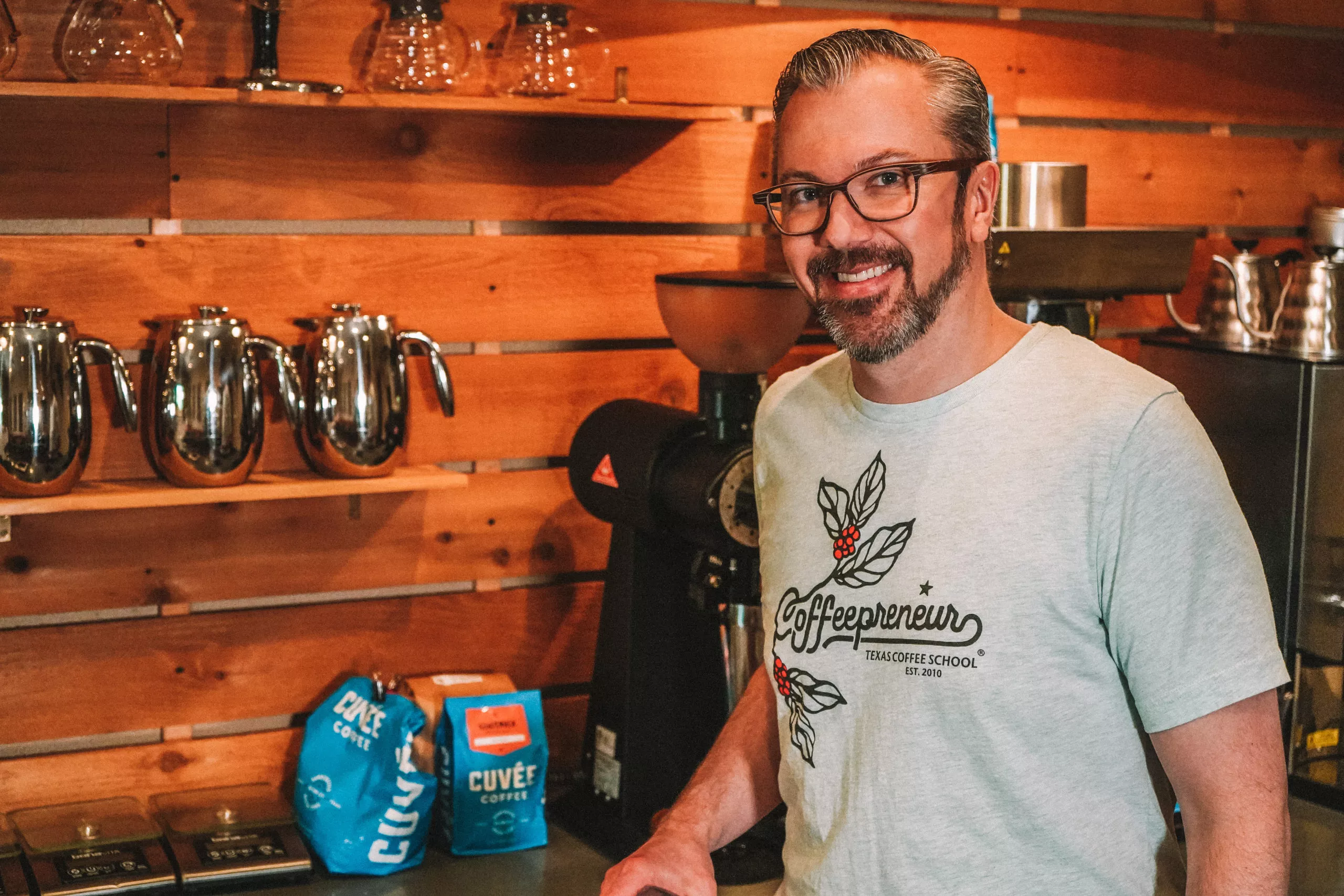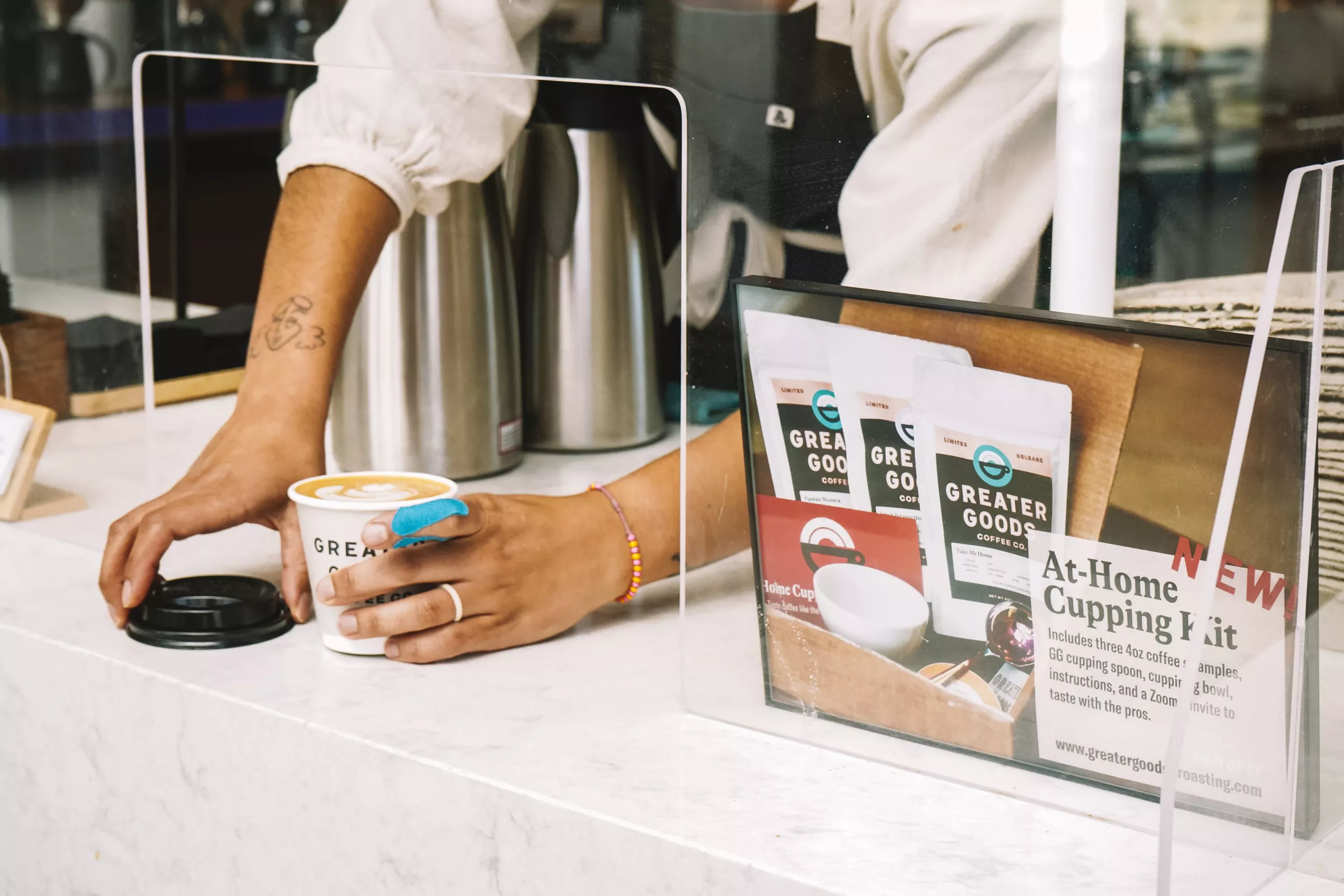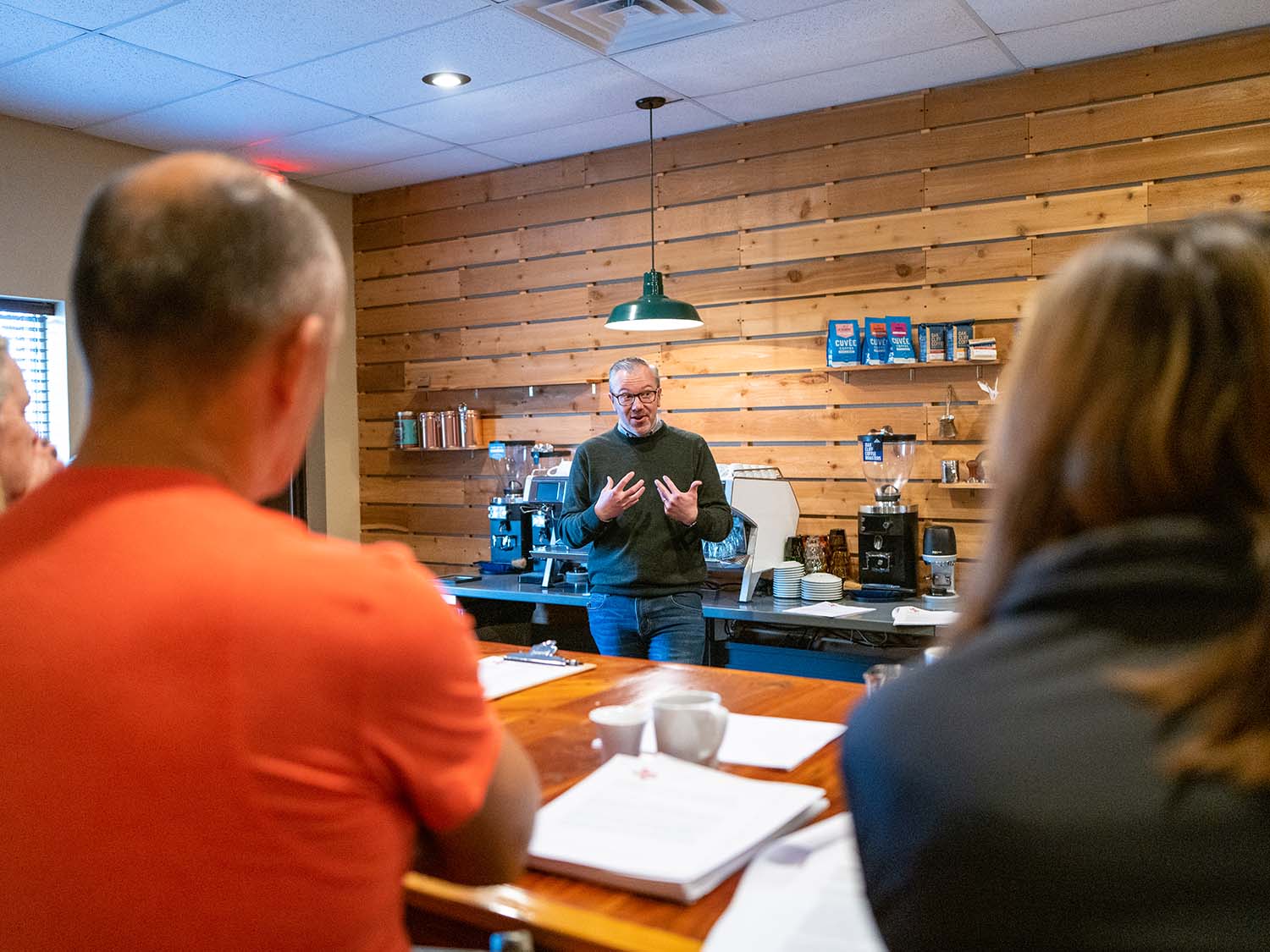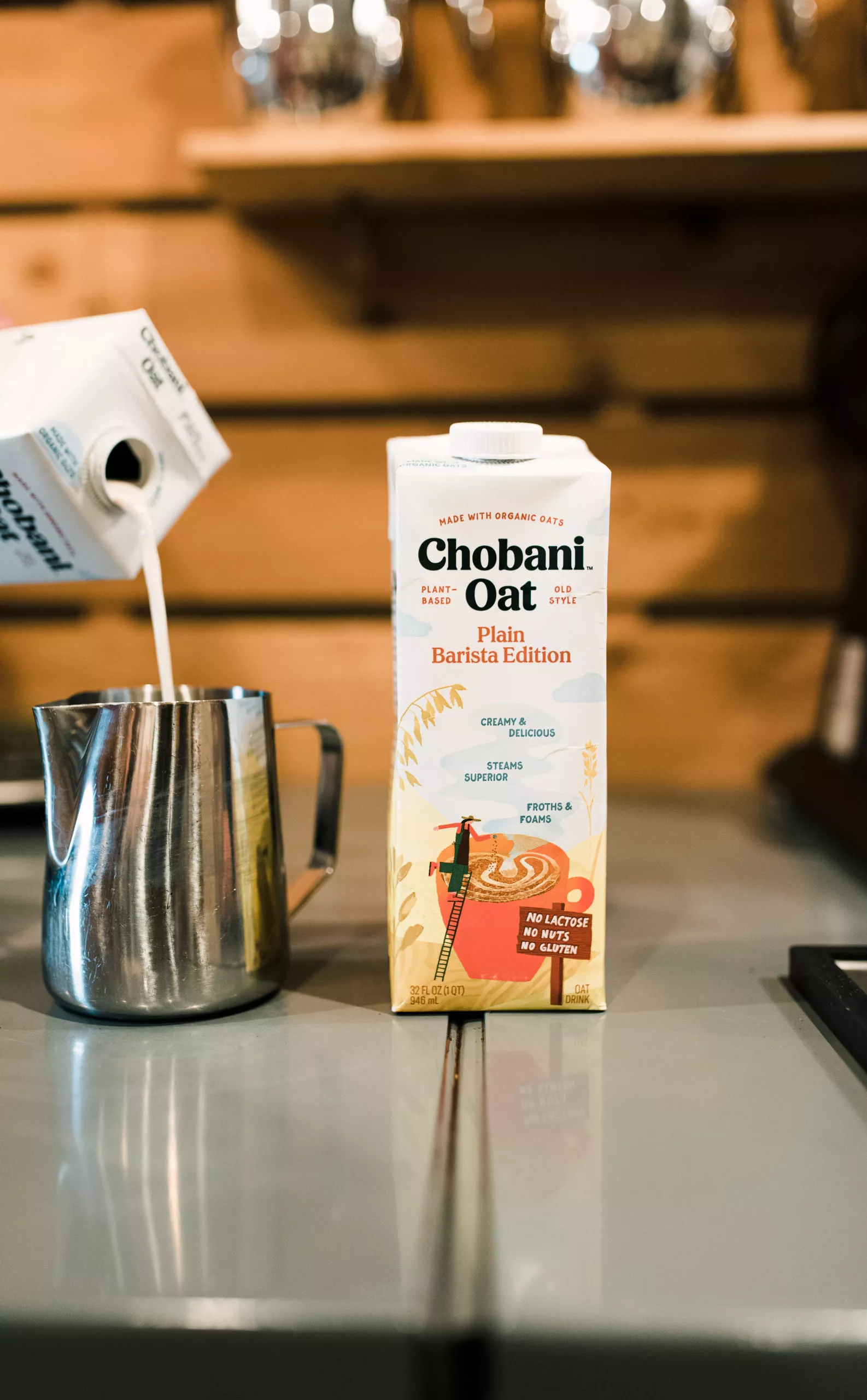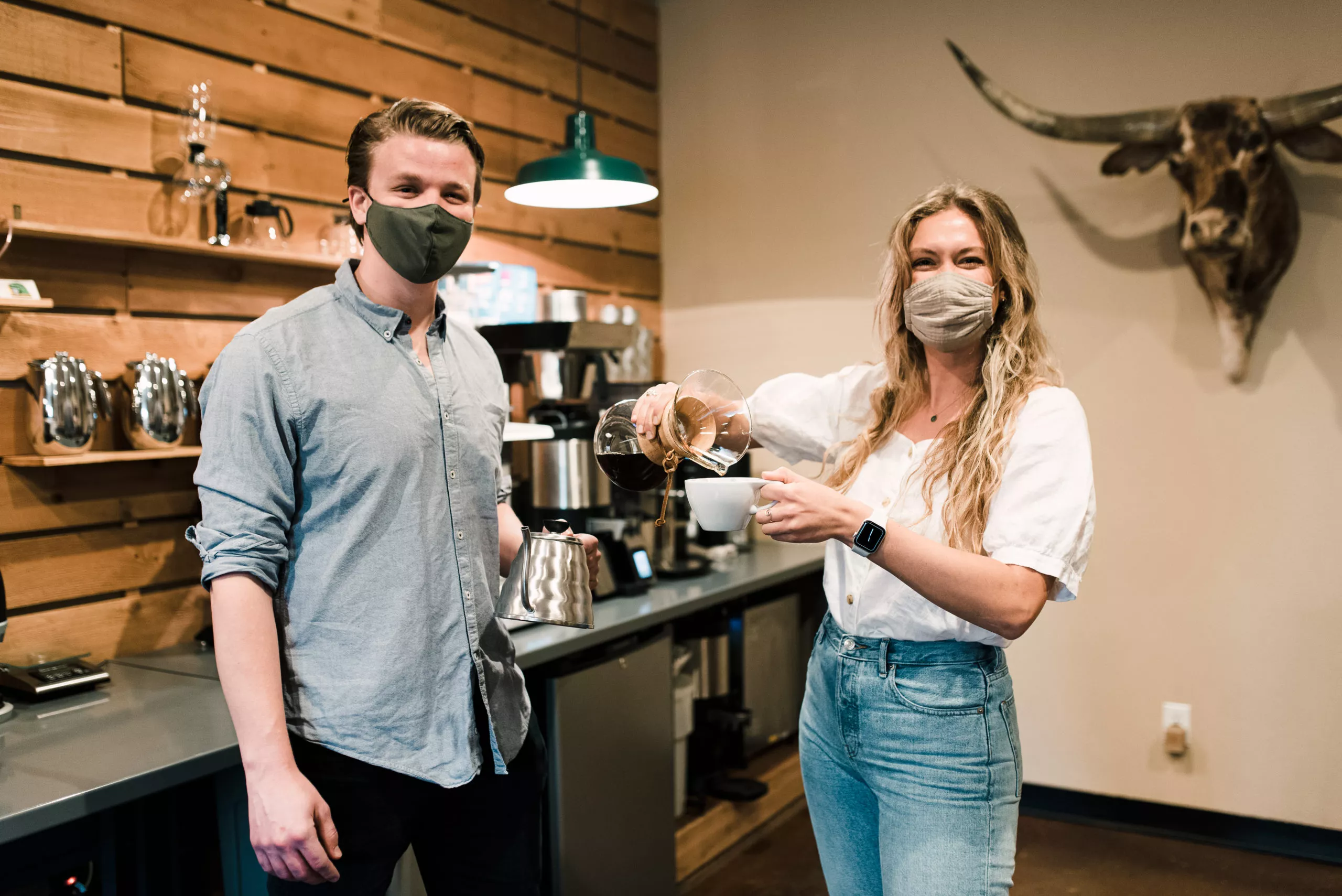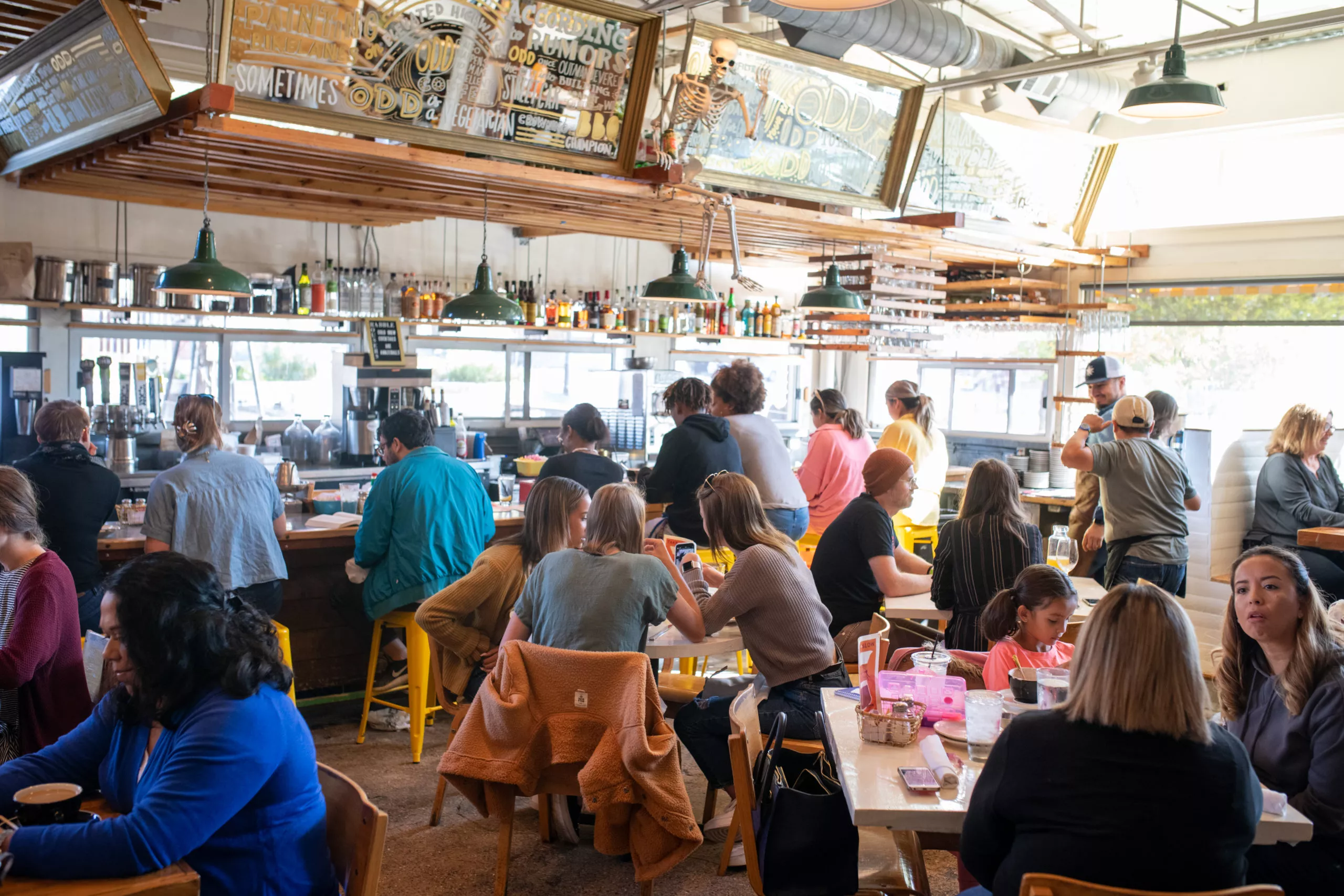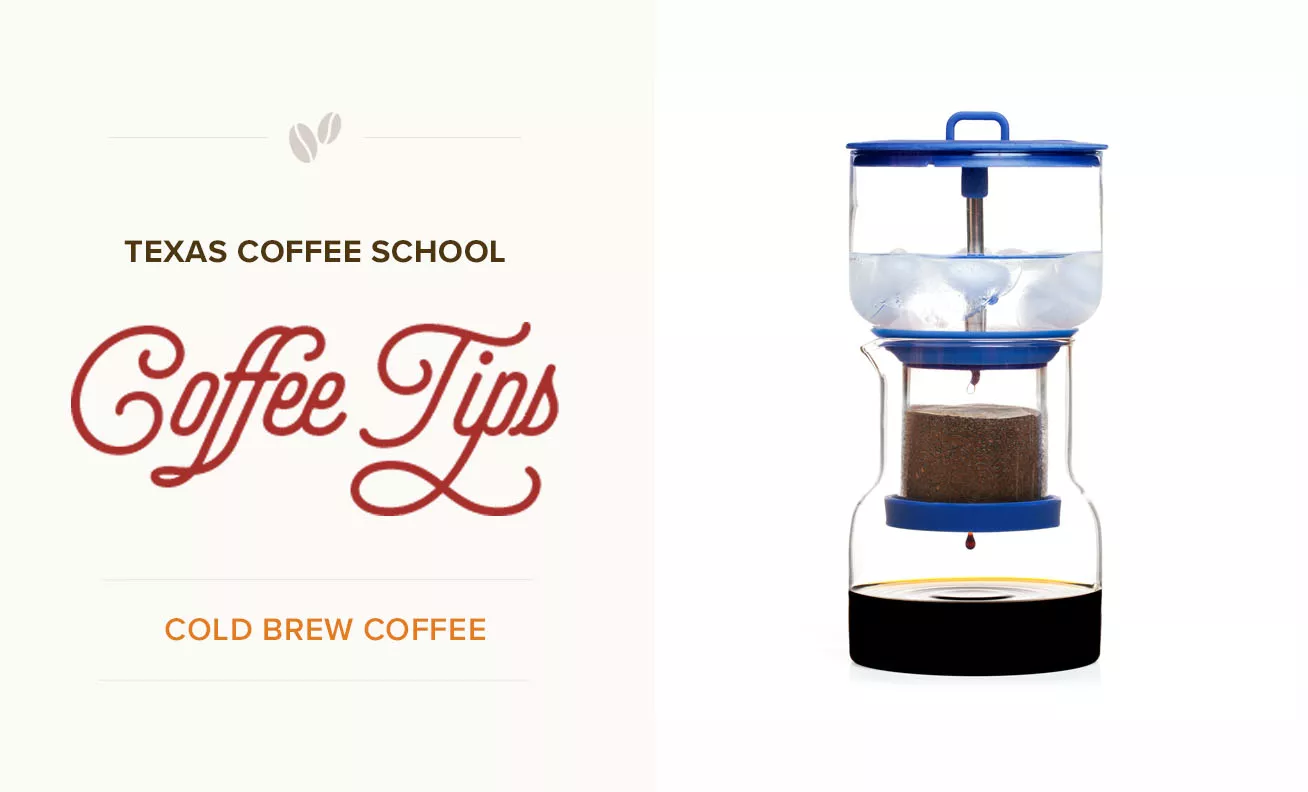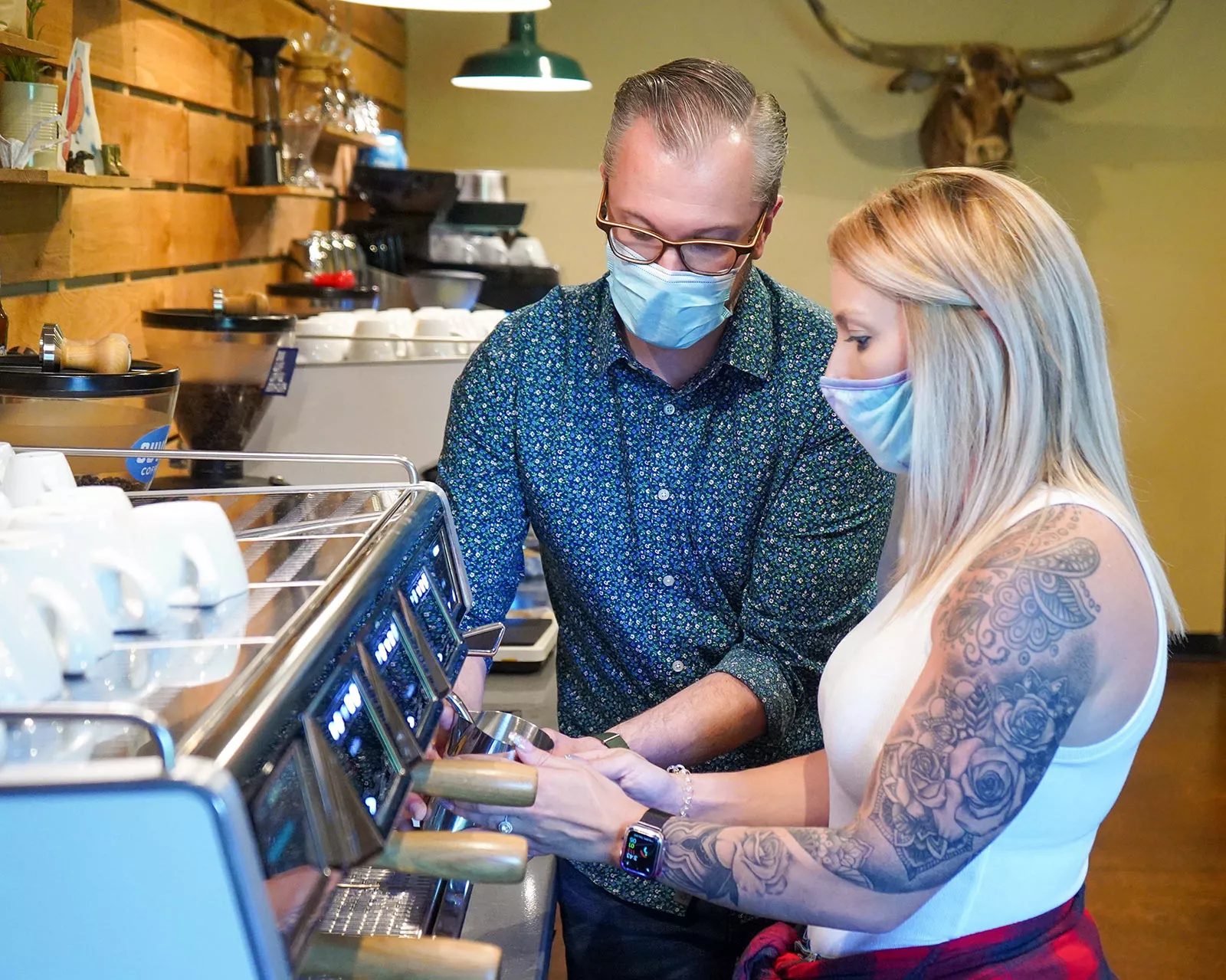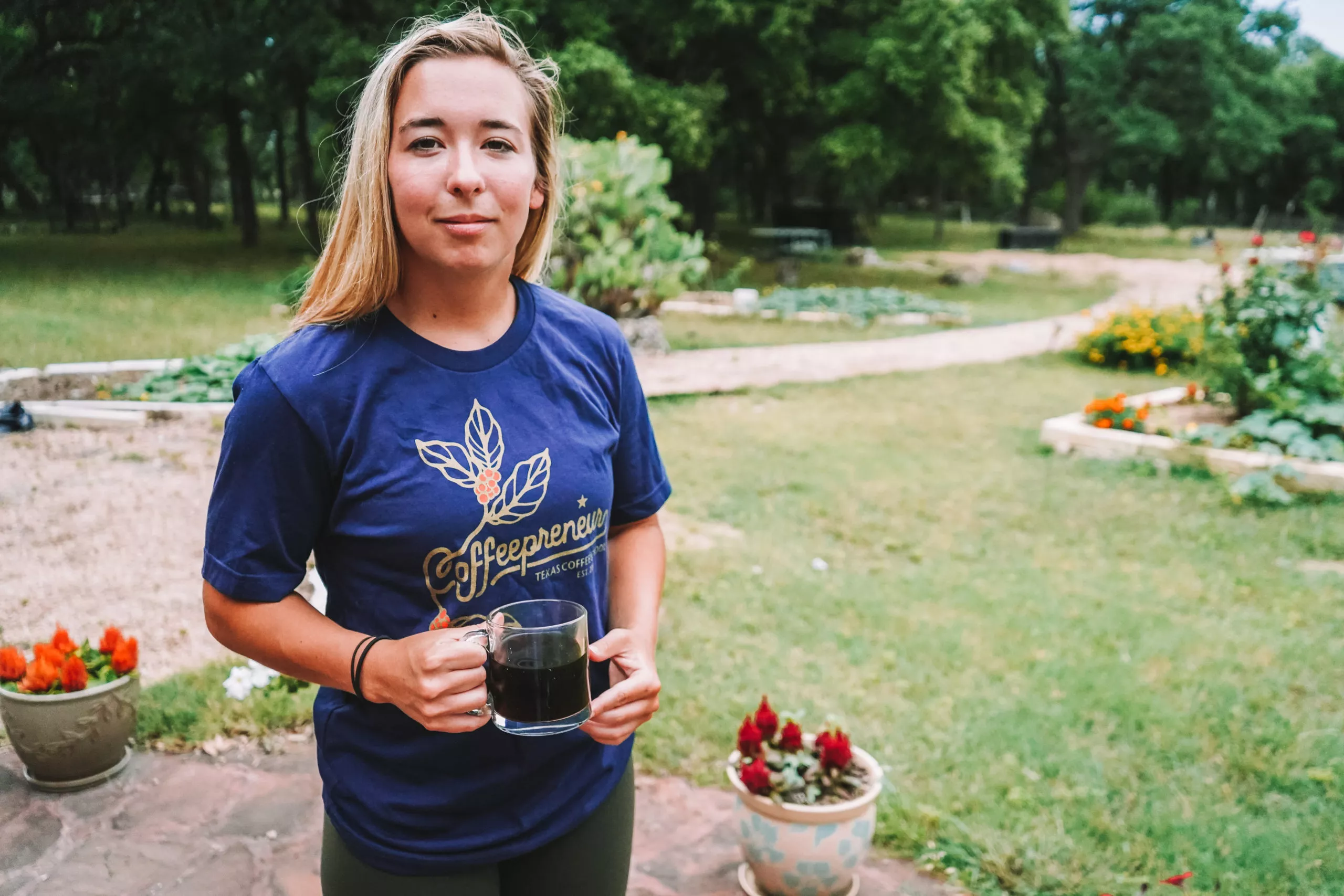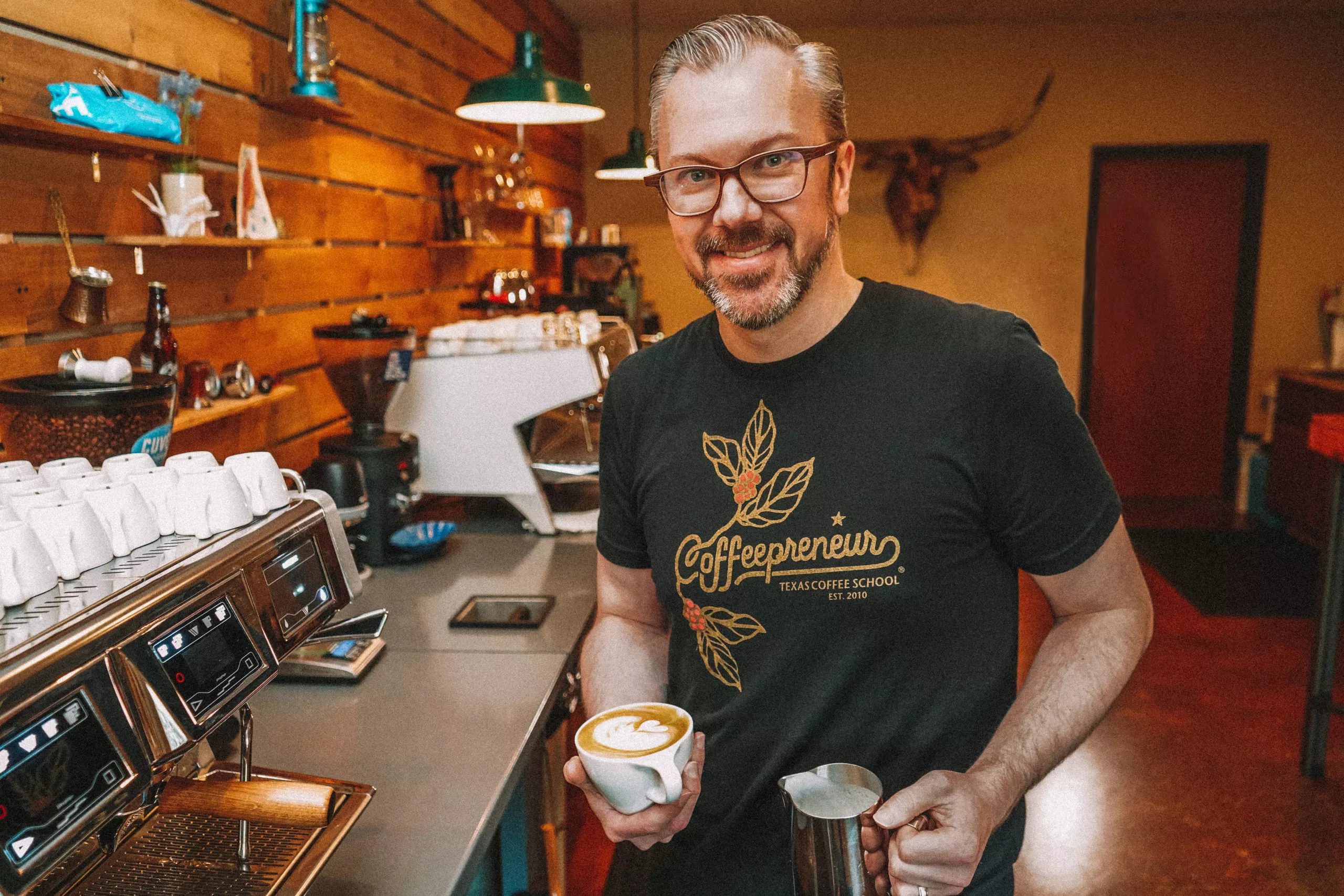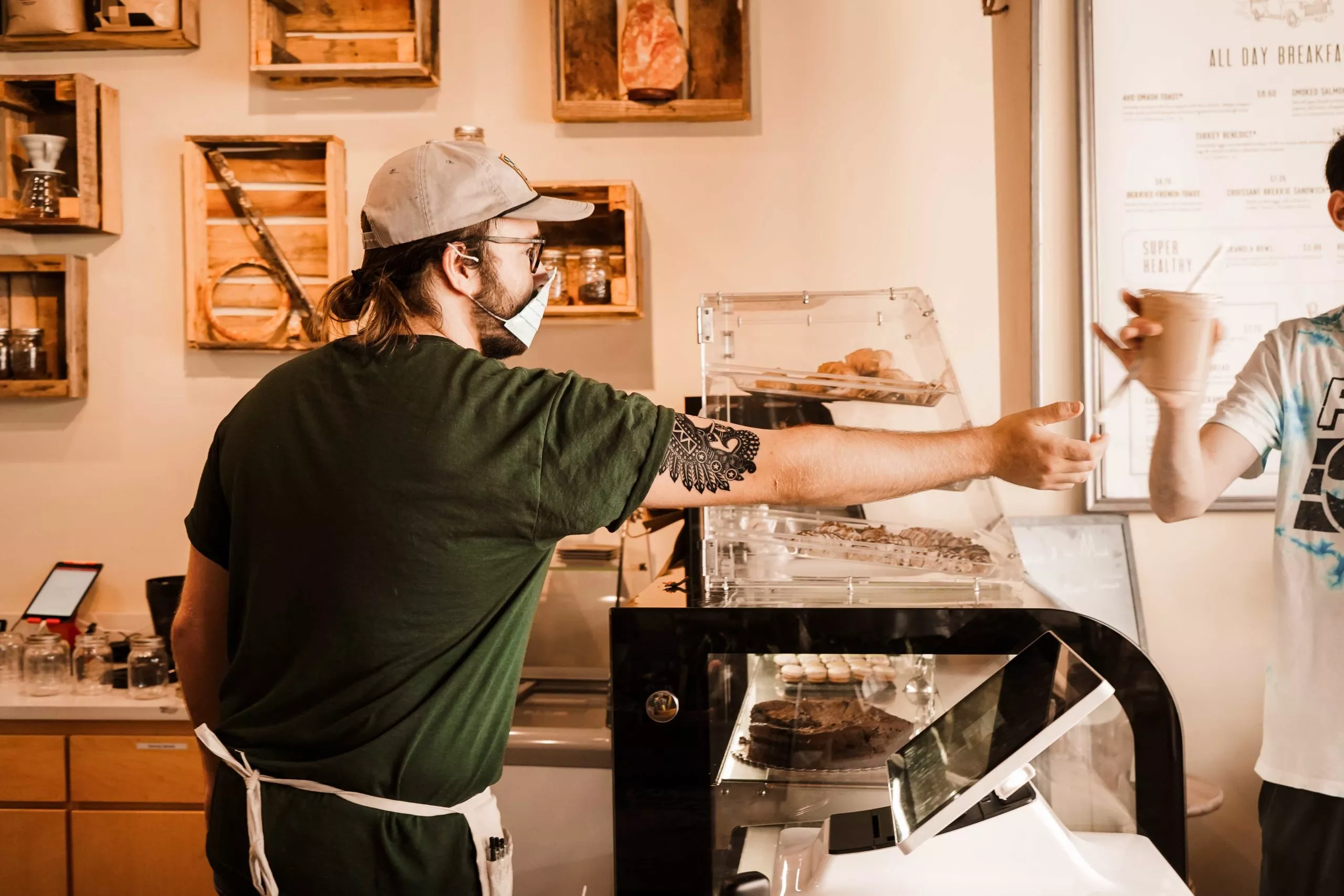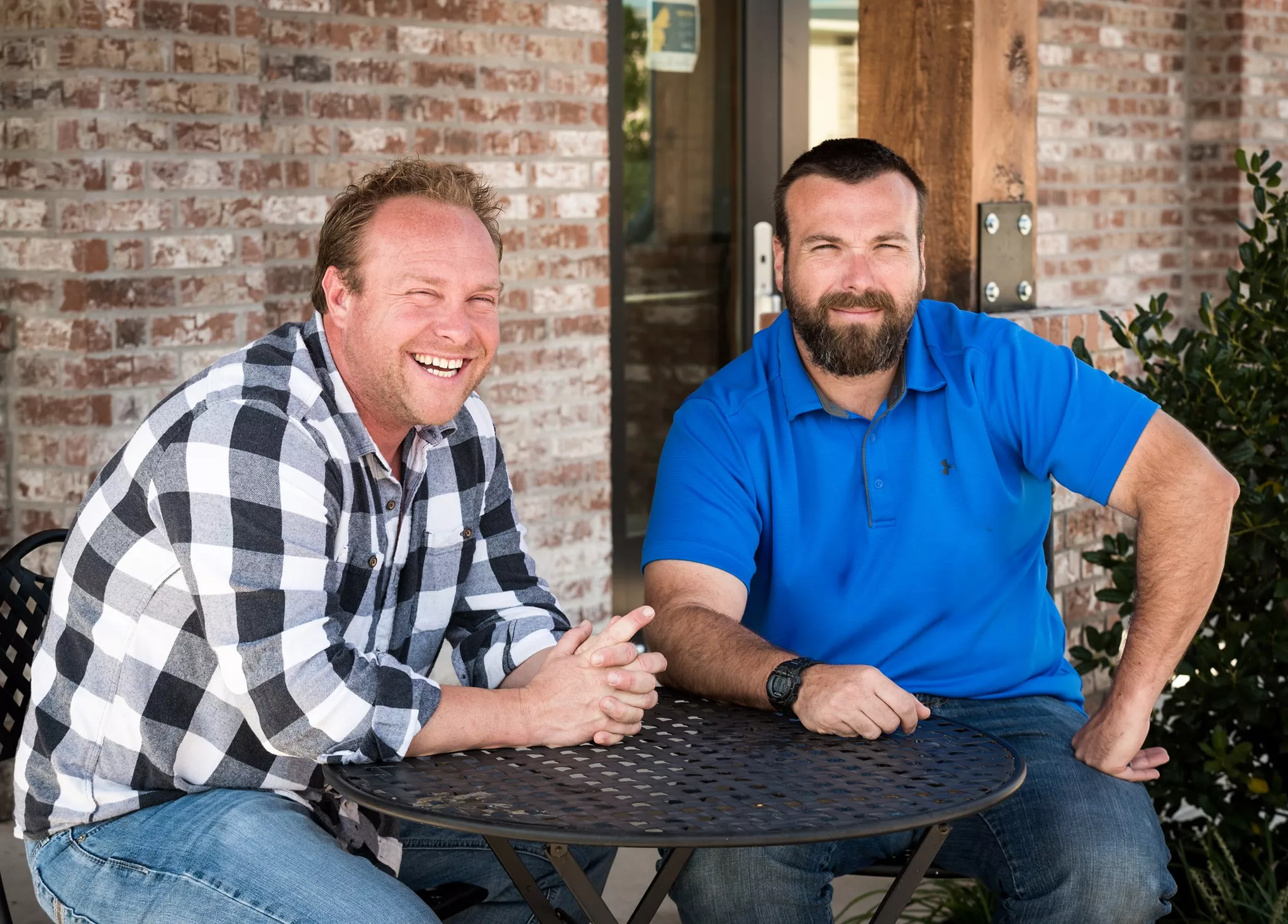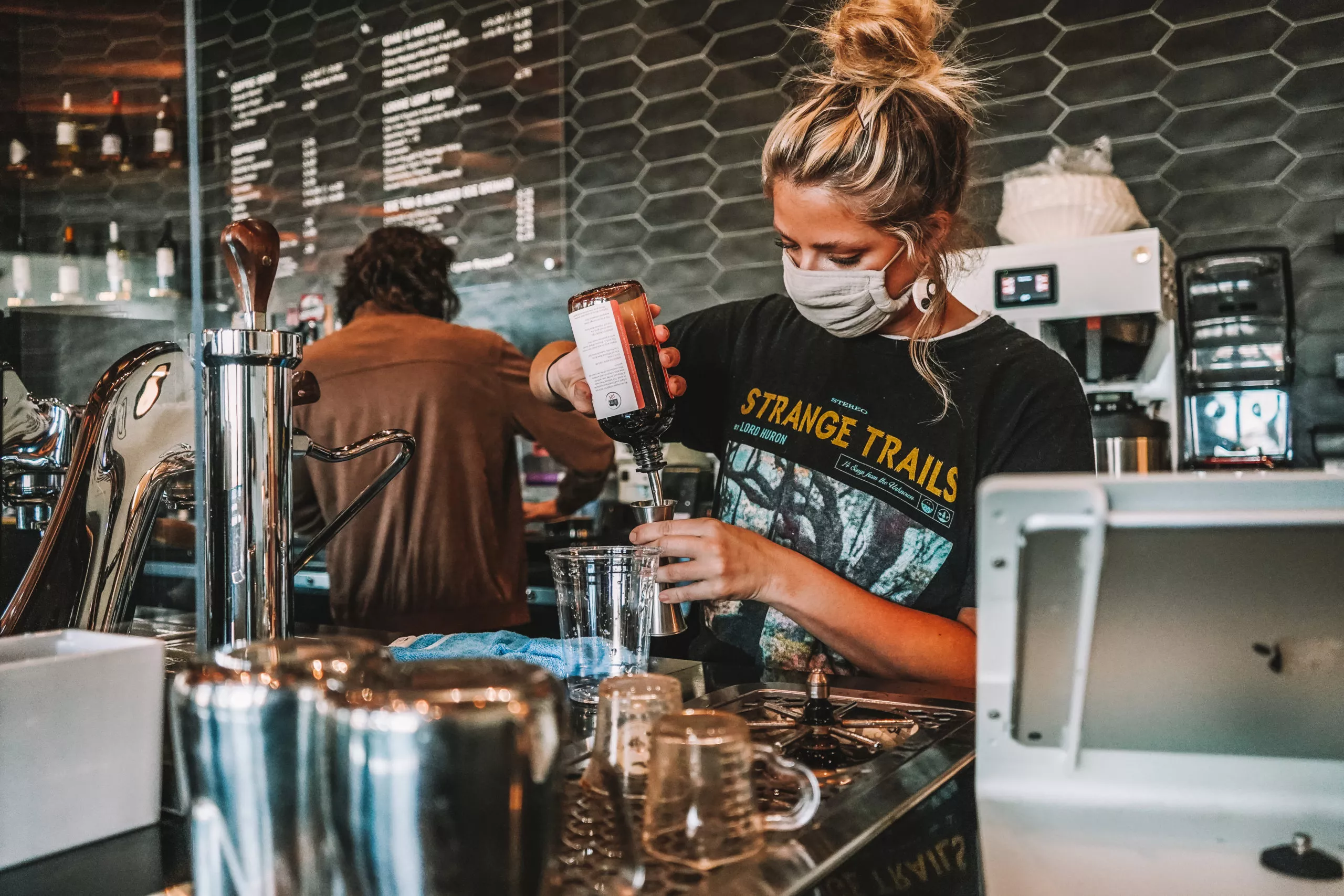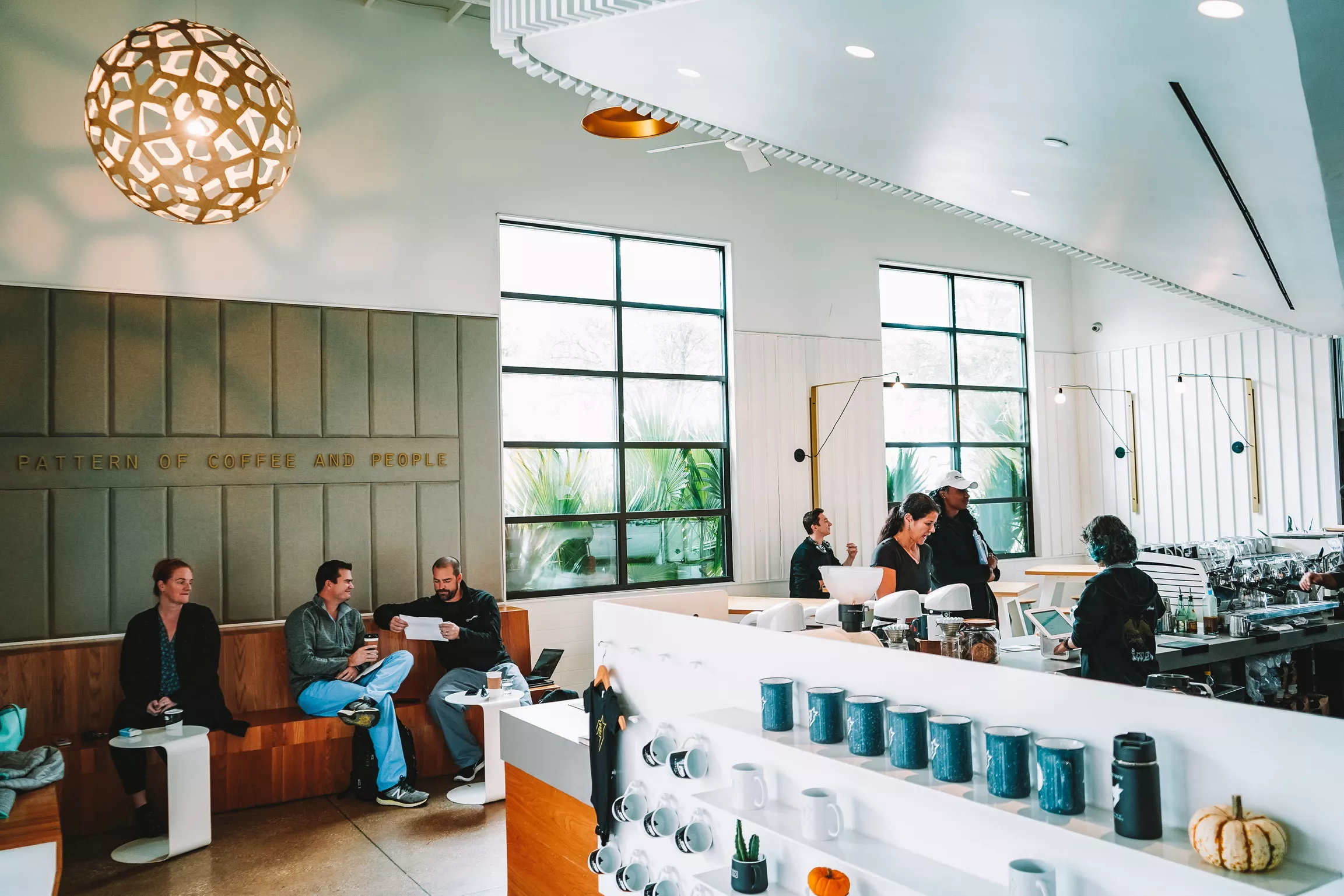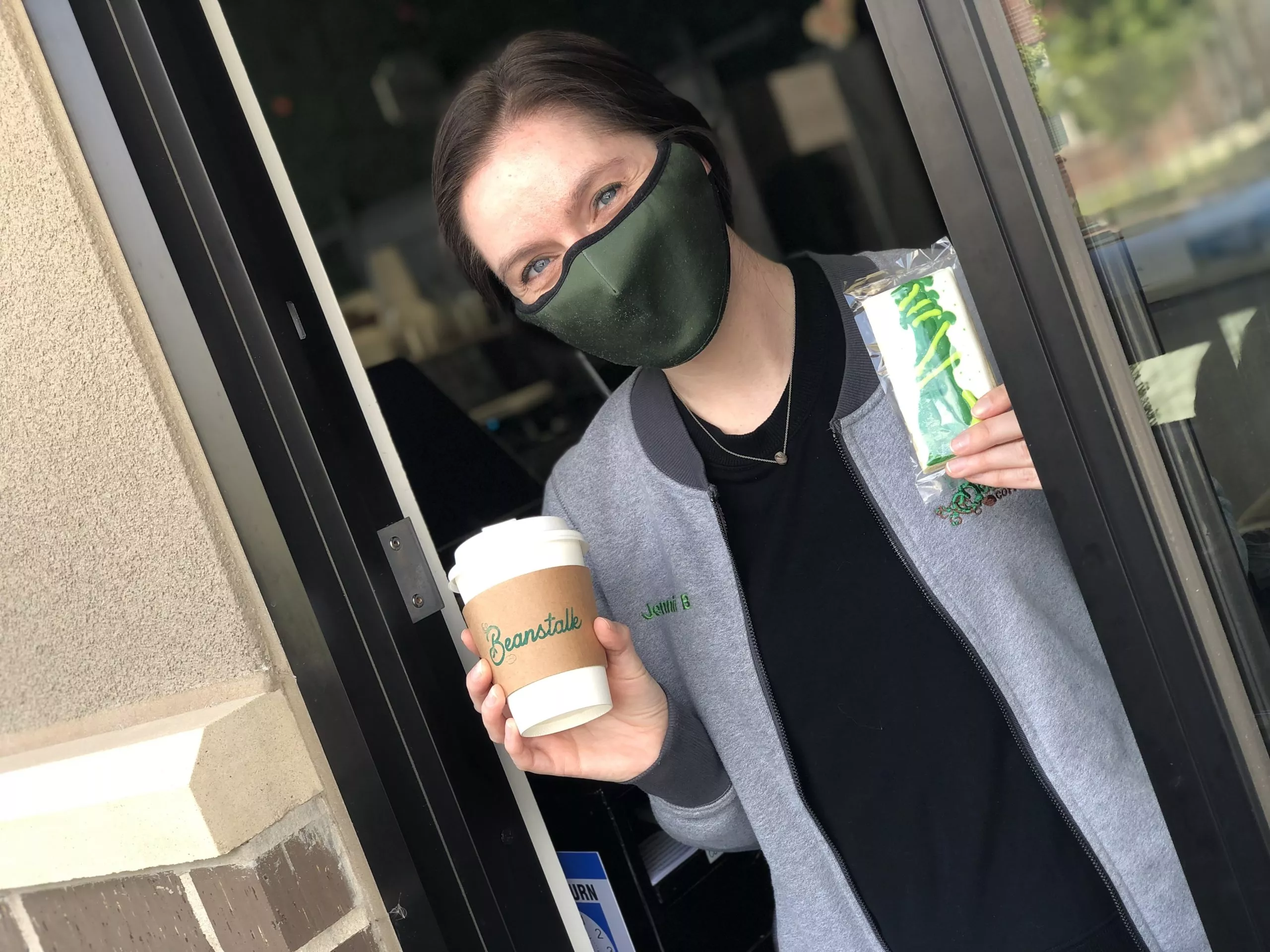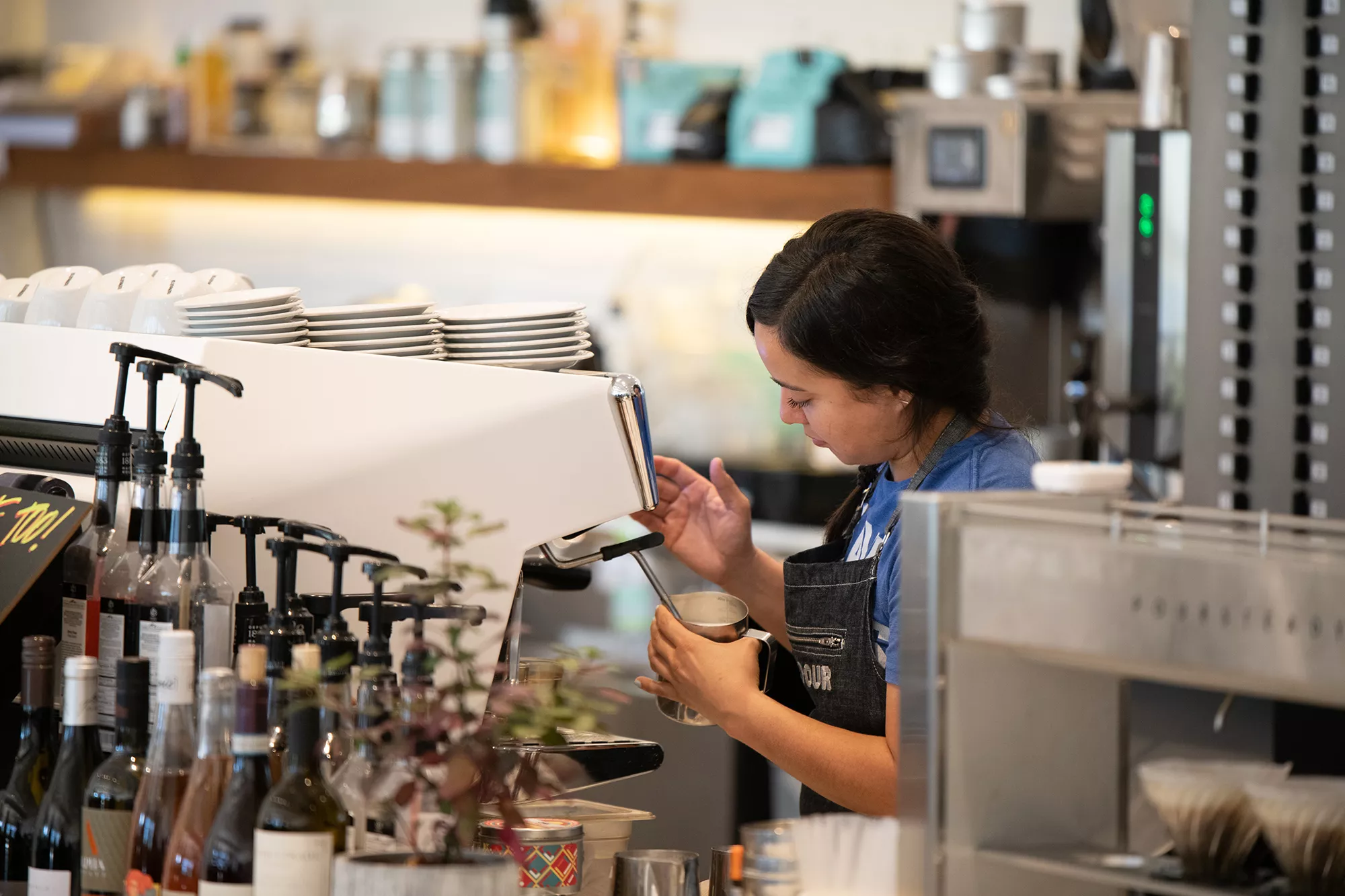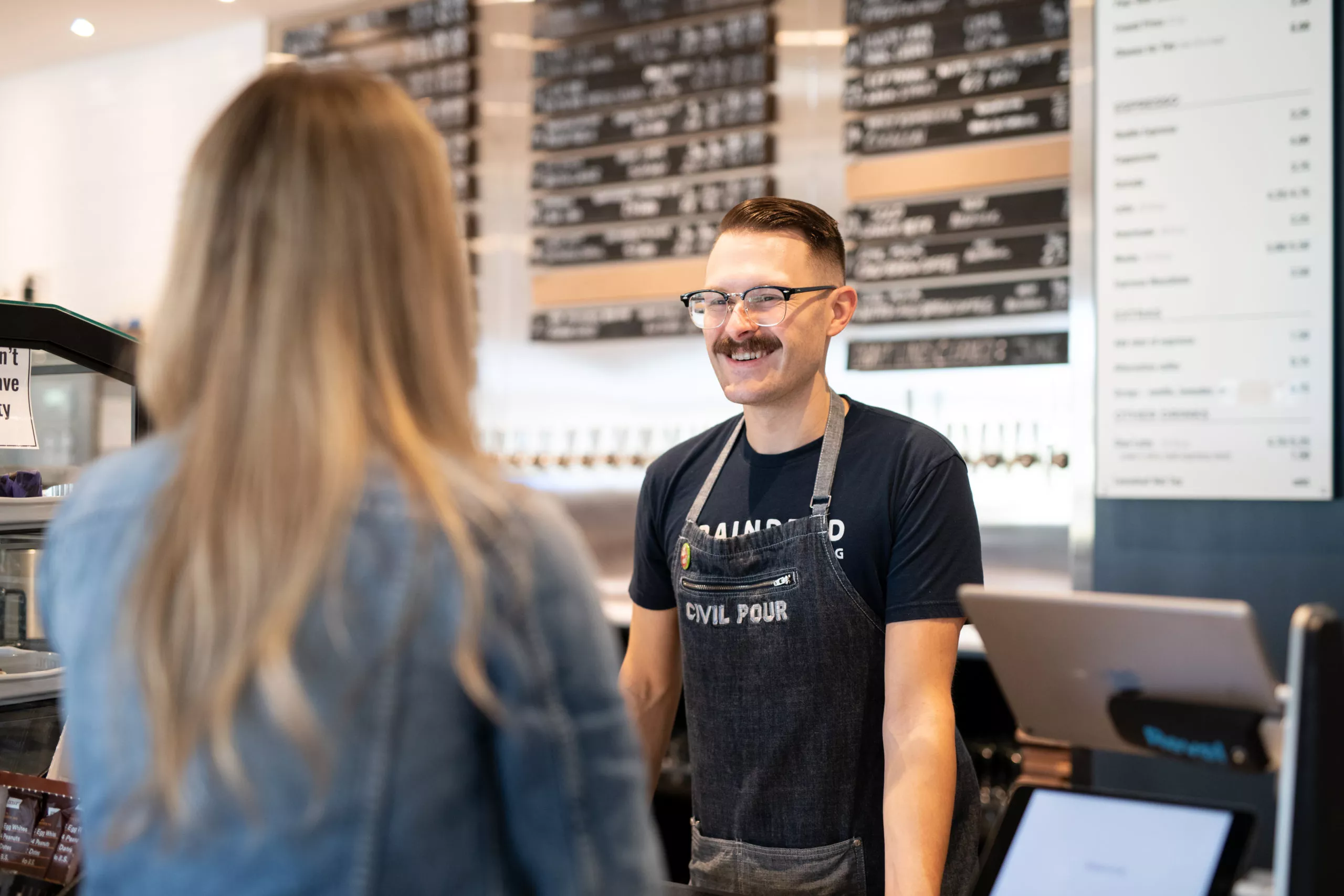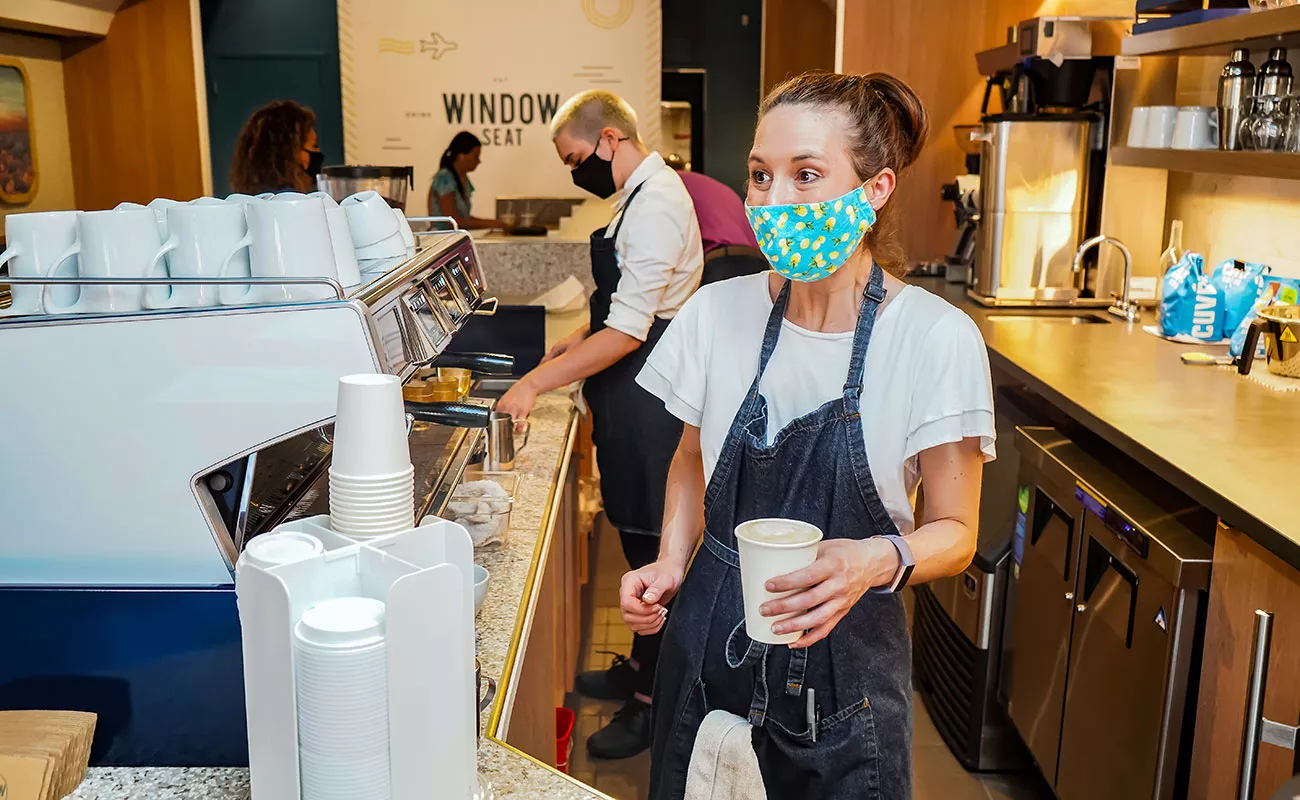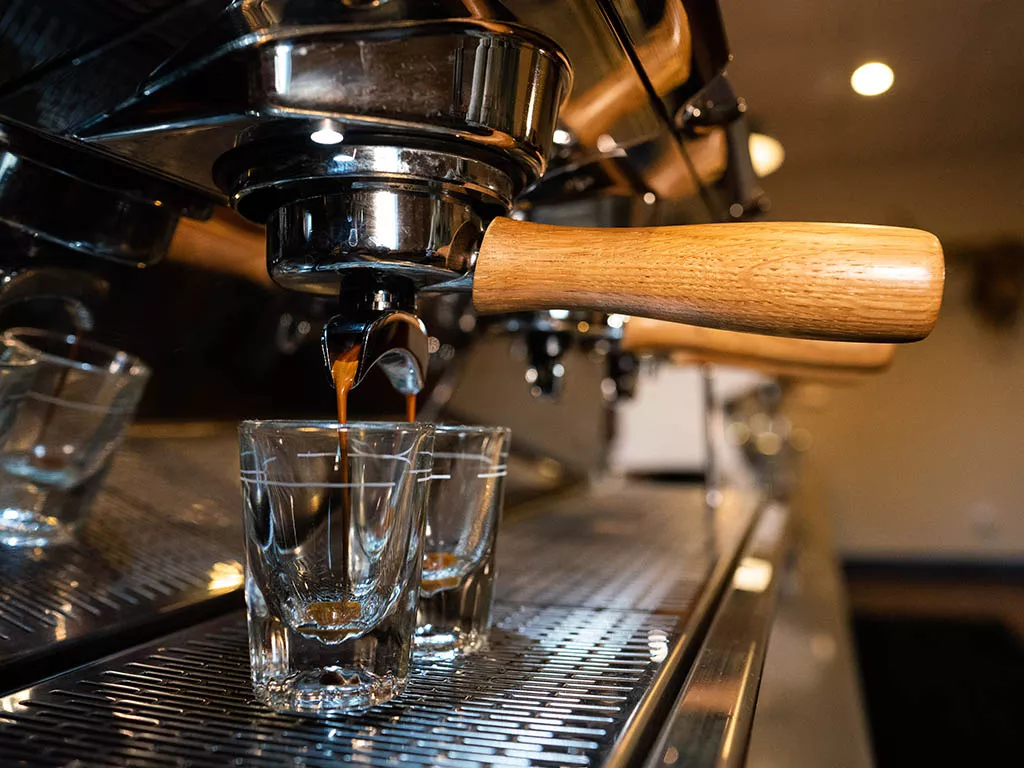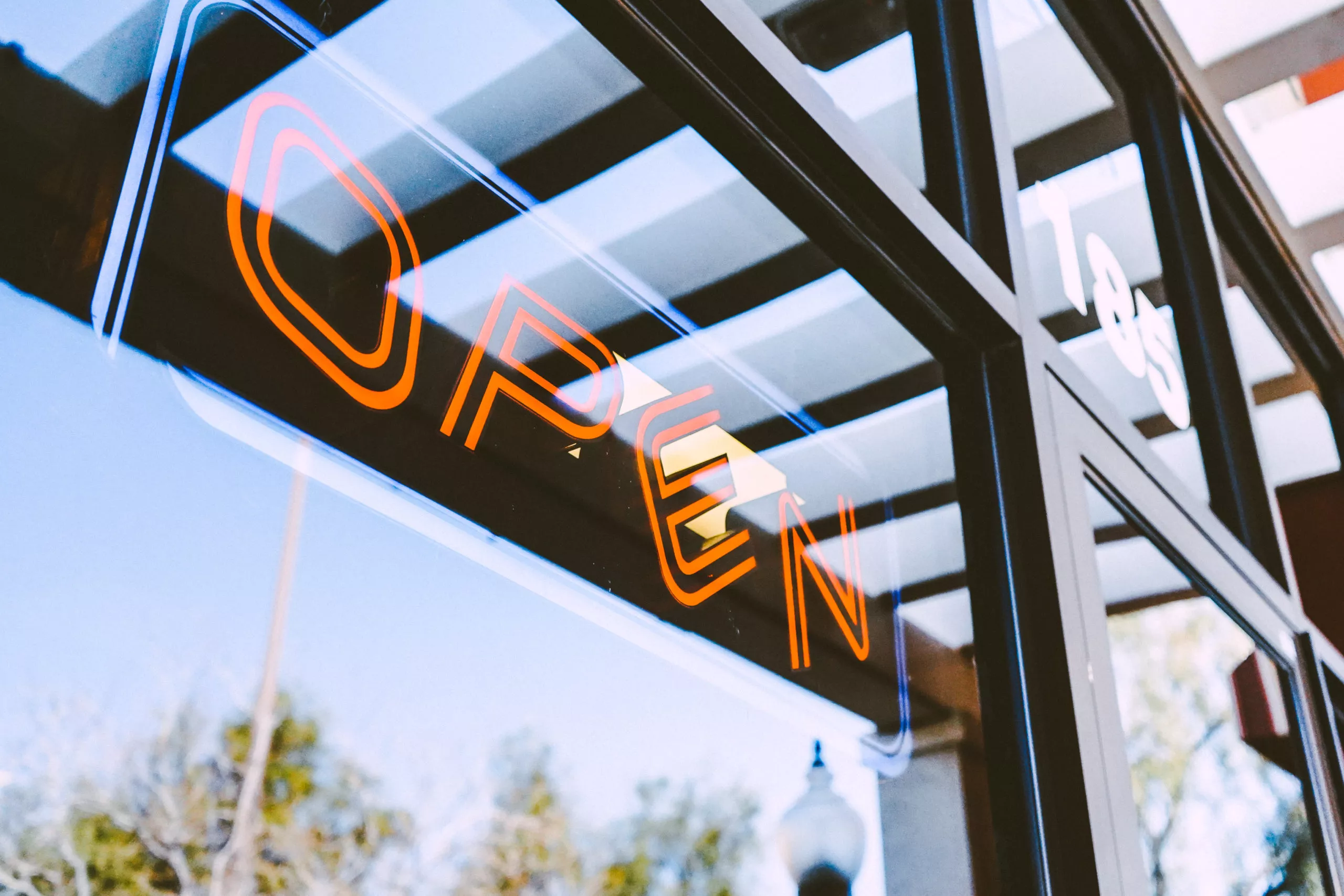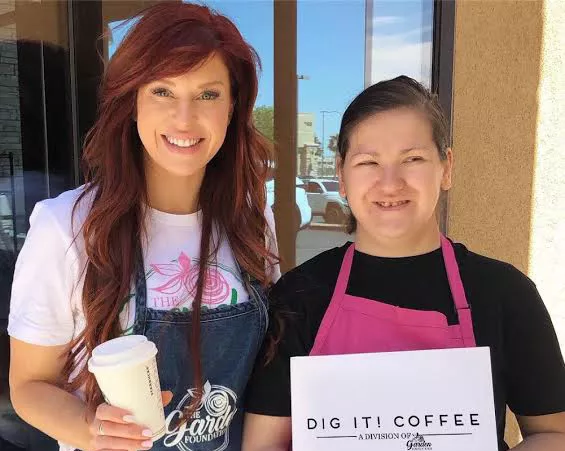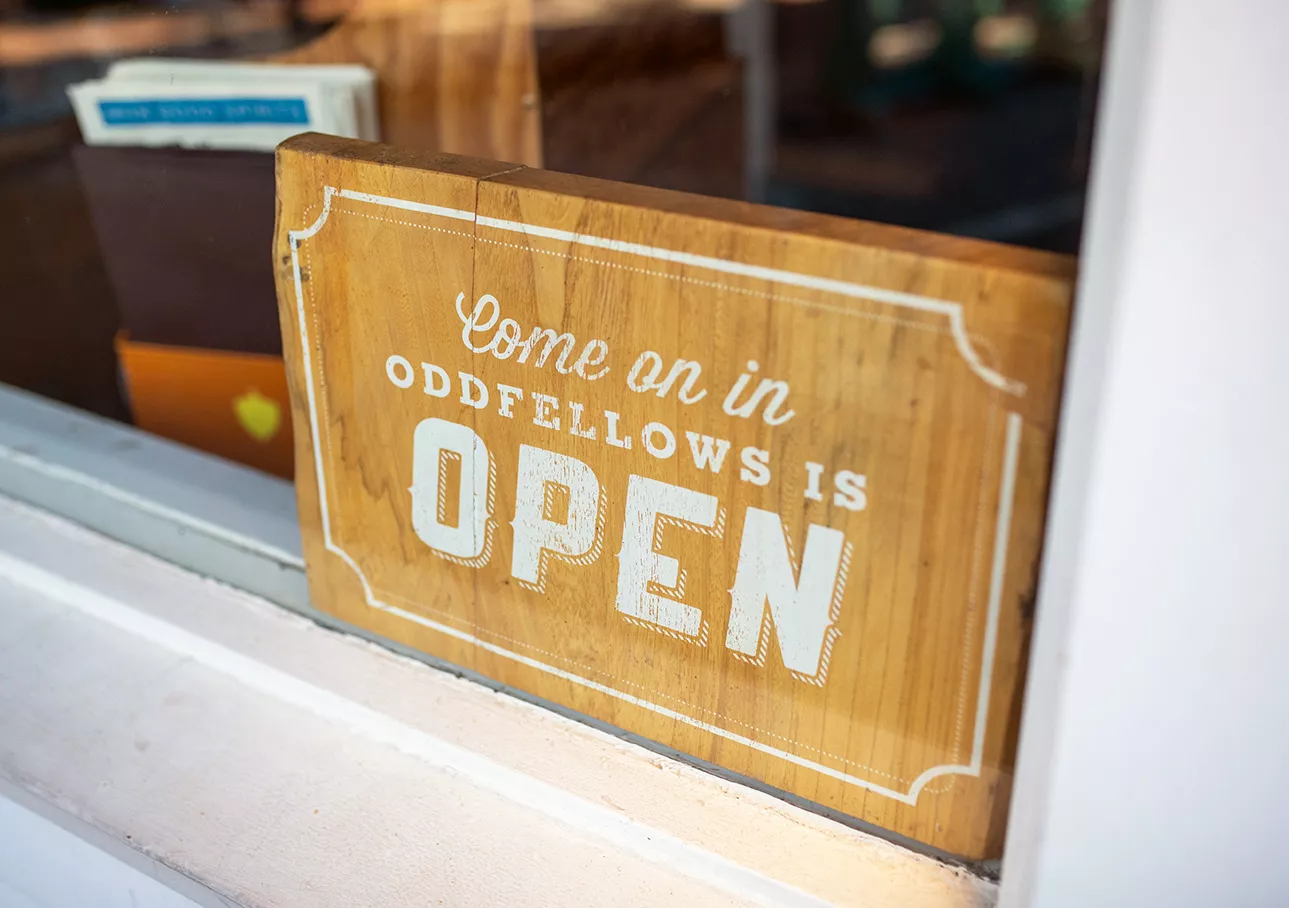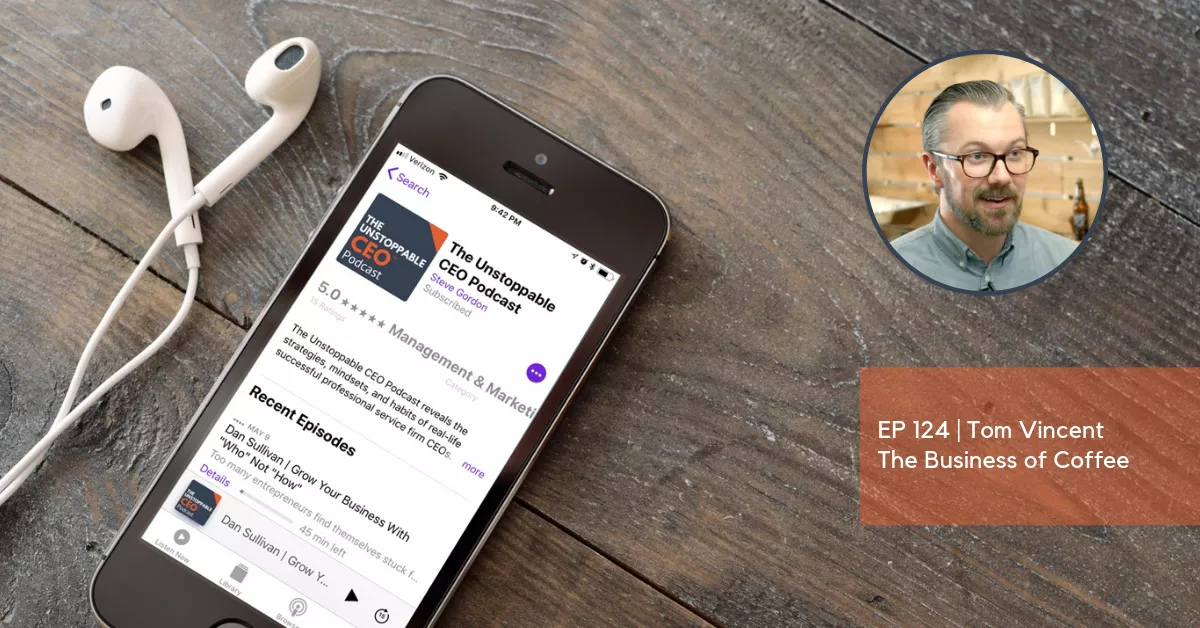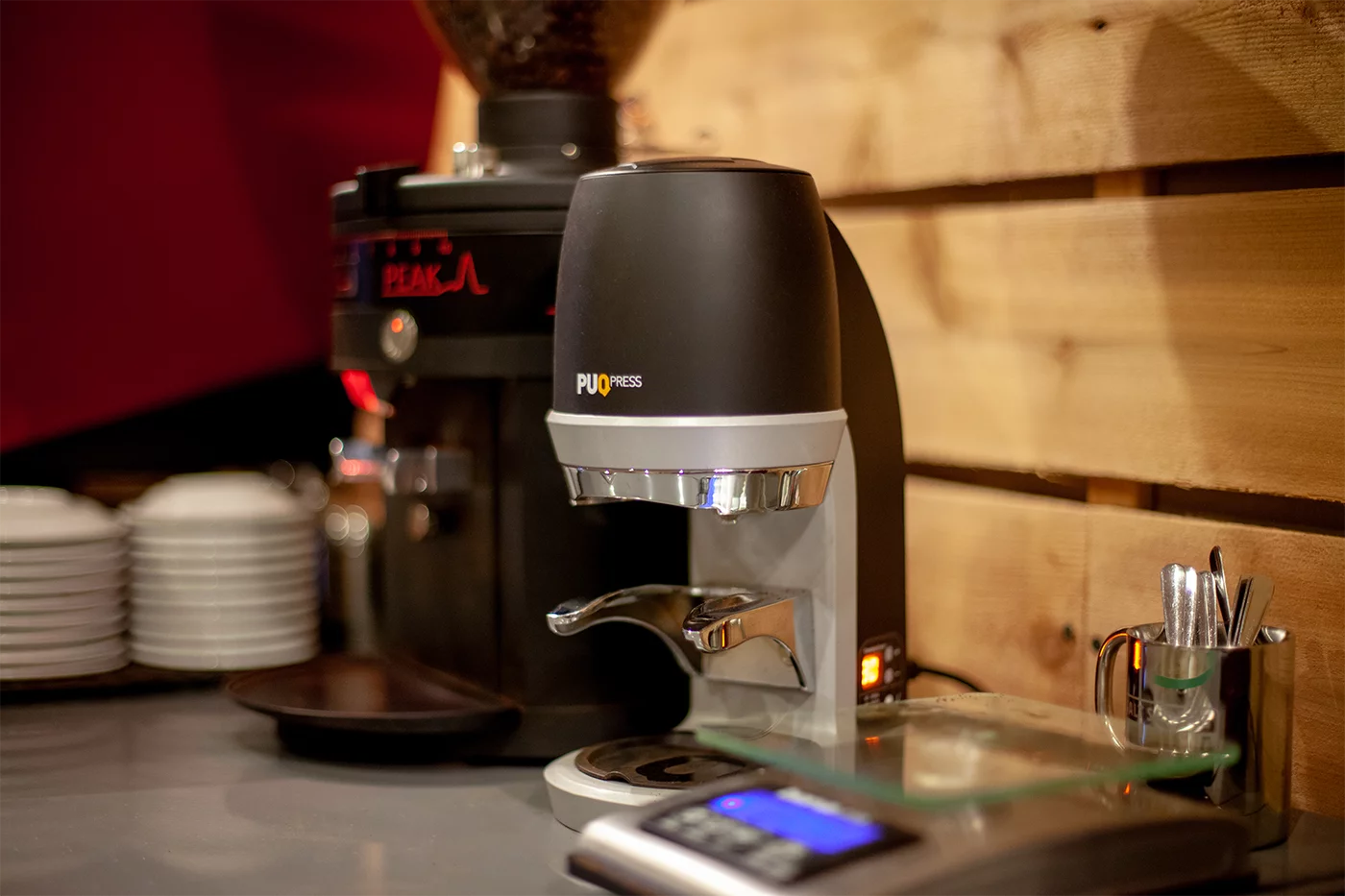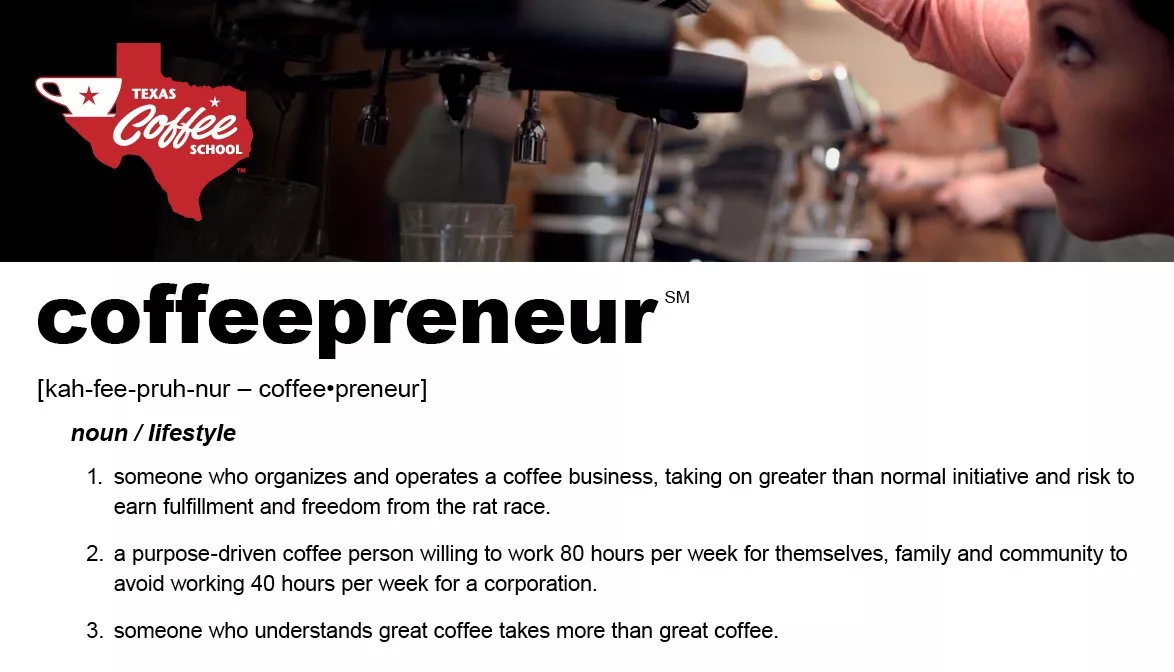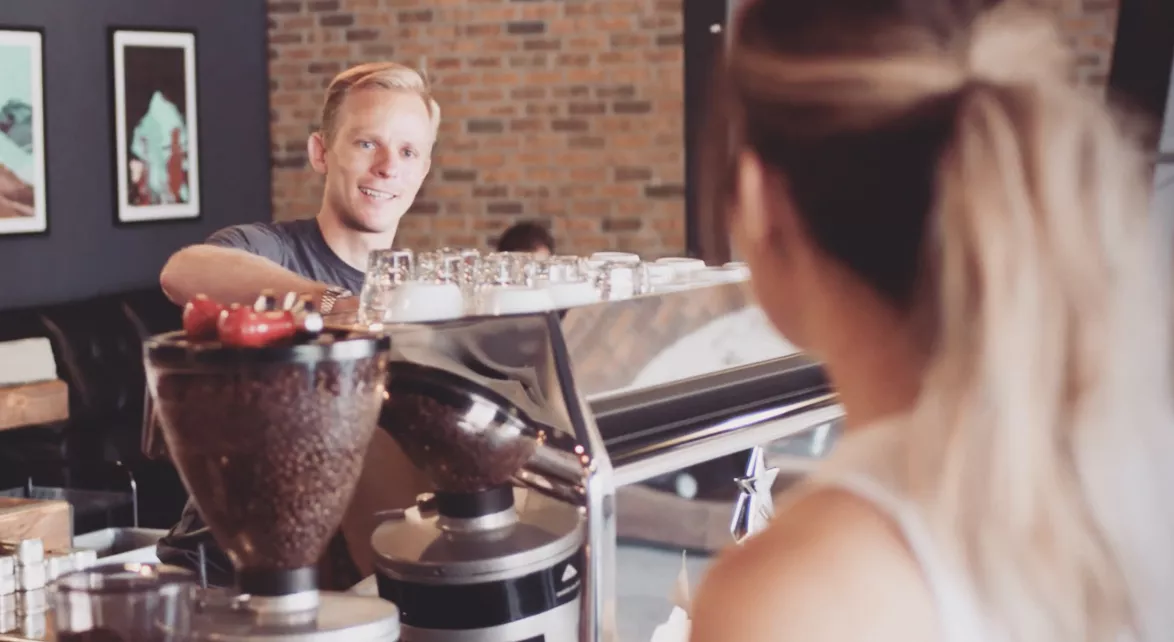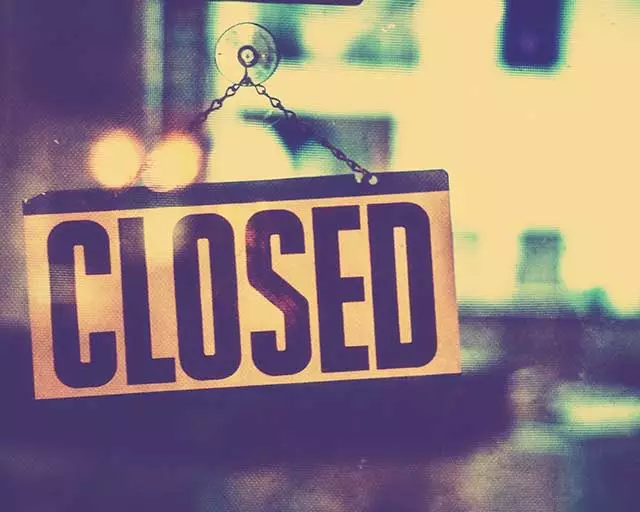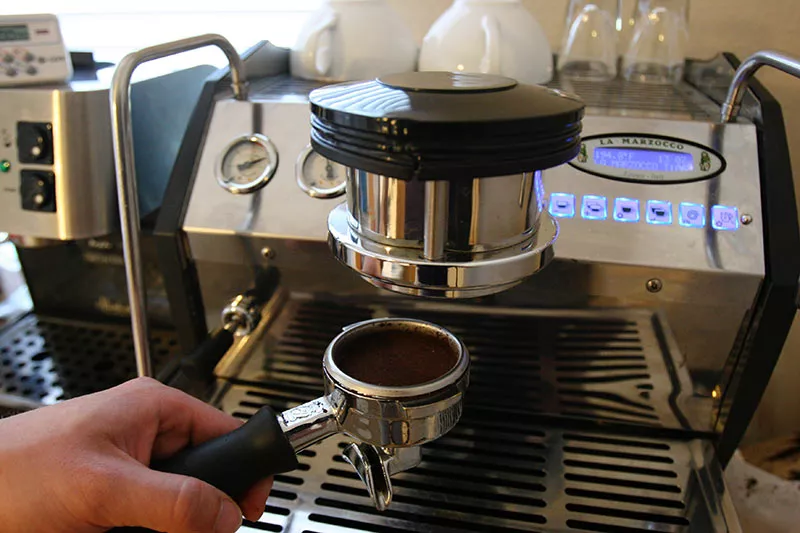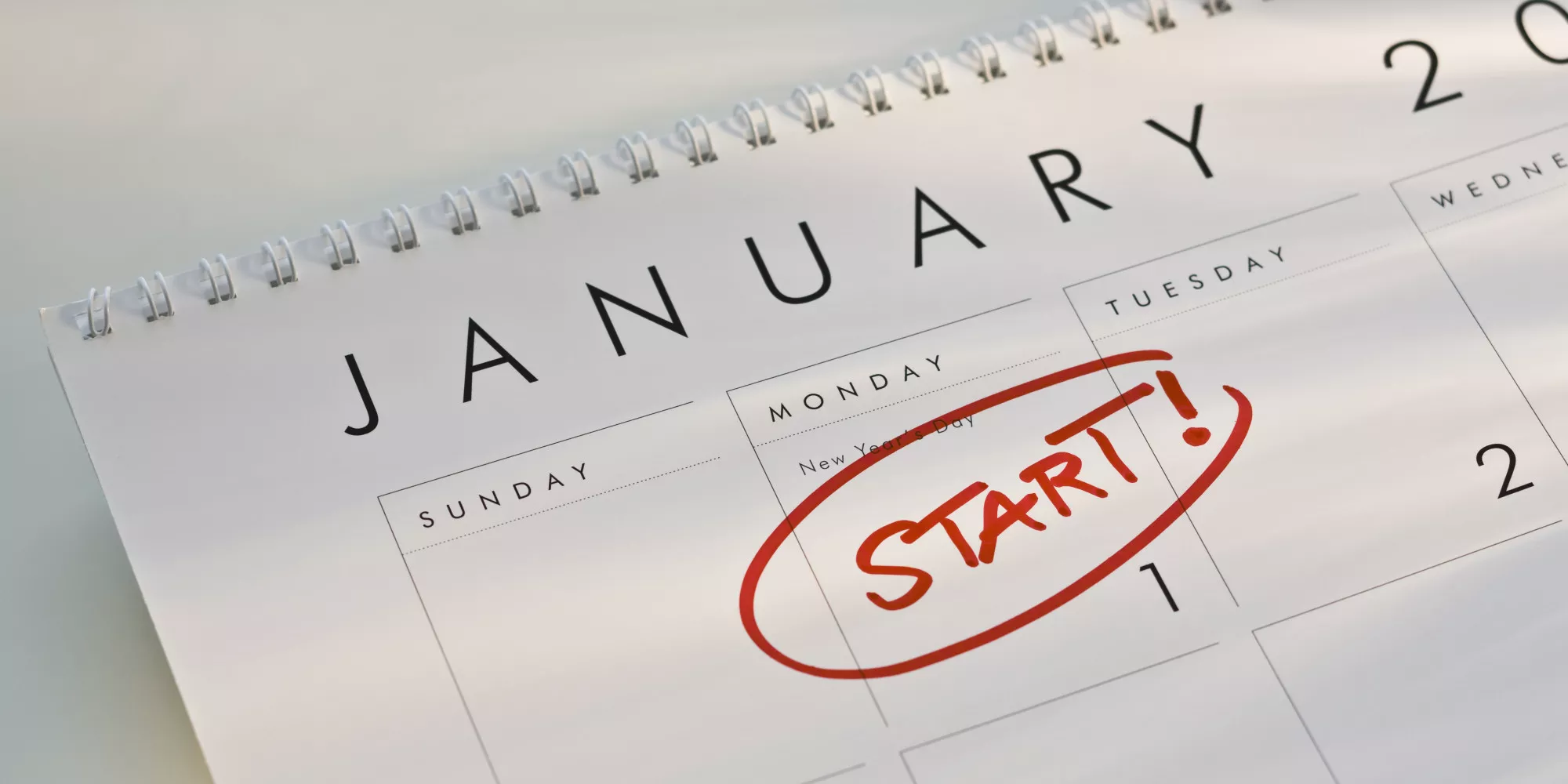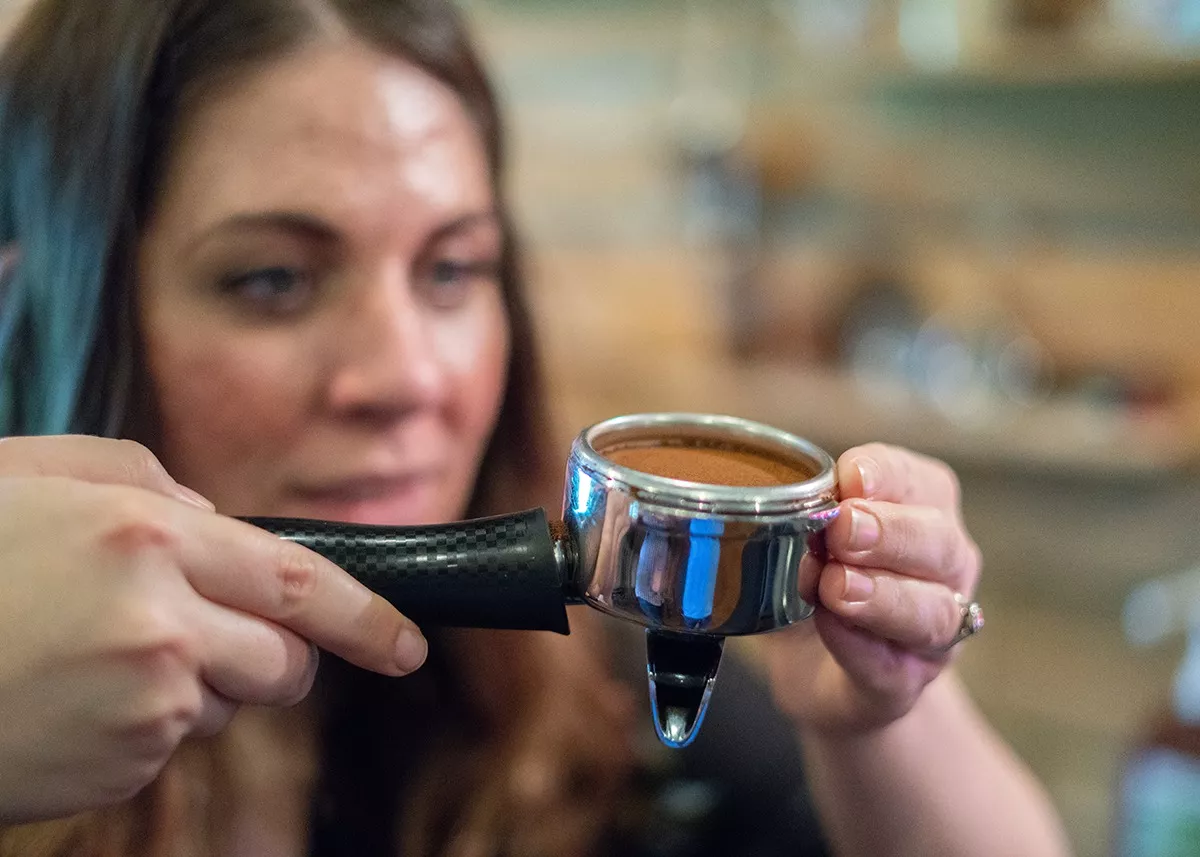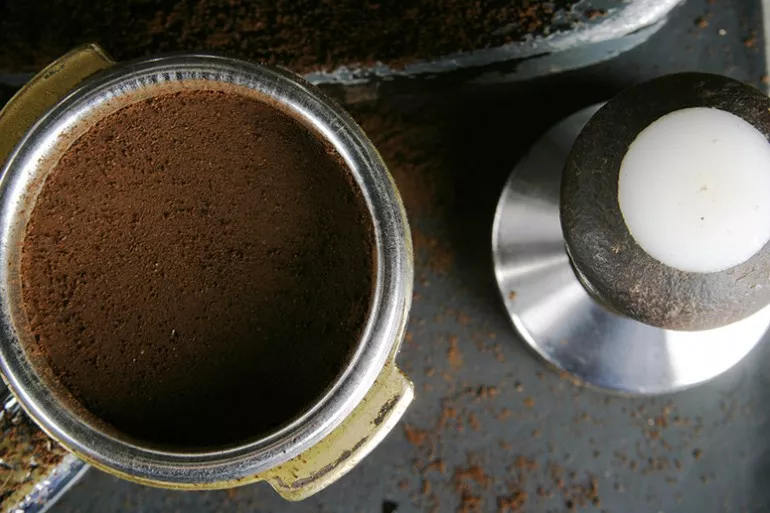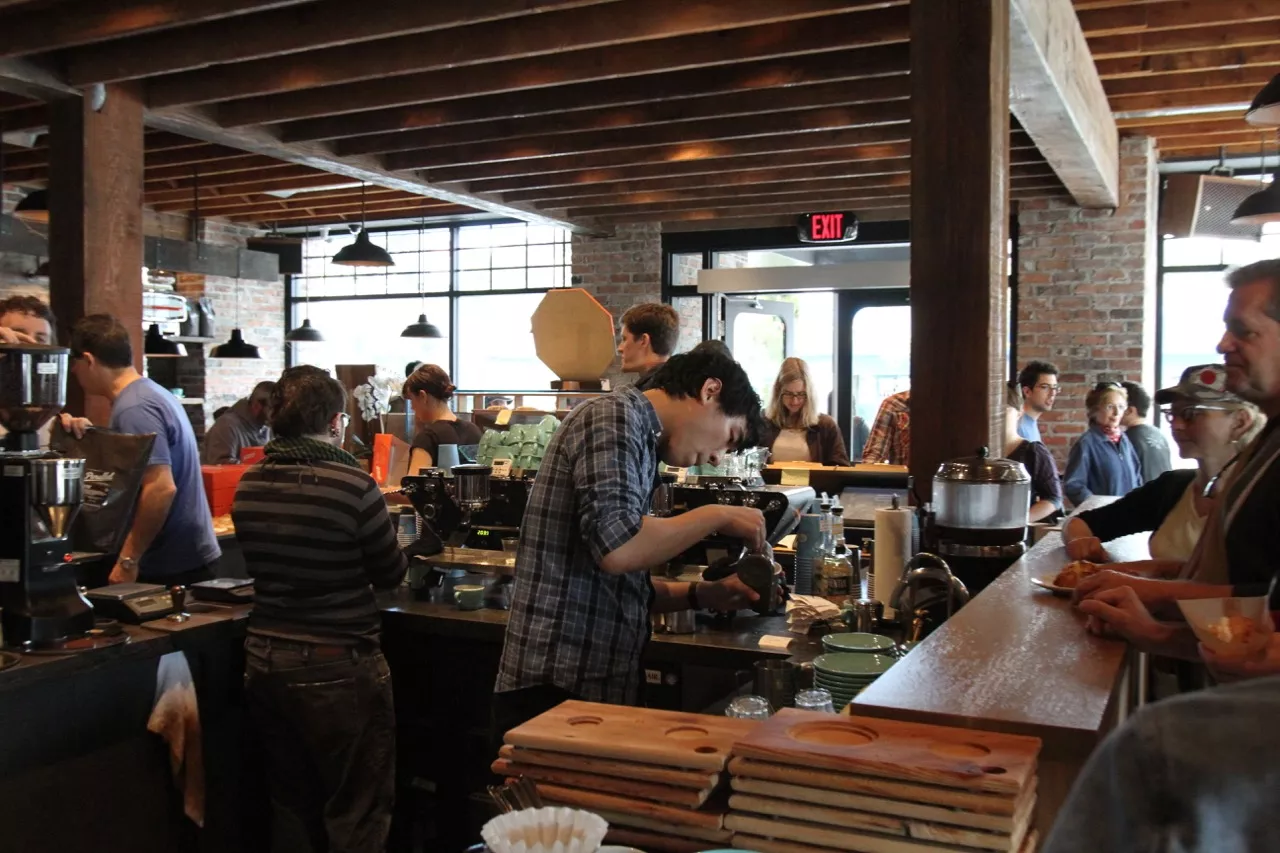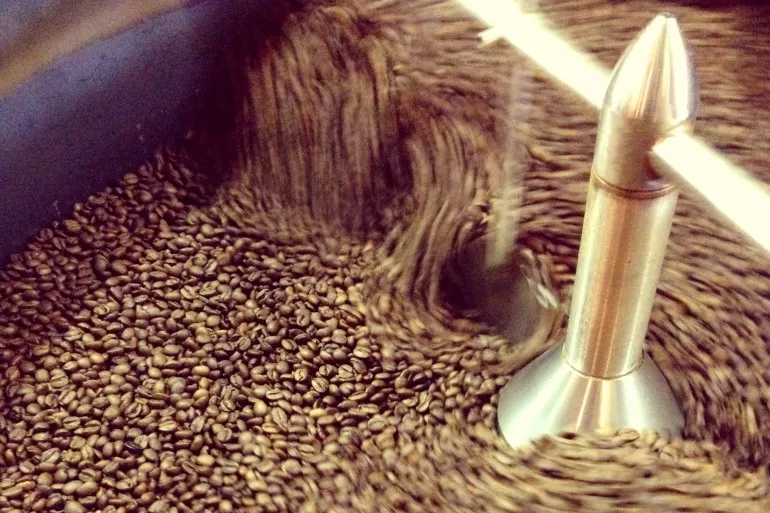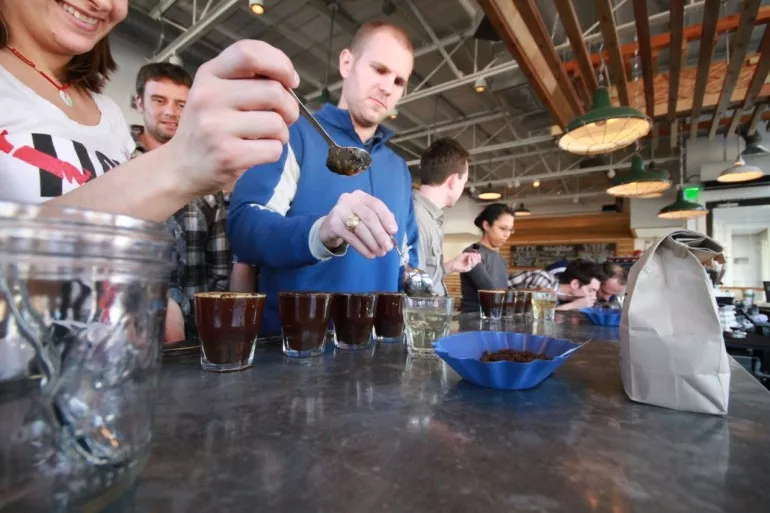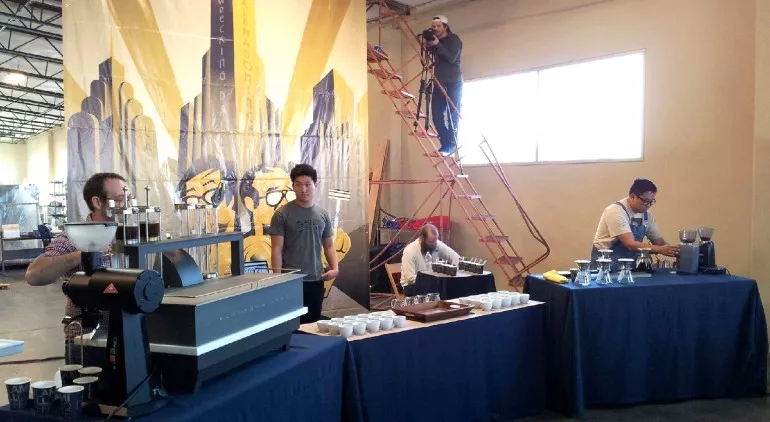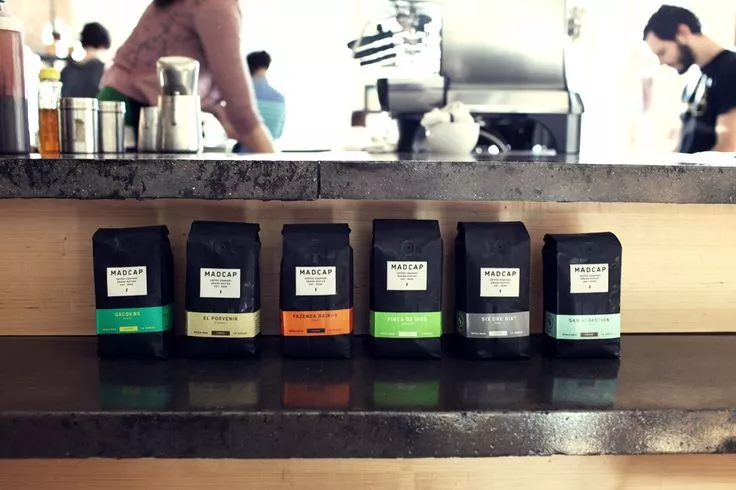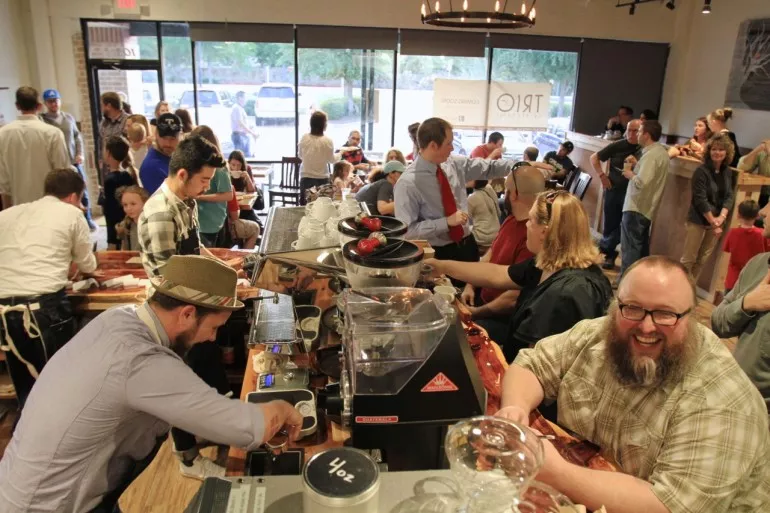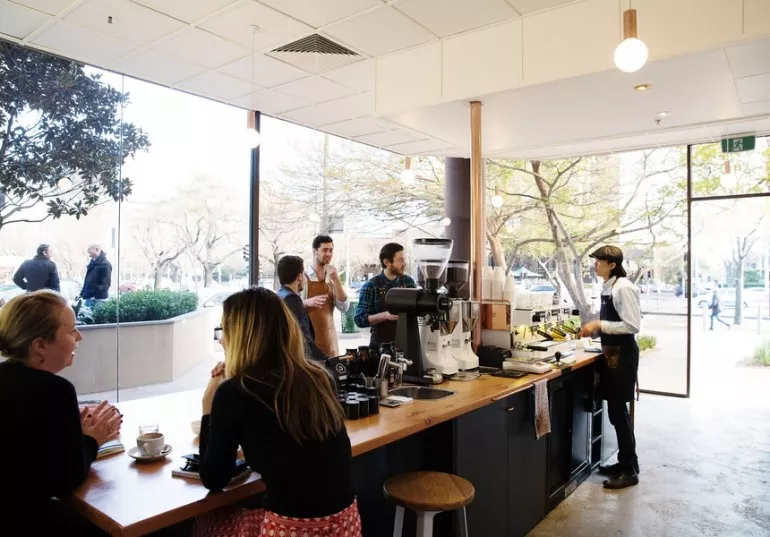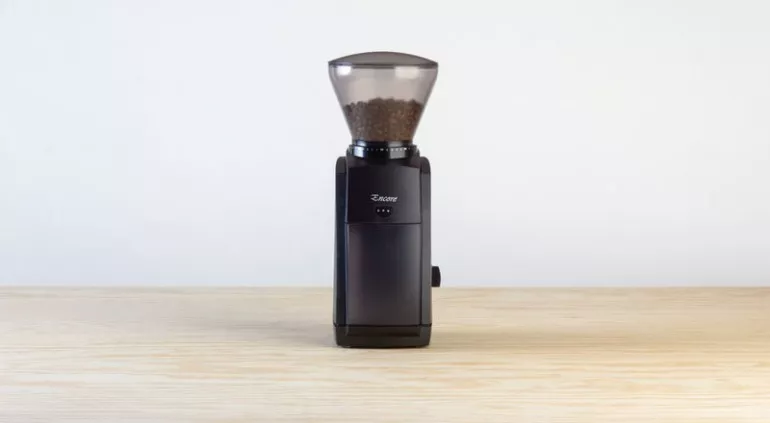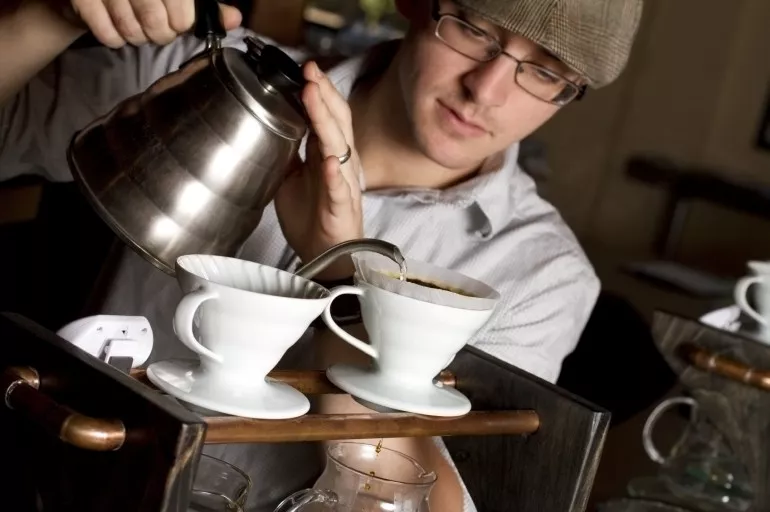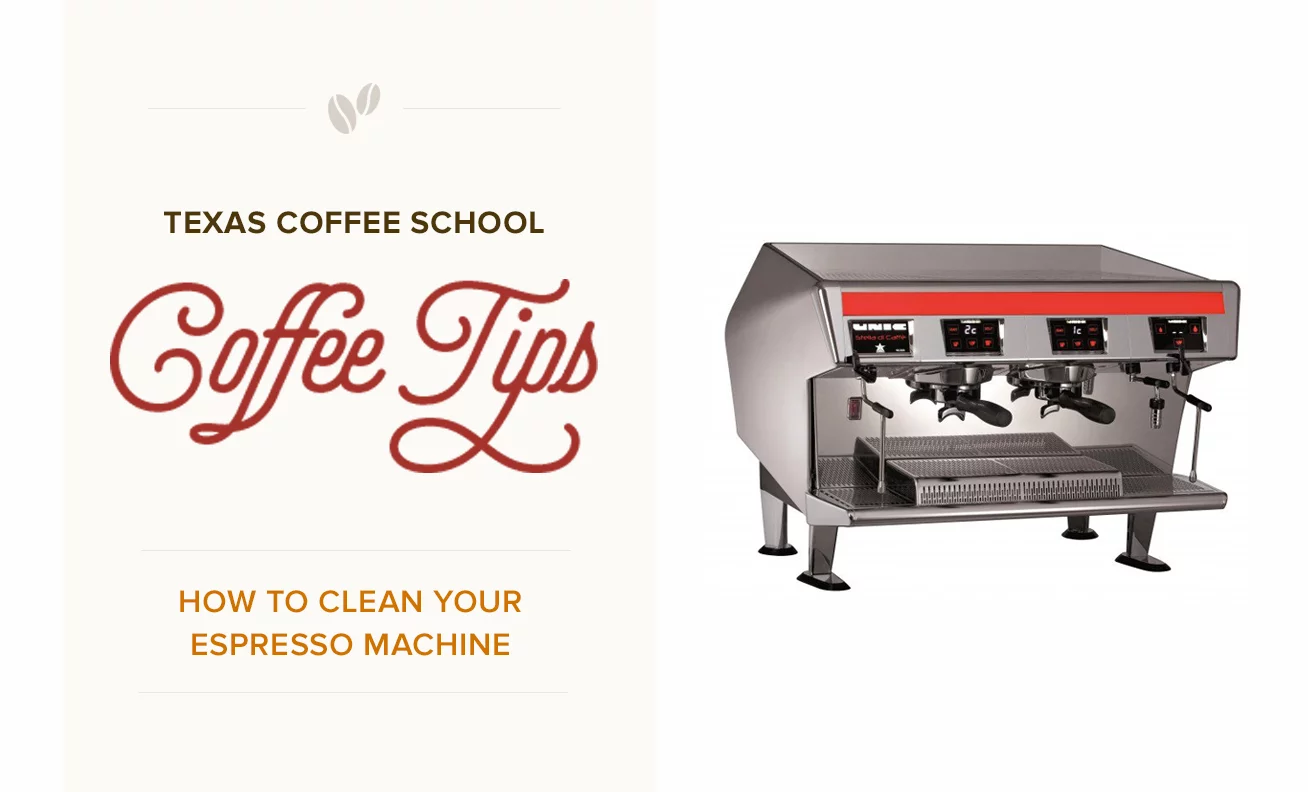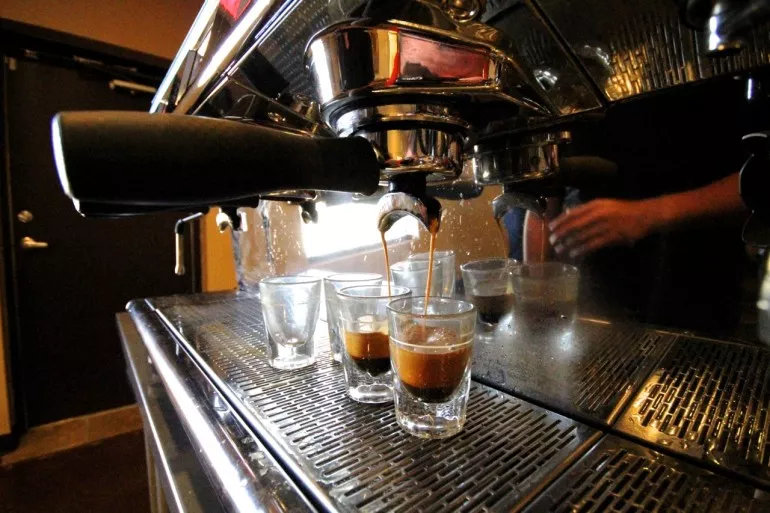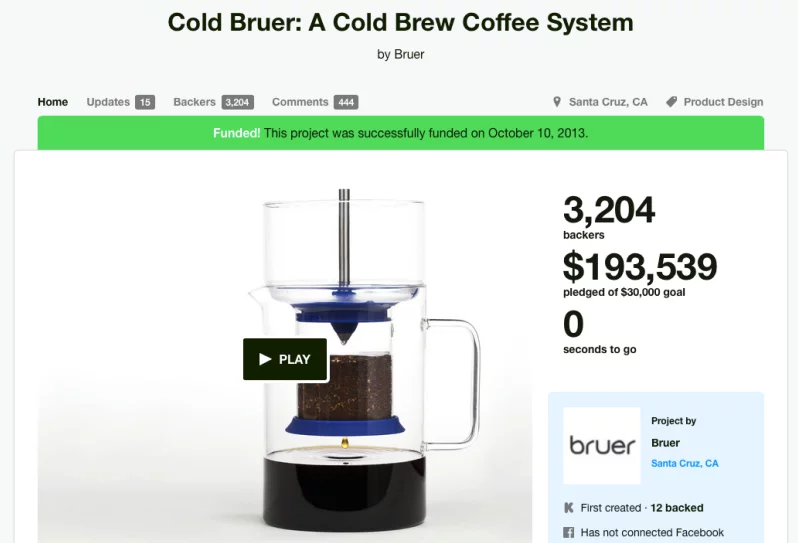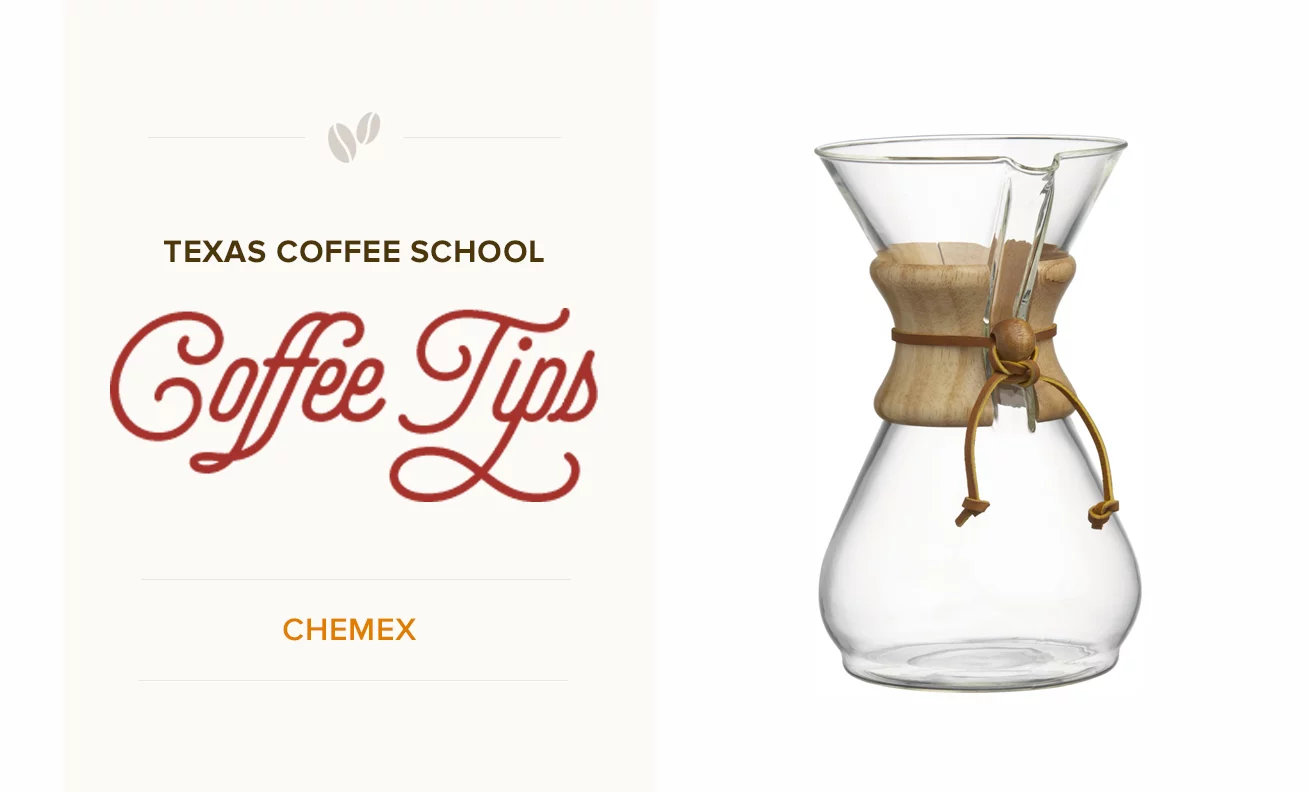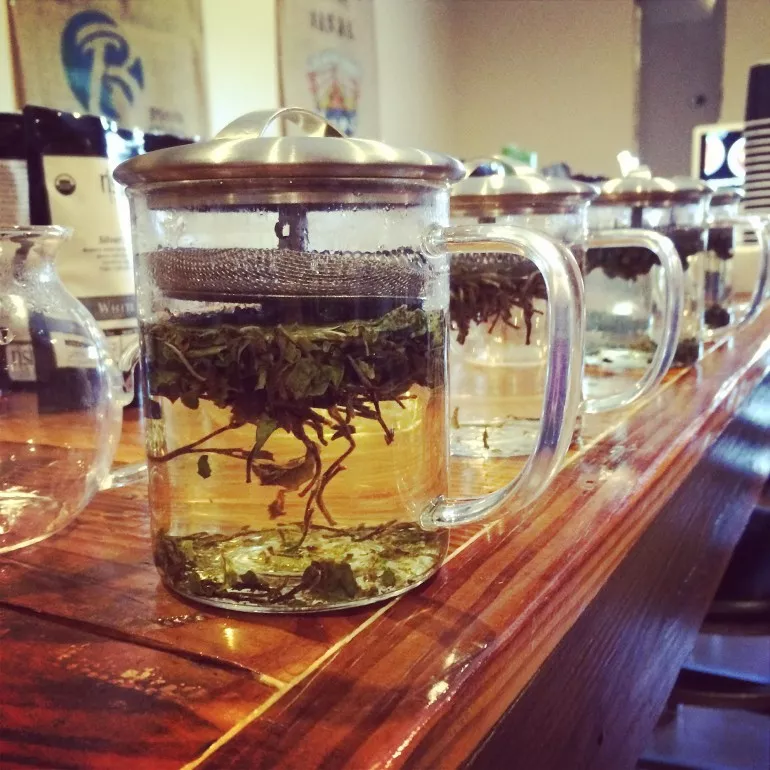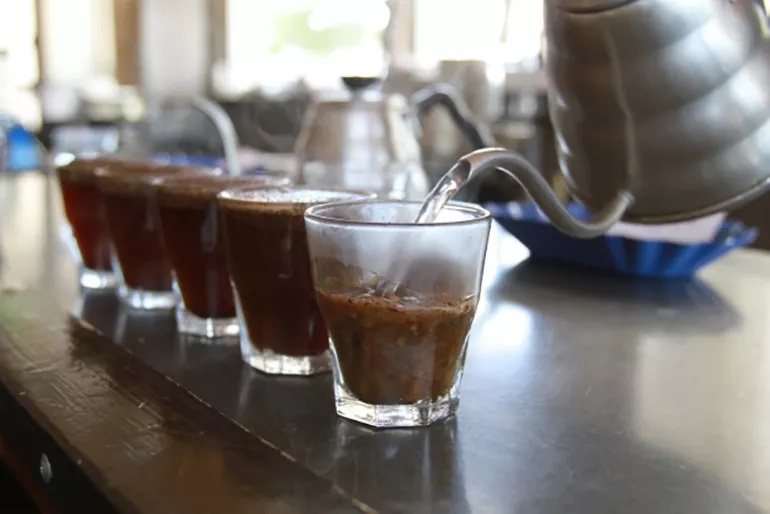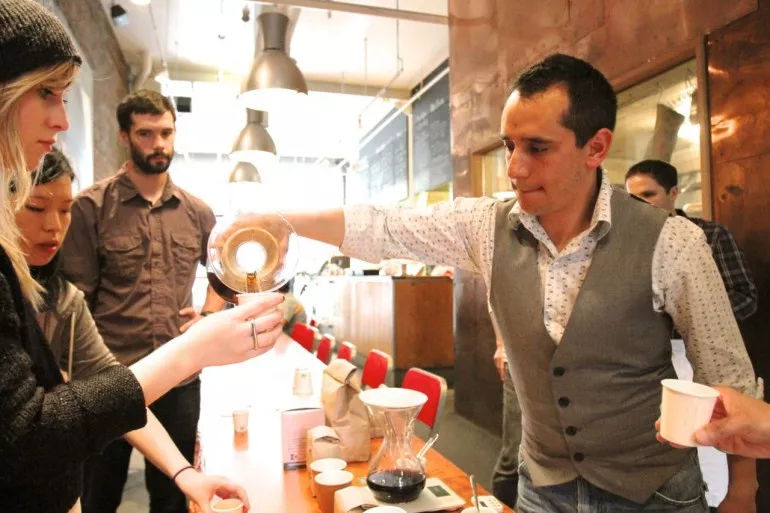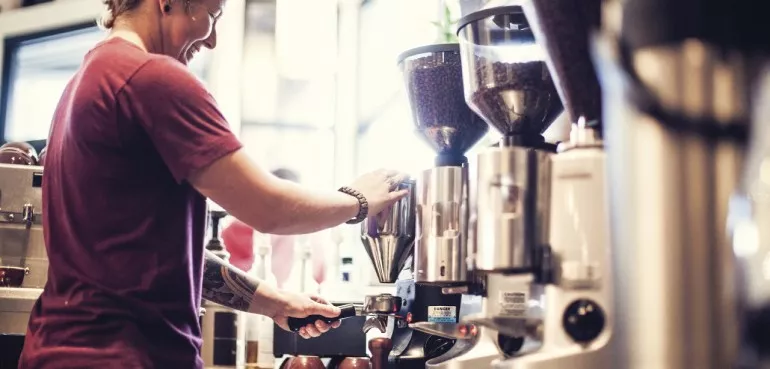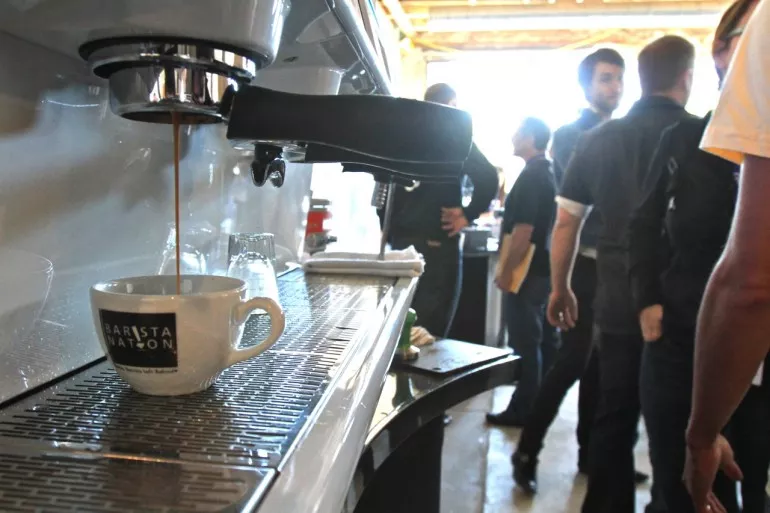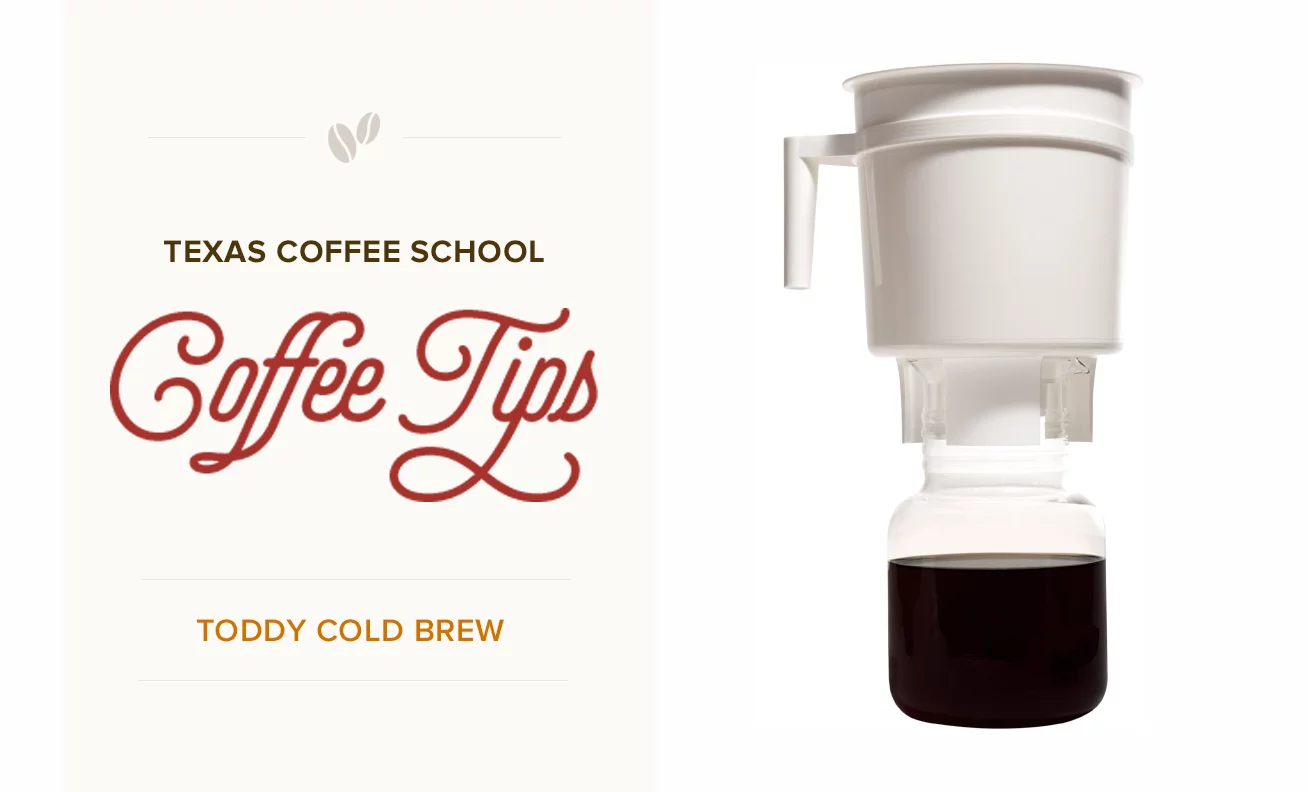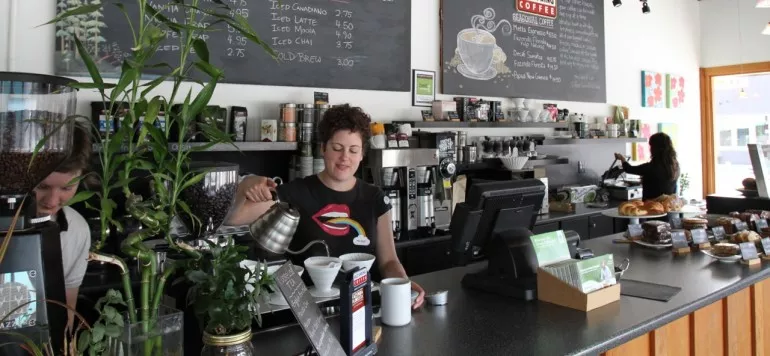
6 Coffee Shop KPIs to Start Tracking Today
Imagine you set out to run 10 miles but didn’t track your distance along the way. How would you know when you reached your goal? Your intuition, or how out of breath you are? Lacking tangible metrics–like distance, time, and speed–leads you to an easy miscalculation. But when finances and your business are at stake, a miscalculation could be fatal. That’s why you need to track coffee shop KPIs.
A key performance indicator, or KPI, is a way to measure success in a certain area of the business. Coffee shop KPIs keep business owners on track to meet their financial and production goals, leading to a more efficient business.
KPIs are also a great way to create a positive work culture at your coffee shop. You can even set KPIs for individual employees — it provides clarity on the employee’s productivity and offers a guidepost in their day-to-day work.
Learn about these six coffee shop KPIs that you can begin measuring at your coffee business today.
Waste
Surprisingly, most coffee shop businesses don’t measure waste regularly, if at all. But inventory waste can be like the hole in a leaky bucket. It allows dollars to leak out of your business without offering anything in return.
Enlist your employees to help with weekly inventory counts. A robust inventory capability as part of your point-of-sale (POS) system will make the process of tracking waste much easier to execute and monitor. As you begin tracking inventory over time, you might notice that certain products are spoiling, being overused or going missing. Identifying causes of waste will help you put a stop to it.

Average Ticket Time
The average time it takes to make a customer’s drink (and food, if you serve it) is crucial, because it’s time spent not serving other customers. You can begin tracking the times between when an order is placed to when it’s served. This is an indicator of workflow efficiency.
As you want to cultivate a non-transactional customer experience and serve menu items with top-tier quality, it’s possible to offer customers an efficient, pleasant experience. And quicker hand-off times mean more transactions, more likely to return guests, and more profit. If you have a drive-thru the gold standard ticket time is 40 seconds or less from the time the car pulls up to the window for the entire interaction, transaction, and hand-off to be complete.
Labor
Are you making the best use of your employees’ time? Are you scheduling efficient coverage when it is needed and trimming coverage when it is not as busy? You can keep track of labor by consistently checking hourly reports of your $ sales compared to how much you are spending on labor for that hour. A more specific metric to track is labor cost percentage. You can calculate it by dividing labor costs during a certain time period over the amount of revenue earned during the same period. The goal is to keep your labor coverage around 30% or less of the $ sales you are ringing up. Over time you will have sales trends by hour, day, week, etc., that will aid you in scheduling coverage more efficiently.
It’s essential to track your labor report in real time and ensure you have the right coverage for the current business volume. And you’ll want to communicate certain standards to your employees, like not clocking in early and always clocking in on time.

Cost of Goods Sold
Effectively managing Cost of Goods Sold (COGS) is key to a coffee shop’s profitability. To stay on top of this, track inventory closely every week, as COGS can fluctuate. A reliable POS system can help you monitor this data, allowing you to spot patterns and address potential issues early.
When pricing menu items, base prices on actual production costs, which include ingredients, shipping, waste, and theft–not simply what you believe customers will pay. This approach helps ensure that your pricing aligns with real costs rather than assumptions or competitor pricing.
Keeping waste and theft to a minimum is also crucial. This includes tracking losses from spoilage, excessive ingredient use, or unaccounted-for items, such as drinks given away for free. Lowering these losses directly supports profitability.
Understanding and controlling COGS is an essential skill for any coffee shop owner. Our 3-Day Coffee Business Master Class and Coffee Shop Management Training dive deeper into practical strategies for managing COGS and setting effective menu pricing, equipping you with detailed, actionable steps to maximize profitability in every cup.
Menu Performance
Beyond overall sales, it’s crucial to track the popularity of specific menu items to determine what’s working and what isn’t. For example, if you’re consistently selling 20 salted caramel lattes a day but only one Galaxy Pearl Potion boba tea, consider whether the latter justifies the cost of ingredients, training, or equipment. Seasonal shifts can also impact sales, so review the data regularly to decide if certain items should be offered only during peak seasons rather than year-round.
When considering menu changes, avoid making emotional decisions about your menu. Allow items to run for at least five months, then analyze your sales reports. If certain items underperform, don’t assume the reason–test it. Conduct focus groups with 30+ real customers across several days, offering samples if needed. Use the “80% rule”: only make changes if at least 80% of your test group specifically prefers the proposed adjustment (i.e. making the vanilla latte sweeter). This data-driven approach, used by top restaurants, helps ensure your menu reflects customer preferences effectively.
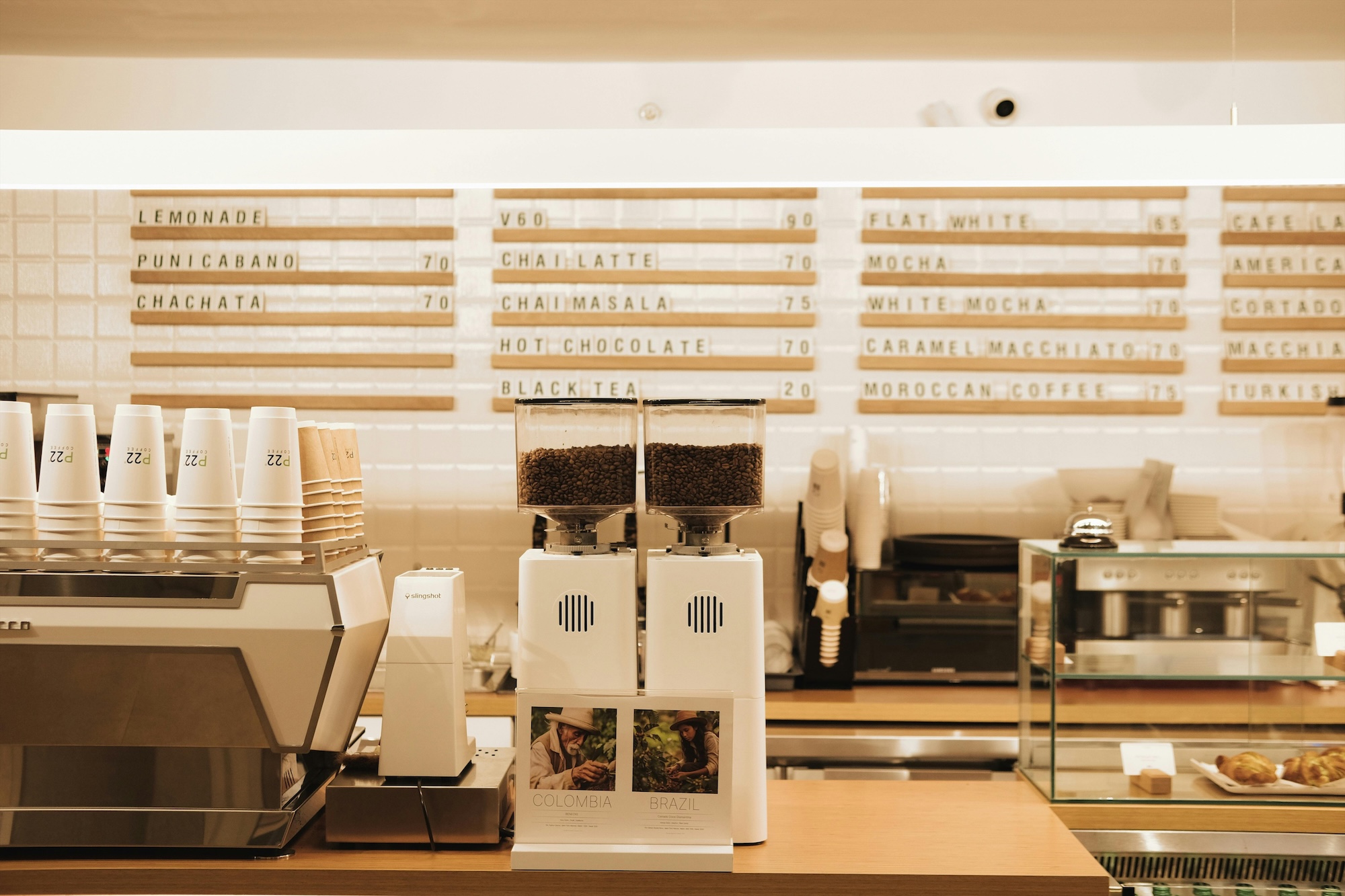
Coffee Shop Profitability
Tracking your coffee shop’s revenue and profit is the most essential KPI. A quality POS system, used to its full capability, can make this process much easier. Regularly reviewing daily, weekly, and monthly sales gives you a clear picture of your shop’s performance, taking into account daily and seasonal changes.
To assess profitability, it’s crucial to compare sales against expenses. Best-in-class coffee shops aim for a monthly net profit of 20% after all operating costs are accounted for. (This can be a lofty goal for most coffee businesses.) A consistent 15% month-over-month net profit is still considered good, though there is usually still room to improve. If net profit regularly falls below 10%, this can put serious strain on the business–and the business owner.
Many coffee shop owners think increasing sales is the only way to boost profits. While more sales certainly help, if you are profusely leaking profit due to poor or non-existent systems and processes, major gains can often come from just keeping more of what you have already earned. Tracking key metrics closely and often is the first step to making a significant difference.
We’ve helped many coffee businesses (especially those who didn’t initially attend one of our coffee business classes) uncover an extra 3% to 7% by teaching them how to refine their systems and processes. We teach specific methods that go beyond the basics, and we make it simple to understand and apply. This isn’t just theory; it’s actionable guidance to drive real results. (Have an existing coffee business? We can help you with this, too!)
Create a Plan for Tracking Coffee Shop KPIs at Texas Coffee School
If you’re preparing to open a coffee shop, there’s no need to reinvent the wheel. Our Texas Coffee School instructors have harnessed their decades of experience in the coffee industry to bring you a best-in-class coffee shop education. We’ll teach you how to create a business plan, invest in equipment, and track your success over time. When it comes to coffee entrepreneurship, we leave no stone unturned.
Register for our 3-Day Coffee Business Master Class today!
Frequently Asked Questions
What are the most important KPIs for coffee shops?
A key performance indicator, or KPI, is a way to measure success in a certain area of the business. Coffee shop KPIs keep business owners on track to meet their financial and production goals, leading to a more efficient business. The six essential KPIs include waste, average ticket time, labor, cost of goods sold, menu performance, and coffee shop profitability tracking.
What is a good profit margin for coffee shops?
Best-in-class coffee shops aim for a monthly net profit of 20% after all operating costs are accounted for. A consistent 15% month-over-month net profit is still considered good, though there is usually still room to improve. If net profit regularly falls below 10%, this can put serious strain on the business and the business owner.
What should labor cost percentage be for coffee shops?
The goal is to keep your labor coverage around 30% or less of the sales you are ringing up. You can calculate labor cost percentage by dividing labor costs during a certain time period over the amount of revenue earned during the same period. It’s essential to track your labor report in real time and ensure you have the right coverage for the current business volume.
How do you track coffee shop performance effectively?
Regularly reviewing daily, weekly, and monthly sales gives you a clear picture of your shop’s performance. Running consistent reports for sales, labor, drive-thru window time, profit and loss, deposits and cash drawer, trends/items, and inventory management are essential. A quality POS system, used to its full capability, can make this process much easier.
How do you manage cost of goods sold for coffee shops?
Effectively managing Cost of Goods Sold (COGS) is key to a coffee shop’s profitability. Track inventory closely every week, as COGS can fluctuate. When pricing menu items, base prices on actual production costs, which include ingredients, shipping, waste, and theft, not simply what you believe customers will pay. Understanding and controlling COGS is an essential skill for any coffee shop owner.
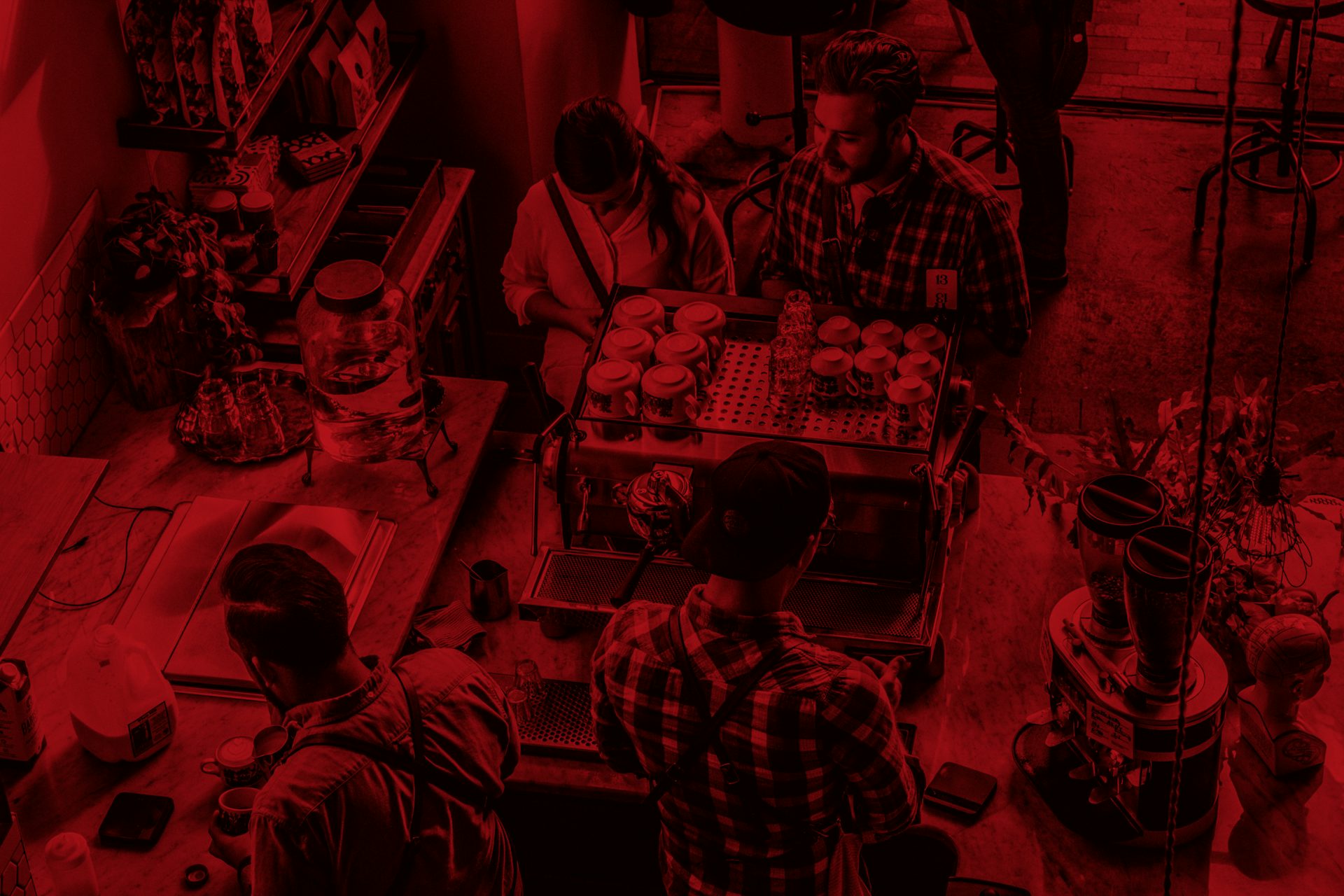
Register for a Coffee Class
The Best Coffee Training Available
We’ve helped hundreds of students successfully launch their own coffee shop businesses. Join us in our 5-Star Rated Coffee Classes, whether you’re an aspiring entrepreneur looking to open a coffee shop, a manager, a barista or home enthusiast looking to sharpen your skills.
